Our New "Green Dream"
 Since our inception in 1967, ecology and sustainability have been at the heart of Villa di Maria (VdM). From the start, VdM had a “green dream” to establish the first “green” school in the St. Louis area, inspiring and supporting other schools to do the same. In our recent redesign of the campus, adding buildings for our Elementary and Children's House classrooms, we have sought to reduce our energy footprint and preserve the natural landscape. Recognizing our efforts, Ameren awarded VdM $5,000 for our our Elementary building which aligned with many LEED (Leadership in Energy and Environmental Design) benchmarks.
Since our inception in 1967, ecology and sustainability have been at the heart of Villa di Maria (VdM). From the start, VdM had a “green dream” to establish the first “green” school in the St. Louis area, inspiring and supporting other schools to do the same. In our recent redesign of the campus, adding buildings for our Elementary and Children's House classrooms, we have sought to reduce our energy footprint and preserve the natural landscape. Recognizing our efforts, Ameren awarded VdM $5,000 for our our Elementary building which aligned with many LEED (Leadership in Energy and Environmental Design) benchmarks. VdM’s expansive six-acre outdoor campus offers many opportunities for children to engage in and appreciate the beauty of the natural world. Children collect and study leaves for a botany lesson, plant seedlings in the garden, participate in nature walks, create forts in the woods, and care for our chickens. VdM has naturally and organically engaged in many sustainable practices such as composting, recycling, and water conservation through rain barrel use.
VdM’s expansive six-acre outdoor campus offers many opportunities for children to engage in and appreciate the beauty of the natural world. Children collect and study leaves for a botany lesson, plant seedlings in the garden, participate in nature walks, create forts in the woods, and care for our chickens. VdM has naturally and organically engaged in many sustainable practices such as composting, recycling, and water conservation through rain barrel use.

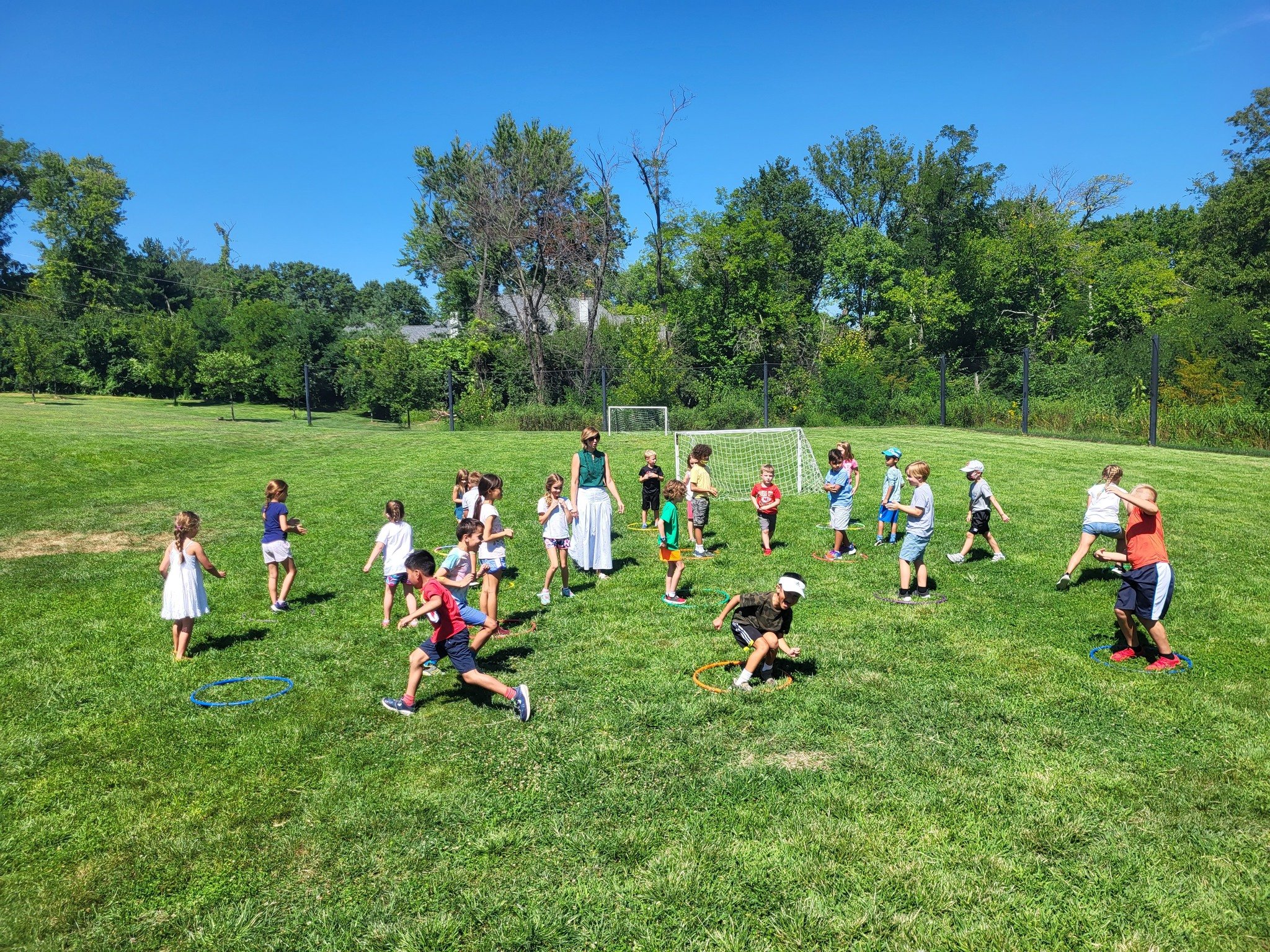 Not only does our physical campus reflect our environmental concern, but our Montessori philosophy and pedagogy also reinforces our efforts. The knowledge that we are interconnected beings in a larger ecosystem of the classroom, society, and the world (including the natural world) is built into the culture and lessons of the Montessori classroom. Montessori philosophy deeply values the natural world and offers that perspective to the child through engaging lessons in botany, zoology, and ecology. A Montessori environment contains many plants and animals to observe, care for and from which to learn. Currently, our classrooms contain a variety of pets including a bearded dragon, hamsters, guinea pigs, a hedgehog and fish, to name a few. Children participate in the research of and care for these animals, preparing a suitable habitat and ensuring their nutritional needs are met. The children also tend to a myriad of types of plants within the prepared environment. Through these daily interactions, children learn the various needs of living things around them and recognize their place in a vast network of interconnected living and non-living elements.
Not only does our physical campus reflect our environmental concern, but our Montessori philosophy and pedagogy also reinforces our efforts. The knowledge that we are interconnected beings in a larger ecosystem of the classroom, society, and the world (including the natural world) is built into the culture and lessons of the Montessori classroom. Montessori philosophy deeply values the natural world and offers that perspective to the child through engaging lessons in botany, zoology, and ecology. A Montessori environment contains many plants and animals to observe, care for and from which to learn. Currently, our classrooms contain a variety of pets including a bearded dragon, hamsters, guinea pigs, a hedgehog and fish, to name a few. Children participate in the research of and care for these animals, preparing a suitable habitat and ensuring their nutritional needs are met. The children also tend to a myriad of types of plants within the prepared environment. Through these daily interactions, children learn the various needs of living things around them and recognize their place in a vast network of interconnected living and non-living elements.
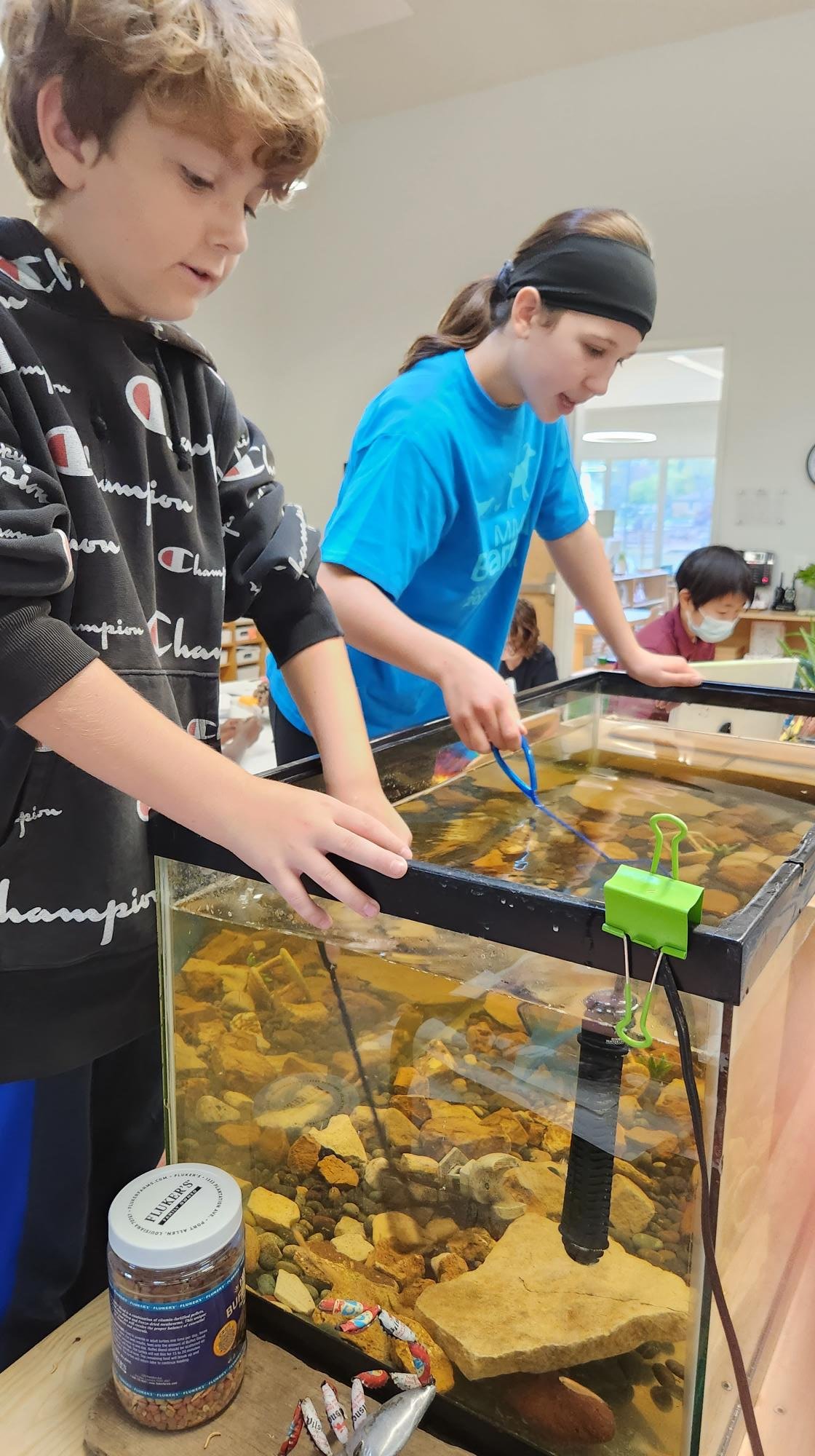 In addition to the Montessori lessons and physical environment of the classroom, the Montessori approach naturally fosters responsible and thoughtful behavior in the children toward the world around them. On-going “Grace and Courtesy” lessons demonstrate to the children how to engage appropriately with their peers in their community and care for the entirety of the prepared environment (read more about “Grace and Courtesy” in this blog post!). The classroom guides model these behaviors and social interactions, and through their observations and experiences, the children begin to develop a deep awareness of their integral role within their classroom community. To understand our impact on the larger world ecosystem, we must first appreciate our role in the smaller communities of which we’re a part, including the family and the classroom. Starting this work at an early age inspires Villa children to think and dream big with respect to their impact on their local communities and the world.
In addition to the Montessori lessons and physical environment of the classroom, the Montessori approach naturally fosters responsible and thoughtful behavior in the children toward the world around them. On-going “Grace and Courtesy” lessons demonstrate to the children how to engage appropriately with their peers in their community and care for the entirety of the prepared environment (read more about “Grace and Courtesy” in this blog post!). The classroom guides model these behaviors and social interactions, and through their observations and experiences, the children begin to develop a deep awareness of their integral role within their classroom community. To understand our impact on the larger world ecosystem, we must first appreciate our role in the smaller communities of which we’re a part, including the family and the classroom. Starting this work at an early age inspires Villa children to think and dream big with respect to their impact on their local communities and the world.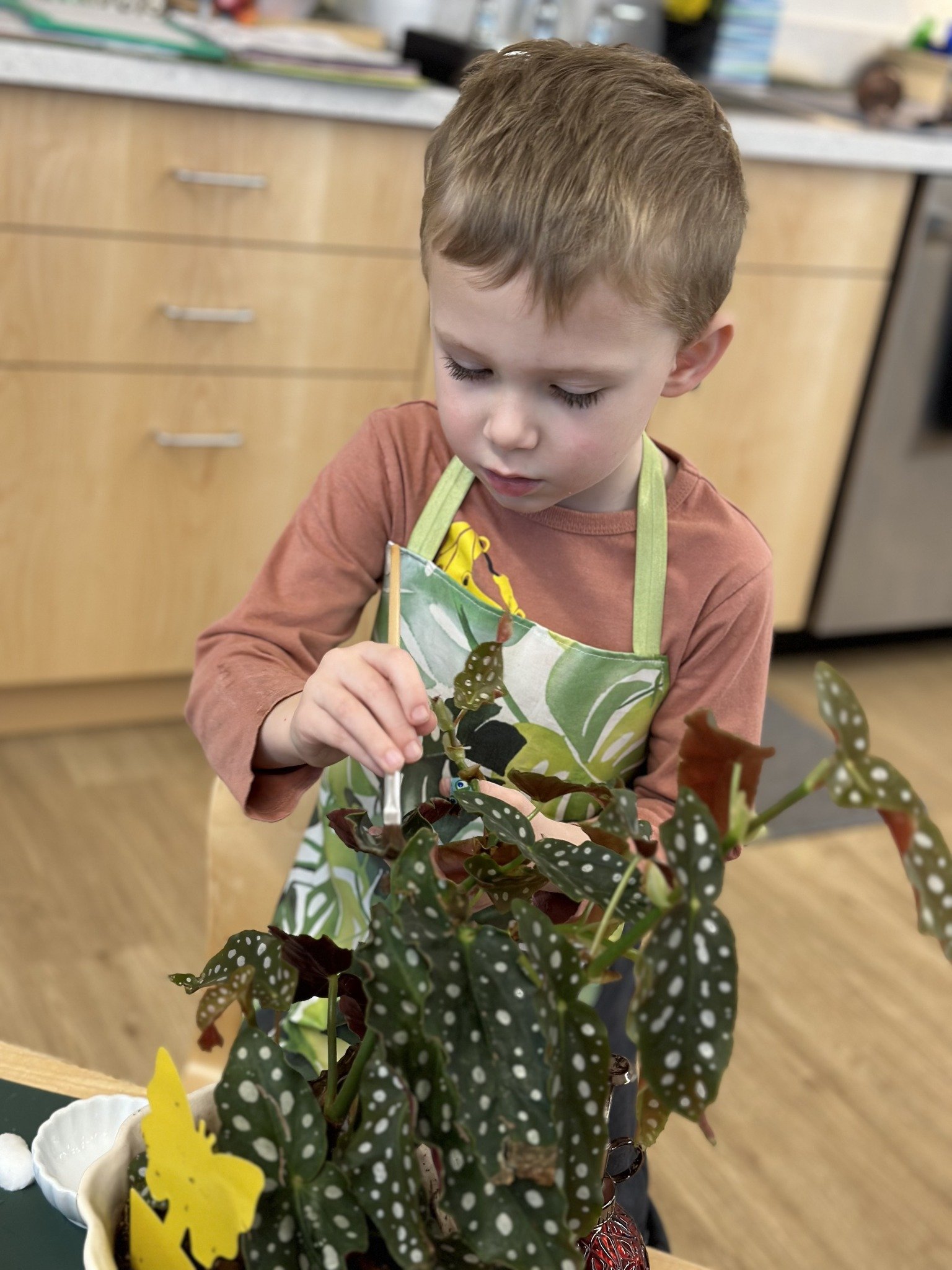
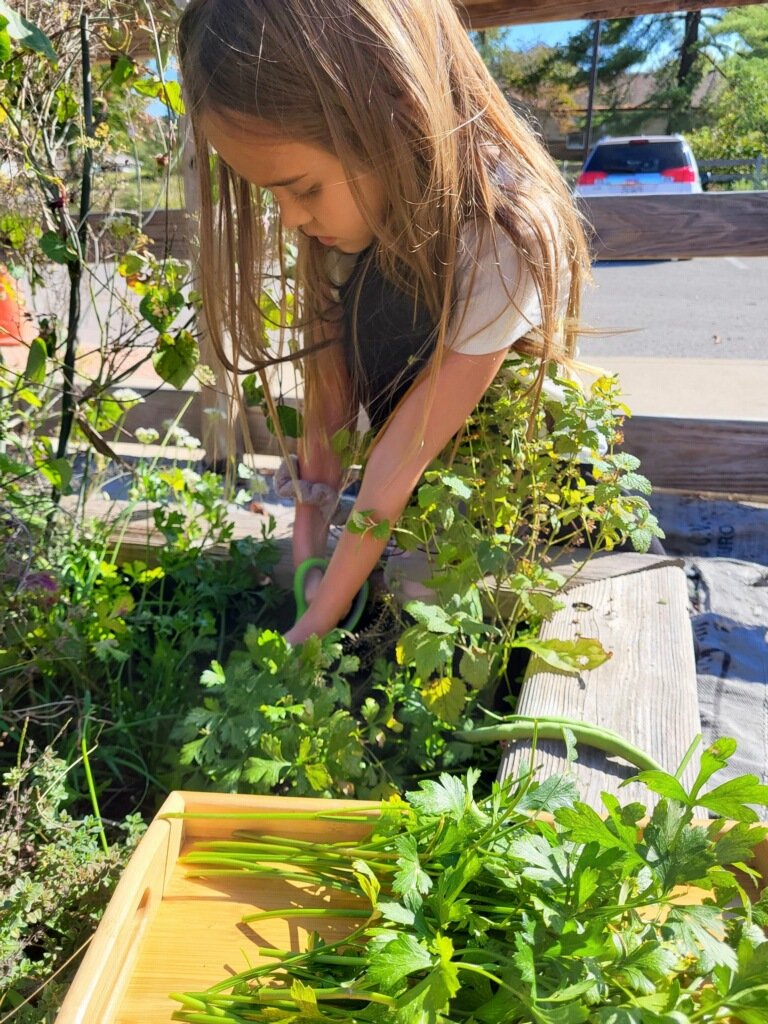 In part due to the inspiration of our elementary children who have grown up learning such Montessori principles and practices, we challenged ourselves to take even more practical steps in our care for the earth, formalizing our commitment into strategic goals. Missouri Green Schools and Green Schools Quest provided us that framework and recognition to guide us further in our pursuit of ecological justice.
In part due to the inspiration of our elementary children who have grown up learning such Montessori principles and practices, we challenged ourselves to take even more practical steps in our care for the earth, formalizing our commitment into strategic goals. Missouri Green Schools and Green Schools Quest provided us that framework and recognition to guide us further in our pursuit of ecological justice.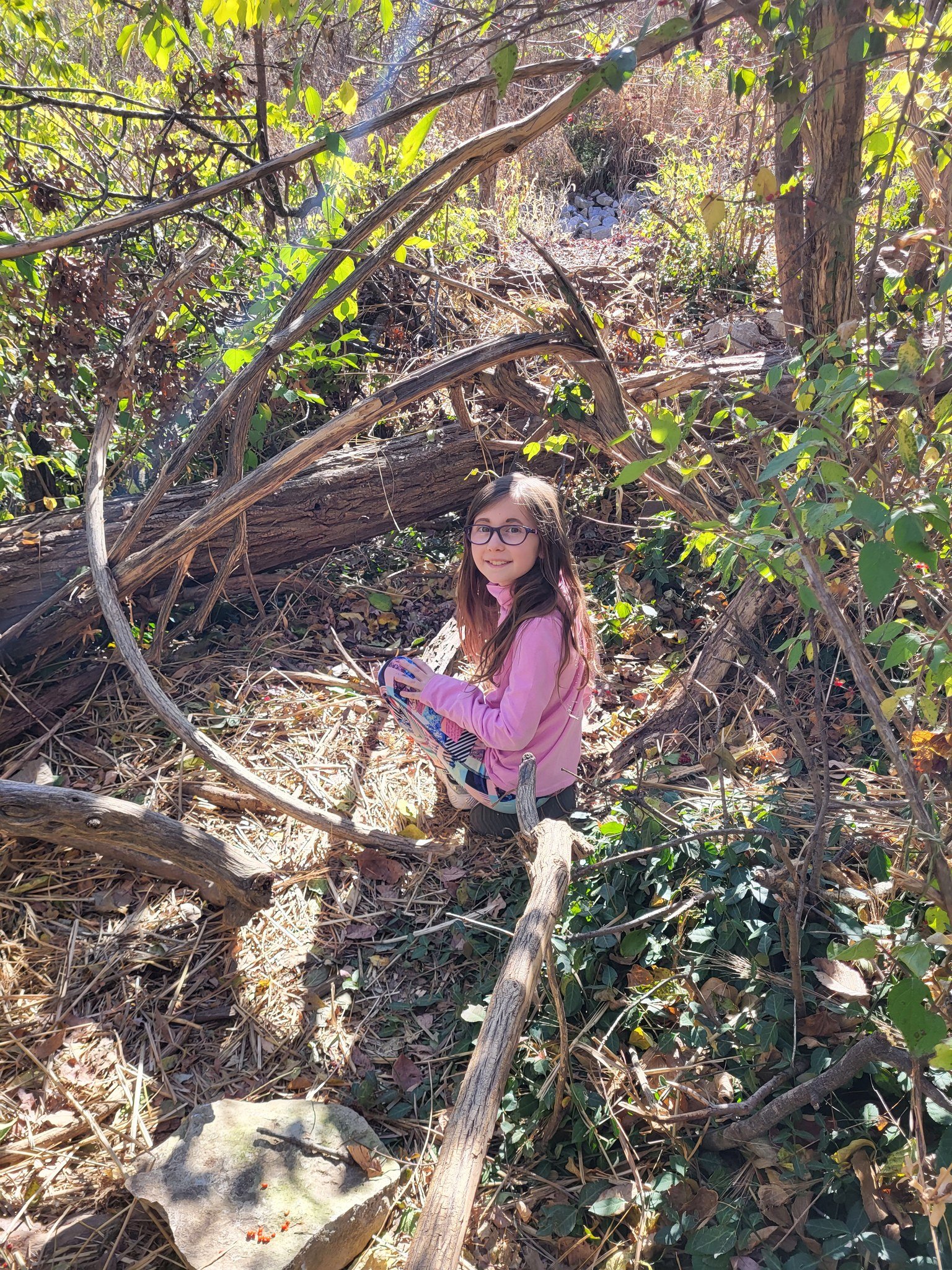 Missouri Green Schools (MGS) is a statewide recognition program that provides structure, resources and guidance to schools seeking to create sustainable, eco-friendly learning environments. There are five levels of recognition in the MGS program. Villa has already met the requirements for the first level and our goal is to meet all five levels by 2026, thus becoming a Green Ribbon School. Green Schools Quest is a part of the MGS program specifically geared to implement the goals in individual schools through yearly project-based challenges (hence a quest). These projects are meant to be student-driven, low-cost, and guided by a green mentor, with the chance to win cash prizes at the end of the year.
Missouri Green Schools (MGS) is a statewide recognition program that provides structure, resources and guidance to schools seeking to create sustainable, eco-friendly learning environments. There are five levels of recognition in the MGS program. Villa has already met the requirements for the first level and our goal is to meet all five levels by 2026, thus becoming a Green Ribbon School. Green Schools Quest is a part of the MGS program specifically geared to implement the goals in individual schools through yearly project-based challenges (hence a quest). These projects are meant to be student-driven, low-cost, and guided by a green mentor, with the chance to win cash prizes at the end of the year. Our Green Schools Quest Green Mentor, Benjamin Winkler, has been incredibly helpful in raising awareness and educating our community about proper waste diversion. He conducted a waste audit with the elementary children, helping them recognize what was in their classroom waste bins and how they could improve their sorting habits. He also presented an entertaining puppet show to the Children’s Houses and hosted other fun activities to educate and inspire the elementary children.
Our Green Schools Quest Green Mentor, Benjamin Winkler, has been incredibly helpful in raising awareness and educating our community about proper waste diversion. He conducted a waste audit with the elementary children, helping them recognize what was in their classroom waste bins and how they could improve their sorting habits. He also presented an entertaining puppet show to the Children’s Houses and hosted other fun activities to educate and inspire the elementary children.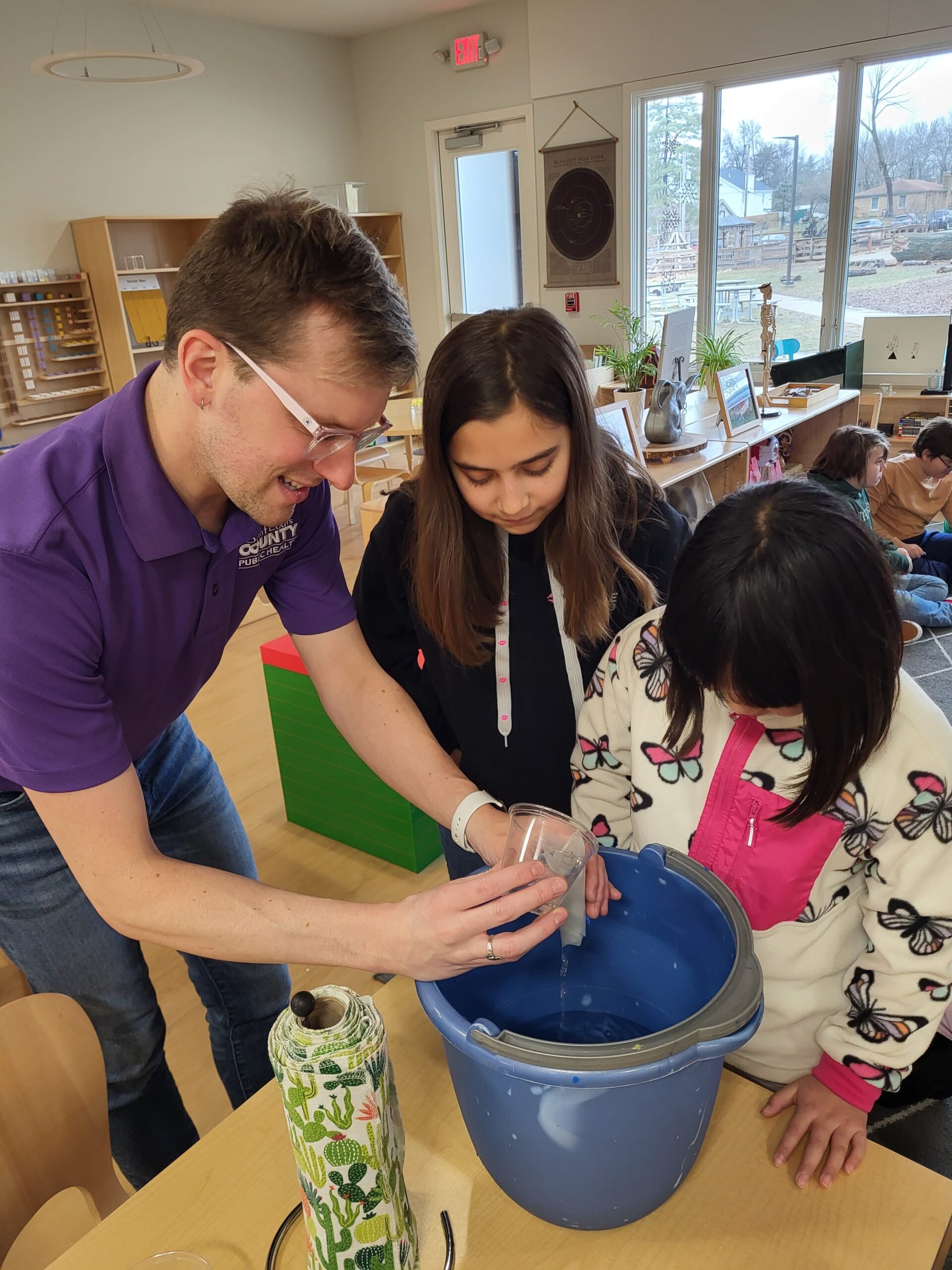
 Our self-proclaimed Green Schools Quest challenge this year is to recycle more and recycle better. We’ve upped our recycling game by engaging in the TerraCycle program. Classrooms collect snack and candy wrappers in a jar which they deliver monthly to a specific drop-off site. Elementary children volunteer to help measure and accompany transport of these wrappers on going-outs. Elementary children also spear-headed both the Halloween Candy Wrapper Collection and Electronics Recycling Event this year, and they participate in writing weekly eco-tips for the Wednesday Notes (VdM’s weekly parent newsletter). We are so pleased to witness the eager participation of the children in each of our endeavors, as we seek to raise their eco-conciousness and experience.
Our self-proclaimed Green Schools Quest challenge this year is to recycle more and recycle better. We’ve upped our recycling game by engaging in the TerraCycle program. Classrooms collect snack and candy wrappers in a jar which they deliver monthly to a specific drop-off site. Elementary children volunteer to help measure and accompany transport of these wrappers on going-outs. Elementary children also spear-headed both the Halloween Candy Wrapper Collection and Electronics Recycling Event this year, and they participate in writing weekly eco-tips for the Wednesday Notes (VdM’s weekly parent newsletter). We are so pleased to witness the eager participation of the children in each of our endeavors, as we seek to raise their eco-conciousness and experience.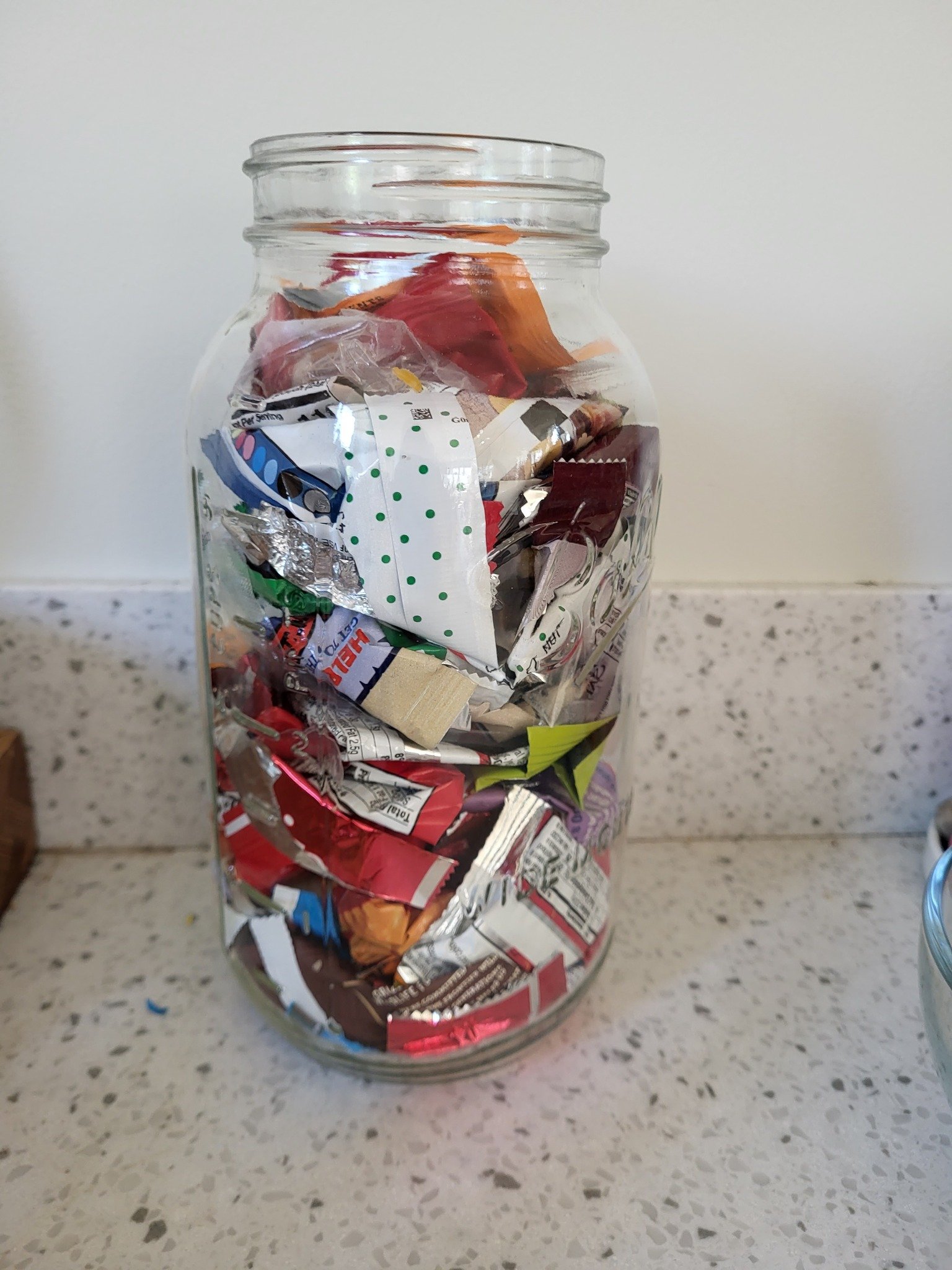

 Our VdM children continue to inspire us, and we hope you feel inspired too! Look for a community eco event coming this Spring, as we’d love to continue to involve our whole community in our quest for sustainability at VdM. If you’d like more information about our Green Initiatives or desire to support our efforts on campus, please reach out to Martha Erickson (marthae@villadimaria.org). Together we can be a part of forming the next generation into responsible humans that care for the environment, their communities, and the world.
Our VdM children continue to inspire us, and we hope you feel inspired too! Look for a community eco event coming this Spring, as we’d love to continue to involve our whole community in our quest for sustainability at VdM. If you’d like more information about our Green Initiatives or desire to support our efforts on campus, please reach out to Martha Erickson (marthae@villadimaria.org). Together we can be a part of forming the next generation into responsible humans that care for the environment, their communities, and the world.
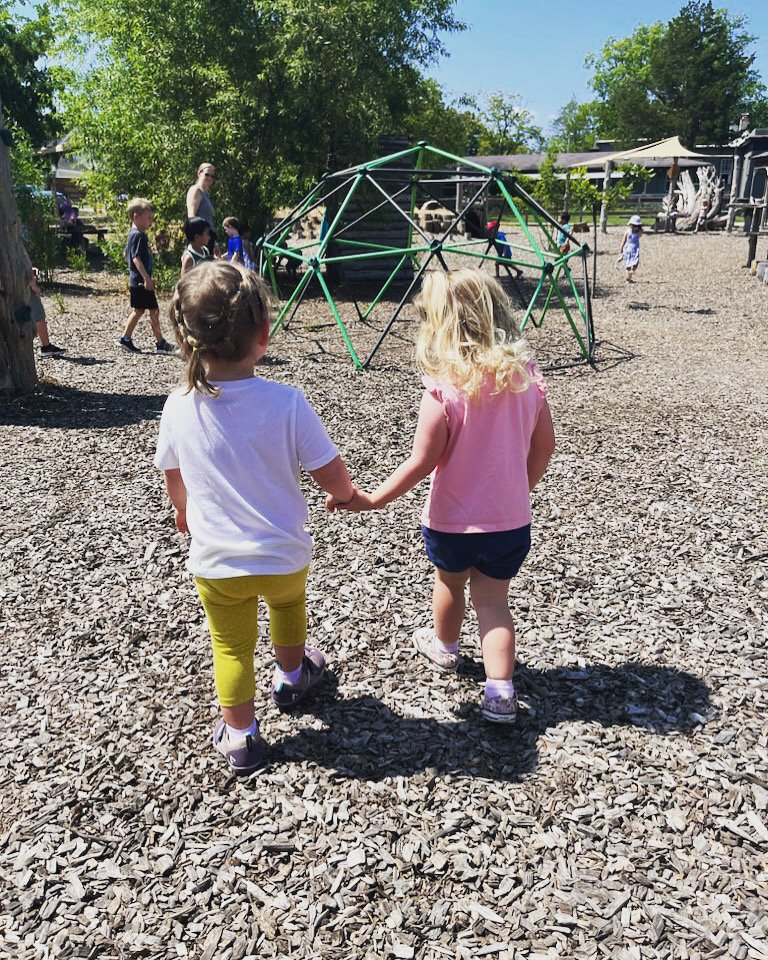 Ever wonder how a classroom of 28 (or more) children, each engaged in their own activity, remains a calm and orderly environment? How do Montessori guides elicit appropriate behavior in their students? Lessons in Grace and Courtesy (another Montessori Buzzword!) account for much of this reality. Today, we’ll share with you what we mean by “grace and courtesy” in a Montessori classroom.
Ever wonder how a classroom of 28 (or more) children, each engaged in their own activity, remains a calm and orderly environment? How do Montessori guides elicit appropriate behavior in their students? Lessons in Grace and Courtesy (another Montessori Buzzword!) account for much of this reality. Today, we’ll share with you what we mean by “grace and courtesy” in a Montessori classroom.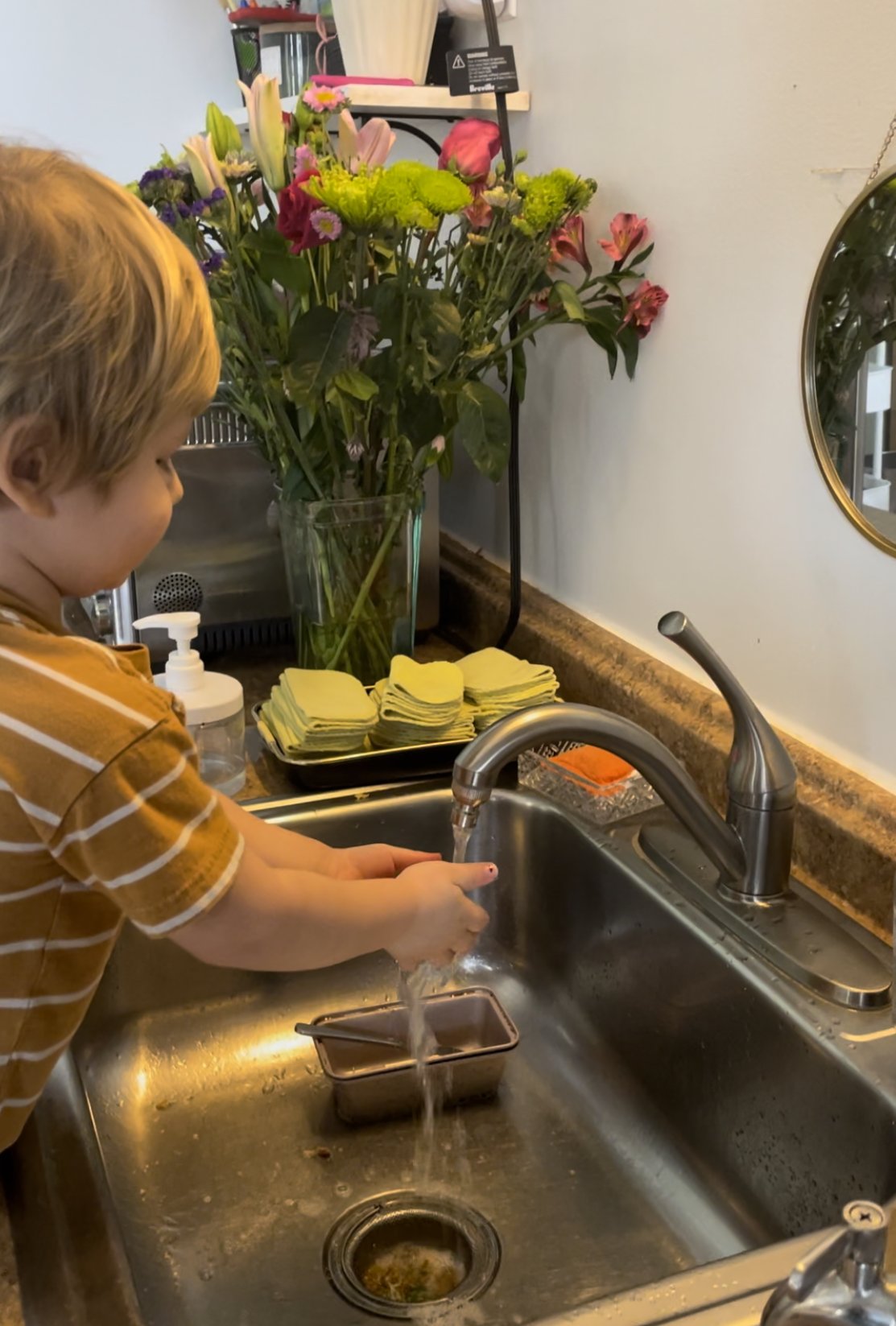 Grace describes the harmony of our own mind and body. Courtesy describes the extension of that grace to others. Through Grace and Courtesy lessons, guides demonstrate and model how to handle certain situations that naturally occur in the classroom environment, which include language and movement.
Grace describes the harmony of our own mind and body. Courtesy describes the extension of that grace to others. Through Grace and Courtesy lessons, guides demonstrate and model how to handle certain situations that naturally occur in the classroom environment, which include language and movement.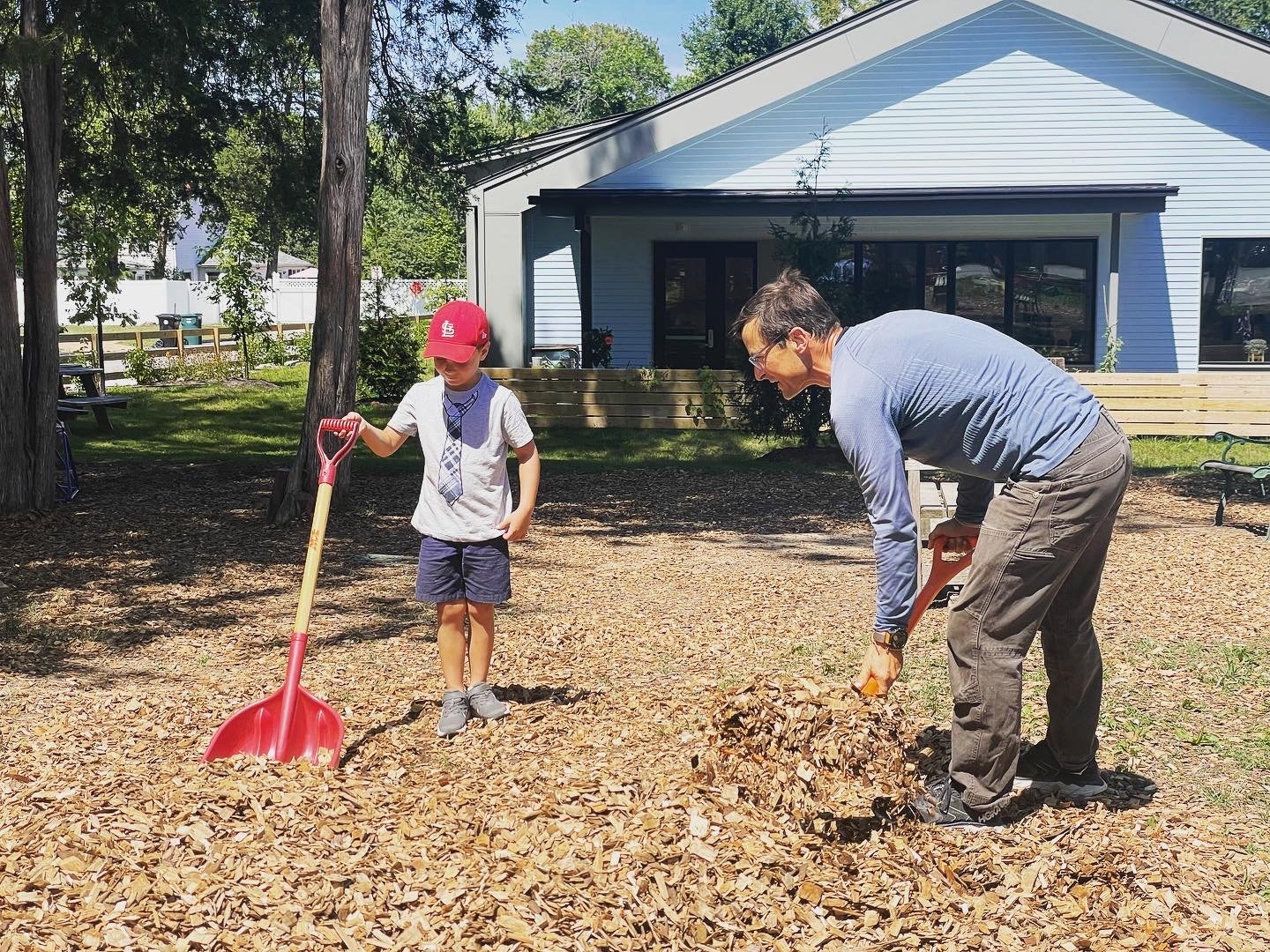 We will focus on the first plane of development in this blog post, which includes children from birth to six years old. Grace and Courtesy lessons occur in elementary classrooms as well, but take on particular nuances because of the differing developmental needs of the older child. We will look at that age group specifically in a future blog post.
We will focus on the first plane of development in this blog post, which includes children from birth to six years old. Grace and Courtesy lessons occur in elementary classrooms as well, but take on particular nuances because of the differing developmental needs of the older child. We will look at that age group specifically in a future blog post. Guides use Grace and Courtesy lessons to show children how to walk around a work rug, how to blow their nose, how to ask for help, or how to greet adults and each other. The lessons are narrow in focus and aim to introduce a specific skill so as not to confuse the child. For example, the guide would introduce separate lessons for offering assistance versus asking for help. Grace and Courtesy lessons are usually presented to a small group of children and at a neutral time after a particular behavior or language has been observed. The guide might notice an issue in the classroom and make a note to present that particular lesson at a later time.
Guides use Grace and Courtesy lessons to show children how to walk around a work rug, how to blow their nose, how to ask for help, or how to greet adults and each other. The lessons are narrow in focus and aim to introduce a specific skill so as not to confuse the child. For example, the guide would introduce separate lessons for offering assistance versus asking for help. Grace and Courtesy lessons are usually presented to a small group of children and at a neutral time after a particular behavior or language has been observed. The guide might notice an issue in the classroom and make a note to present that particular lesson at a later time.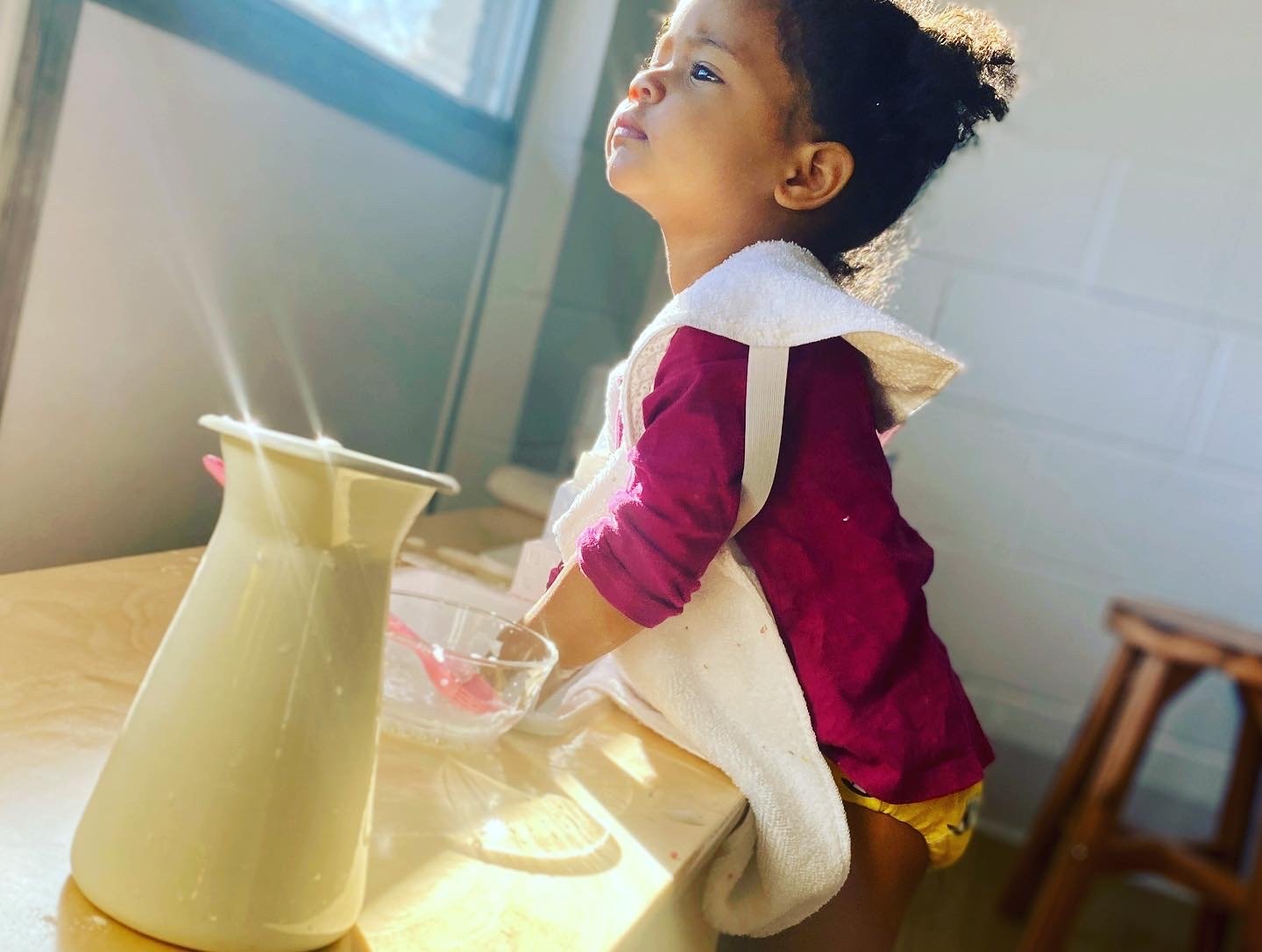 A lesson might look like this:1. The guide starts by inviting the children to the lesson, “I’m going to show you how to walk around a work rug.”2. The guide models for the child how to properly walk around the work rug. When the guide demonstrates the movement, they keep the words separate from the action. Because the child is in a sensitive period for language development, their brain will focus only on the words said and miss the action demonstrated, if the two are not separated. As Dr. Maria Montessori said,
A lesson might look like this:1. The guide starts by inviting the children to the lesson, “I’m going to show you how to walk around a work rug.”2. The guide models for the child how to properly walk around the work rug. When the guide demonstrates the movement, they keep the words separate from the action. Because the child is in a sensitive period for language development, their brain will focus only on the words said and miss the action demonstrated, if the two are not separated. As Dr. Maria Montessori said,
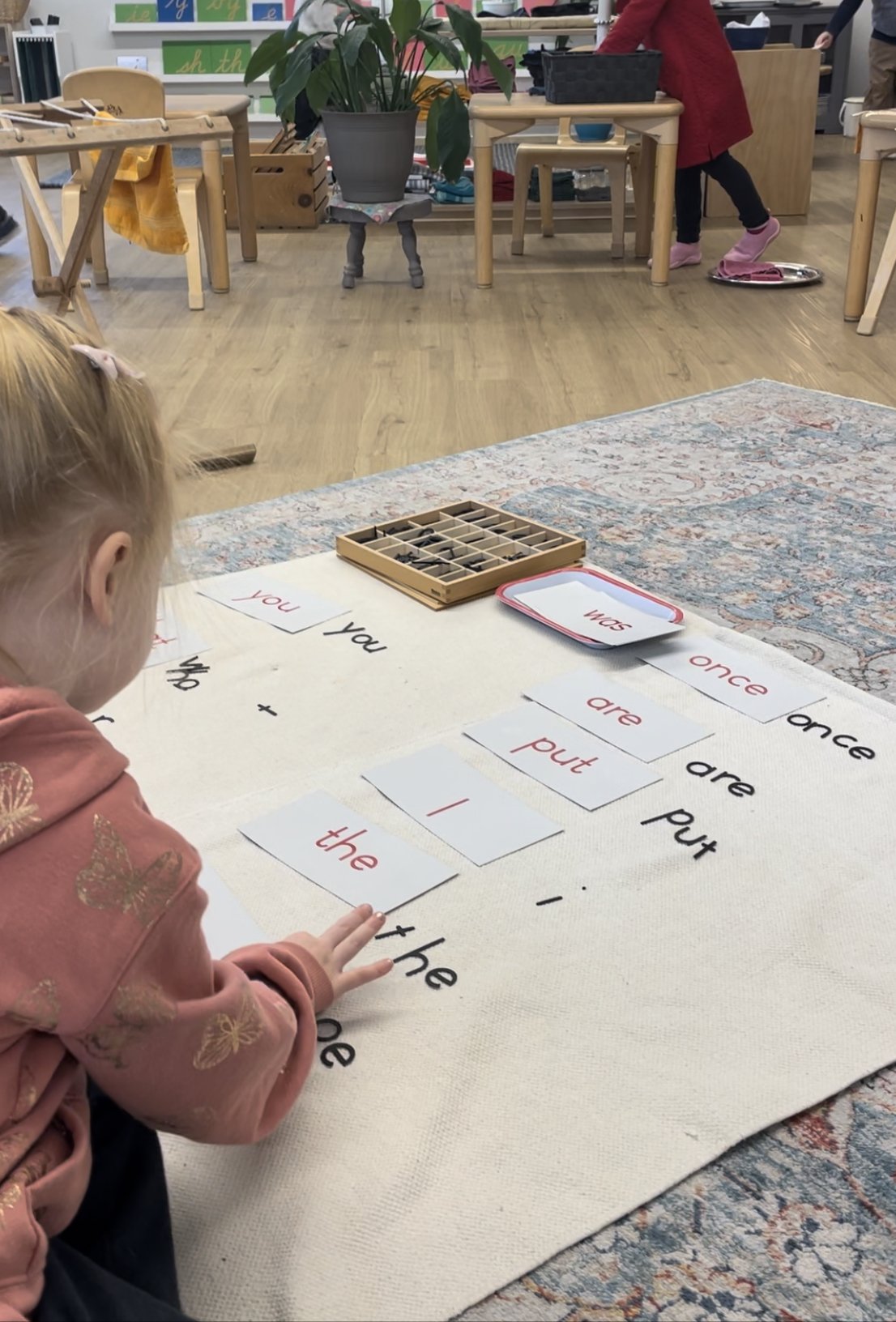 The guide does not remind the child to put this lesson into practice in a real-life situation. If pressure is applied to the child to perform these activities, children can develop negative feelings towards the lesson and avoid the behavior we seek. Ideally, the activity will be recalled spontaneously by the child when they notice what is required and are ready to perform the task. They may need the lesson presented again until they choose to demonstrate their knowledge, and the second presentation would be offered as if the first had never happened.
The guide does not remind the child to put this lesson into practice in a real-life situation. If pressure is applied to the child to perform these activities, children can develop negative feelings towards the lesson and avoid the behavior we seek. Ideally, the activity will be recalled spontaneously by the child when they notice what is required and are ready to perform the task. They may need the lesson presented again until they choose to demonstrate their knowledge, and the second presentation would be offered as if the first had never happened.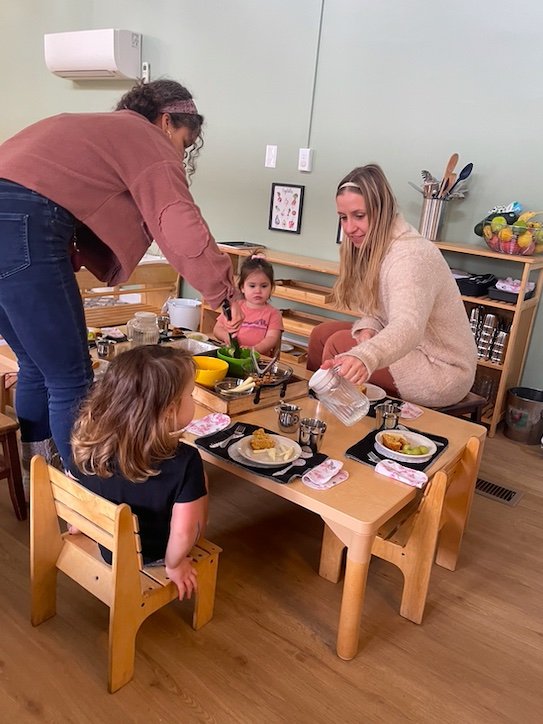 The guide always focuses on the positive behavior she wants to see in the child, as opposed to the negative. In the rug lesson above, the guide would be careful not to step on the rug in her modeling, as that is an action to be avoided. Children tend to copy what they see adults do; thus, guides always model the behavior and conduct they want to evoke in the child.
The guide always focuses on the positive behavior she wants to see in the child, as opposed to the negative. In the rug lesson above, the guide would be careful not to step on the rug in her modeling, as that is an action to be avoided. Children tend to copy what they see adults do; thus, guides always model the behavior and conduct they want to evoke in the child. These lessons can be implemented at home as well. Perhaps you notice the shoes are consistently scattered all over the mudroom and you’d like them to be placed on the shoe rack instead. With your young child, you could take them aside at some neutral time and tell them, “I’m going to show you how to put your shoes on the shoe rack.” Then demonstrate the action you’d like them to practice. Start with your shoes on your feet, model taking them off and placing them nicely on the shoe rack. Ask your child if they’d like to try. It’s fine for them to say no. Watch and see if this positive behavior starts to show up more in their day-to-day routine and make sure you model this action consistently for them, as well.
These lessons can be implemented at home as well. Perhaps you notice the shoes are consistently scattered all over the mudroom and you’d like them to be placed on the shoe rack instead. With your young child, you could take them aside at some neutral time and tell them, “I’m going to show you how to put your shoes on the shoe rack.” Then demonstrate the action you’d like them to practice. Start with your shoes on your feet, model taking them off and placing them nicely on the shoe rack. Ask your child if they’d like to try. It’s fine for them to say no. Watch and see if this positive behavior starts to show up more in their day-to-day routine and make sure you model this action consistently for them, as well.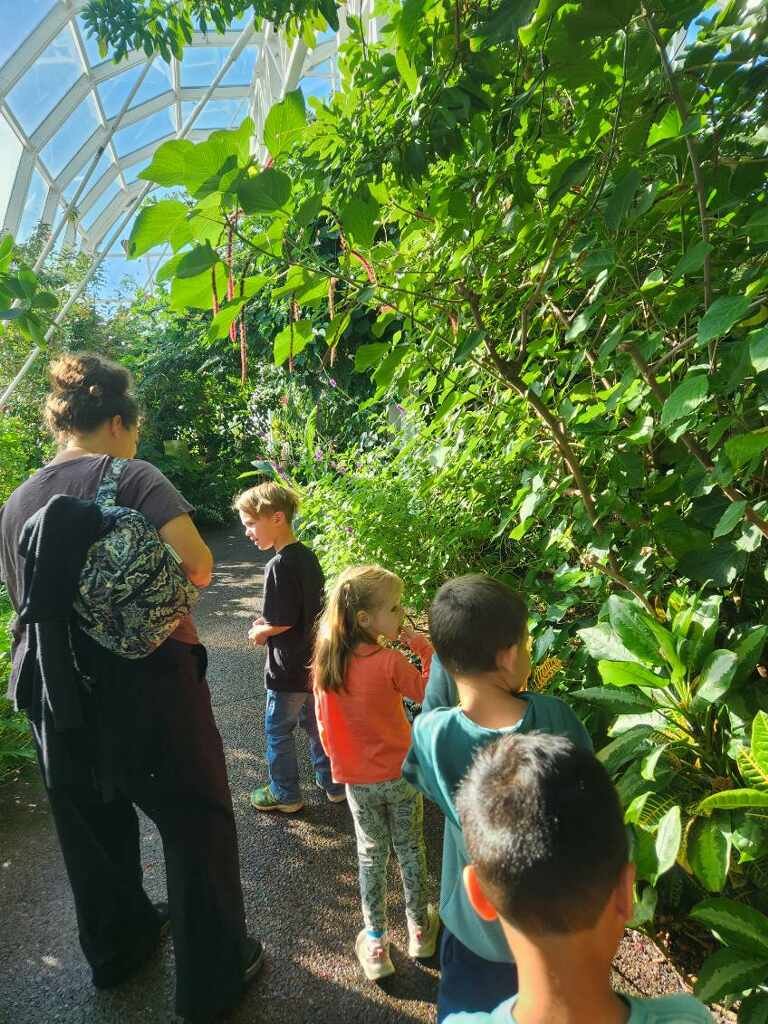 The child instinctively wants to be like the adults they are with and to do the right thing. These lessons give the child the opportunities to practice and perform these appropriate actions in their own time, without introducing shame. This brings the child feelings of security, competence, and joy to know what to expect and what to do in each situation in which they find themselves. As Dr. Montessori said,
The child instinctively wants to be like the adults they are with and to do the right thing. These lessons give the child the opportunities to practice and perform these appropriate actions in their own time, without introducing shame. This brings the child feelings of security, competence, and joy to know what to expect and what to do in each situation in which they find themselves. As Dr. Montessori said,


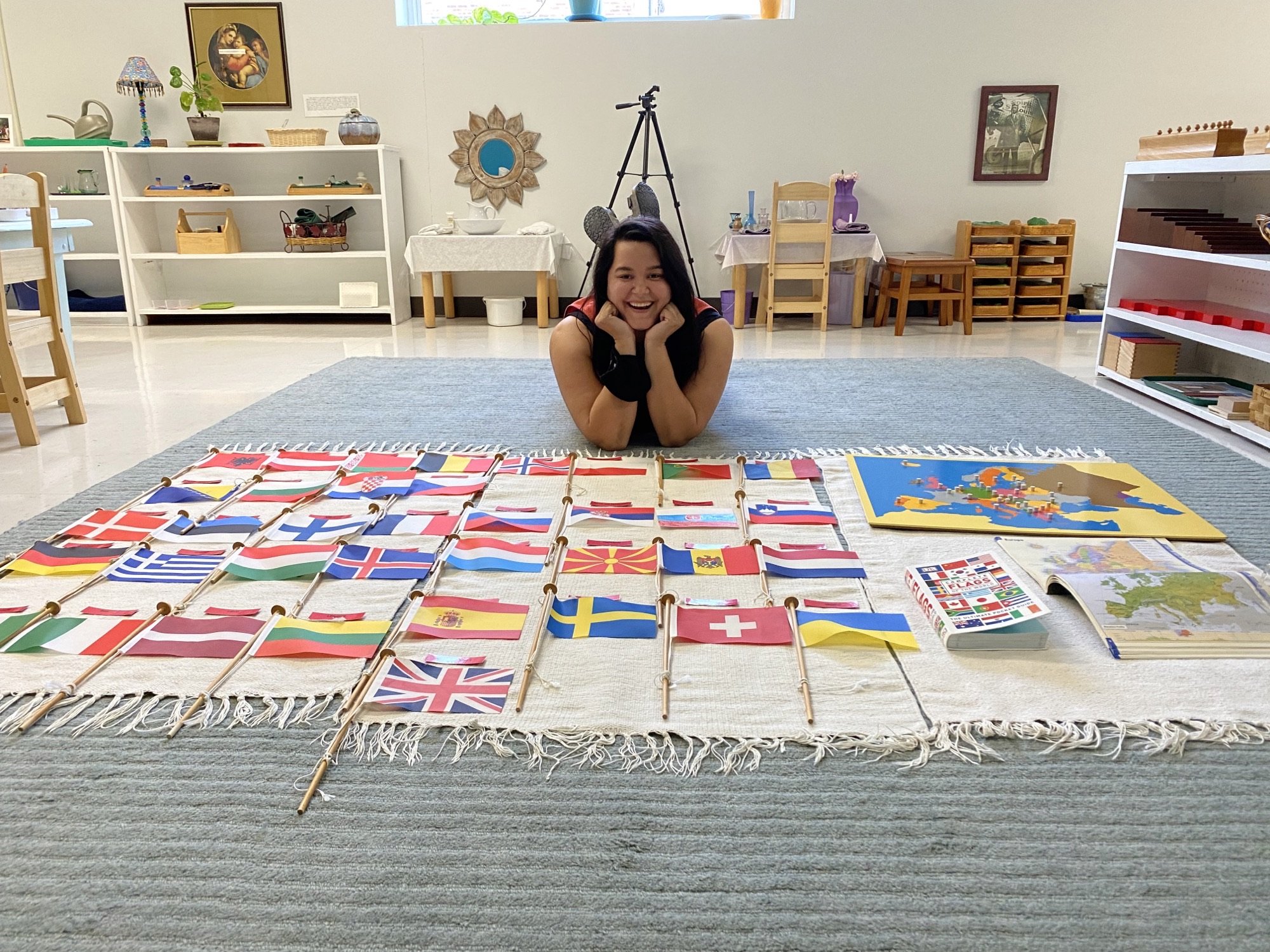
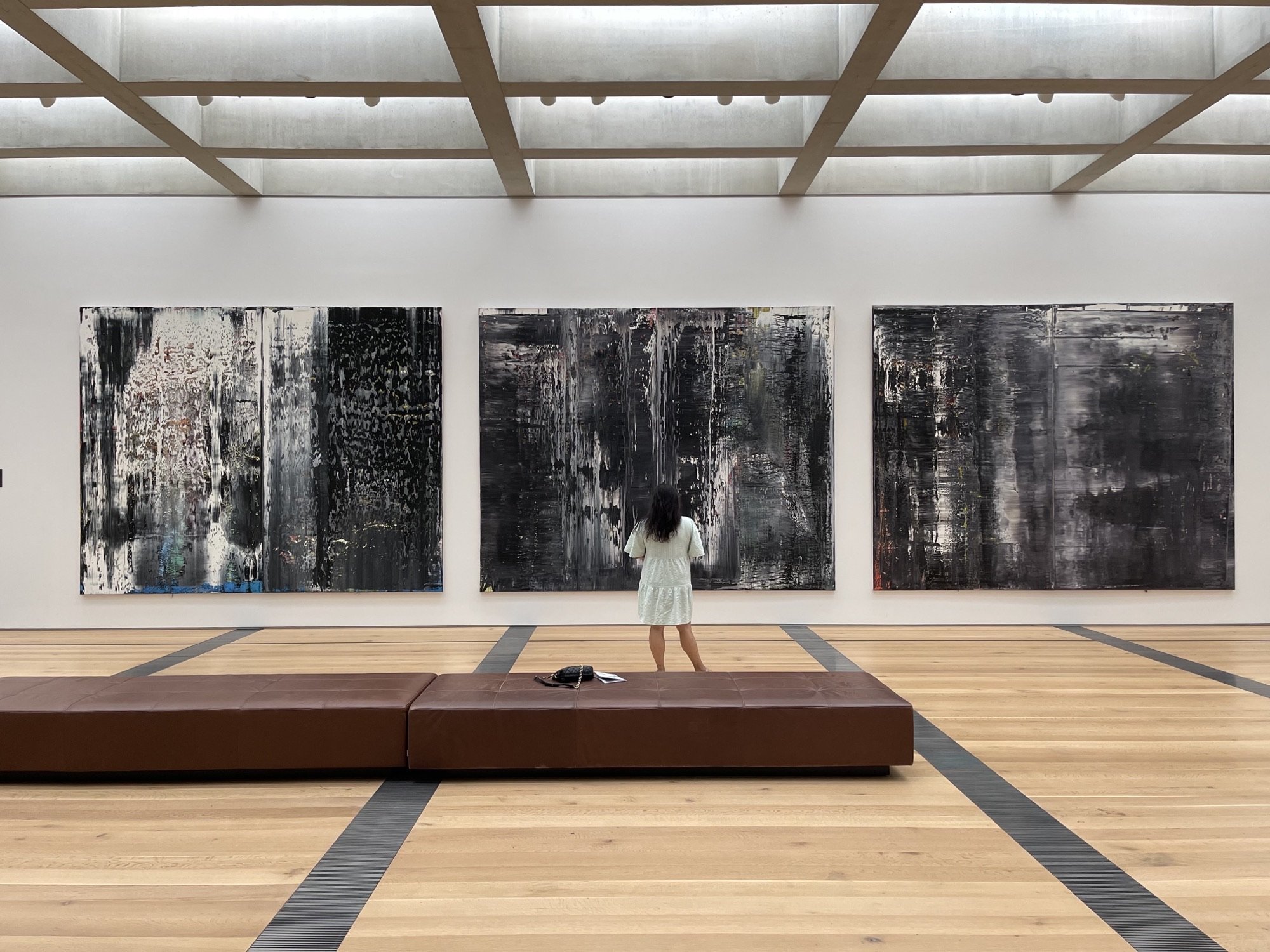
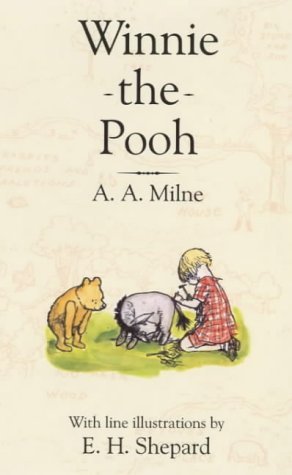











 As you consider these universal human tendencies, which ones do you notice most in yourself and your child? As you become aware of the tendencies operating in your daily life, how can you set up your own environment and schedule to facilitate their expression for you and your child?
As you consider these universal human tendencies, which ones do you notice most in yourself and your child? As you become aware of the tendencies operating in your daily life, how can you set up your own environment and schedule to facilitate their expression for you and your child? Dr. Maria Montessori believed that educators have the responsibility to understand universal human tendencies in order to best guide the child’s self-construction. When we embrace these tendencies in our own environments, we promote the flourishing of each child and help them realize their fullest potential in the world.
Dr. Maria Montessori believed that educators have the responsibility to understand universal human tendencies in order to best guide the child’s self-construction. When we embrace these tendencies in our own environments, we promote the flourishing of each child and help them realize their fullest potential in the world.

 At Villa di Maria, we’re not hiding the fact that we love Montessori and all the good things it offers children. We get to see the method in action every day and the joy it brings each student. Sometimes families come to us with misconceptions about the Montessori approach. They’ve heard things that don’t sit well with them or prompt skepticism. We love when people bring their questions to us because we know Montessori is up to the task and we relish an opportunity to discuss our favorite topic, Montessori education!
At Villa di Maria, we’re not hiding the fact that we love Montessori and all the good things it offers children. We get to see the method in action every day and the joy it brings each student. Sometimes families come to us with misconceptions about the Montessori approach. They’ve heard things that don’t sit well with them or prompt skepticism. We love when people bring their questions to us because we know Montessori is up to the task and we relish an opportunity to discuss our favorite topic, Montessori education! In this post we’ll address some of the myths people encounter about Montessori schools and students. We hope that it leads you to look again and consider all that this unique approach has to offer. Everyone is welcome, whether you know alot about Montessori or nothing at all!
In this post we’ll address some of the myths people encounter about Montessori schools and students. We hope that it leads you to look again and consider all that this unique approach has to offer. Everyone is welcome, whether you know alot about Montessori or nothing at all!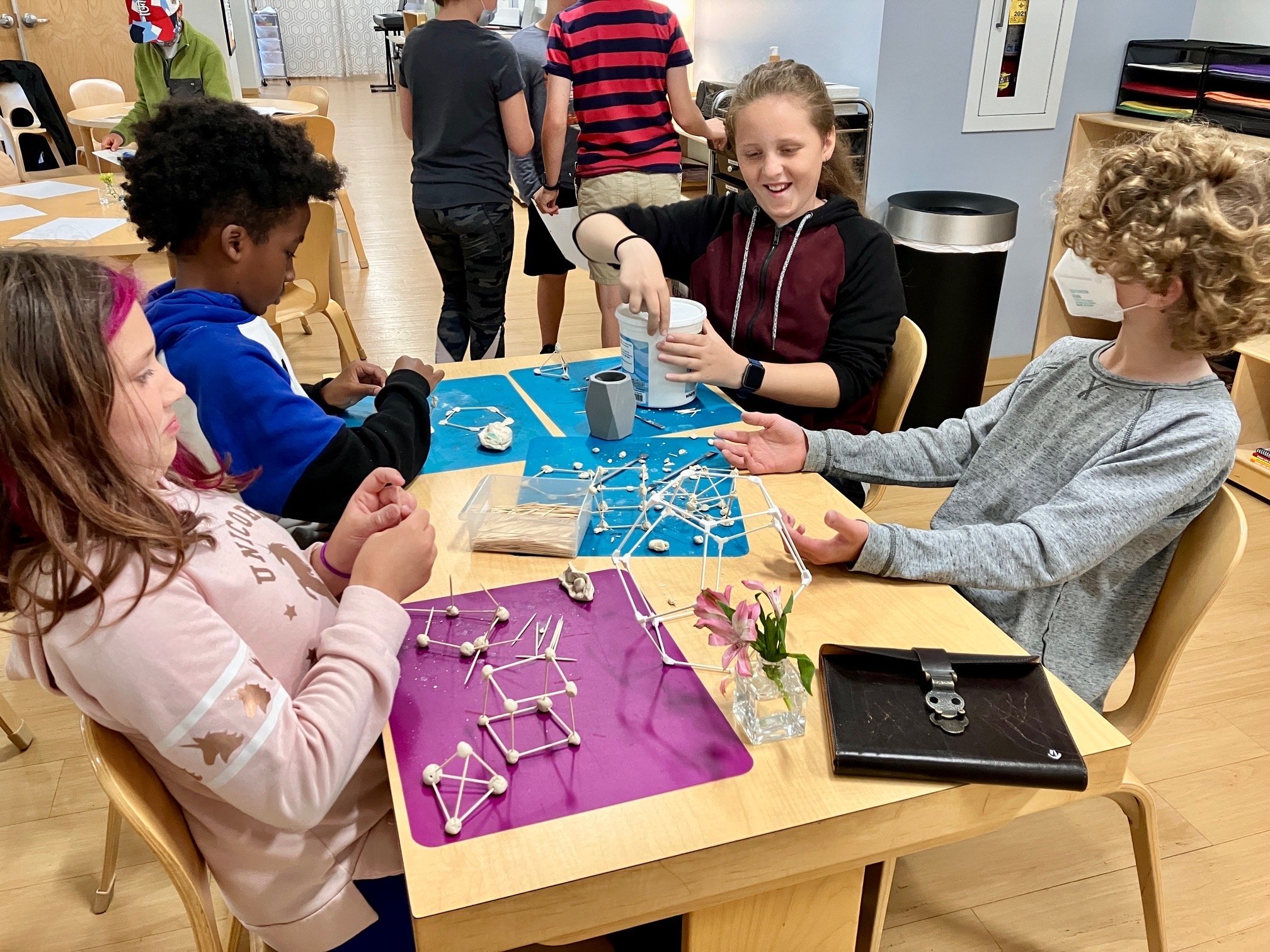
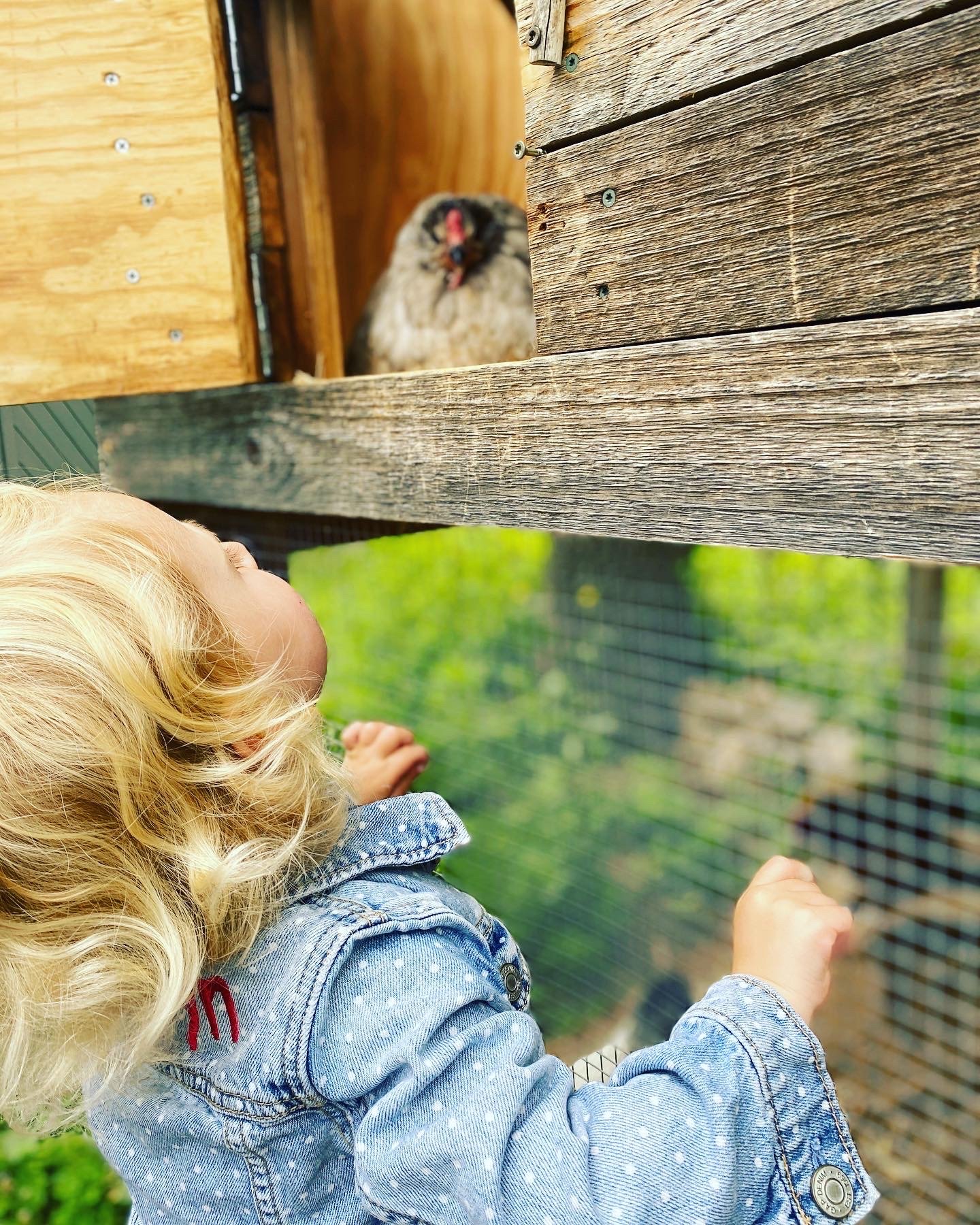
 What about homework?Though Montessori doesn't usually assign homework, through the development of self-management skills in the classroom (choosing their own work, etc.), students have no trouble managing homework in high school or college. Montessori students are used to arriving at their own understanding through manipulation of concrete materials and thus are better prepared to learn in any context throughout their lives. VdM has heard from many of our alums that they found it quite easy to transition to a traditional school experience, though they miss the Montessori setting! In the months to come, we’ll hear from some of these former students on the blog to learn how Montessori prepared them for life after VdM.
What about homework?Though Montessori doesn't usually assign homework, through the development of self-management skills in the classroom (choosing their own work, etc.), students have no trouble managing homework in high school or college. Montessori students are used to arriving at their own understanding through manipulation of concrete materials and thus are better prepared to learn in any context throughout their lives. VdM has heard from many of our alums that they found it quite easy to transition to a traditional school experience, though they miss the Montessori setting! In the months to come, we’ll hear from some of these former students on the blog to learn how Montessori prepared them for life after VdM.

 In Elementary, guides utilize tools such as the work journal and the weekly conference to hold students accountable for their use of work time. Elementary students record their work choices and the duration spent on each activity throughout the work periods (morning and afternoon) in their work journals. The guide and student then meet each week to review the work in their journals and reflect together on the use of the work periods to cover all subject areas of the classroom. They also set goals for the following week and make plans for improvement and growth.
In Elementary, guides utilize tools such as the work journal and the weekly conference to hold students accountable for their use of work time. Elementary students record their work choices and the duration spent on each activity throughout the work periods (morning and afternoon) in their work journals. The guide and student then meet each week to review the work in their journals and reflect together on the use of the work periods to cover all subject areas of the classroom. They also set goals for the following week and make plans for improvement and growth.

 We hope addressing these commonly heard Montessori myths prompts you to further explore your own questions about how best to achieve a holistic, child-centered approach to education. We believe Montessori best fits the developmental needs of the child at each age and stage of development and we’d love to talk to you more about how! Reach out to our staff to talk more or peruse our rich resource of blog posts. Here’s a good place to start:
We hope addressing these commonly heard Montessori myths prompts you to further explore your own questions about how best to achieve a holistic, child-centered approach to education. We believe Montessori best fits the developmental needs of the child at each age and stage of development and we’d love to talk to you more about how! Reach out to our staff to talk more or peruse our rich resource of blog posts. Here’s a good place to start:
 While we (shamelessly) love to show off our school and community in the Villa di Maria blog, we are also here to spread the word about Montessori beyond our campus—demystifying and celebrating the Montessori method of education in the hopes that more people will discover its benefits for children and families.
While we (shamelessly) love to show off our school and community in the Villa di Maria blog, we are also here to spread the word about Montessori beyond our campus—demystifying and celebrating the Montessori method of education in the hopes that more people will discover its benefits for children and families. You’ve seen our recent posts from our 101 series, where we breakdown some of the terminology you might find in a Montessori school. This week, we’ll kick off another series, all about Montessori theory. In our Theory series, we’ll dive deep into the foundational principles of the Montessori method and take a look at how these theories come into practice in the school setting. We’ll start today with “The Four Planes of Development.” The work of the Montessori guide, the organization of the Montessori classroom, the design and function of Montessori materials—everything about the Montessori method—it all comes down to the four planes.
You’ve seen our recent posts from our 101 series, where we breakdown some of the terminology you might find in a Montessori school. This week, we’ll kick off another series, all about Montessori theory. In our Theory series, we’ll dive deep into the foundational principles of the Montessori method and take a look at how these theories come into practice in the school setting. We’ll start today with “The Four Planes of Development.” The work of the Montessori guide, the organization of the Montessori classroom, the design and function of Montessori materials—everything about the Montessori method—it all comes down to the four planes. The four planes of development are 6-year stages of child development, from birth to adulthood. In her research and work with children, Dr. Maria Montessori observed that children and adolescents develop through natural stages which can be defined by specific characteristics and developmental needs: birth to age 6; ages 6 to 12; ages 12 to 18, and ages 18 to 24. Dr. Montessori believed it was crucial to serve the specific developmental characteristics and needs of children in each plane, to allow them to move with strength into each following plane and prepare them for adulthood.
The four planes of development are 6-year stages of child development, from birth to adulthood. In her research and work with children, Dr. Maria Montessori observed that children and adolescents develop through natural stages which can be defined by specific characteristics and developmental needs: birth to age 6; ages 6 to 12; ages 12 to 18, and ages 18 to 24. Dr. Montessori believed it was crucial to serve the specific developmental characteristics and needs of children in each plane, to allow them to move with strength into each following plane and prepare them for adulthood.
 Montessori education is designed to follow children through these planes—through their natural patterns of development. Montessori classroom environments intentionally foster the natural characteristics of each plane. Montessori guides receive rigorous training to facilitate each child’s incredible journey through each plane by meeting and challenging their academic, social, and emotional needs.
Montessori education is designed to follow children through these planes—through their natural patterns of development. Montessori classroom environments intentionally foster the natural characteristics of each plane. Montessori guides receive rigorous training to facilitate each child’s incredible journey through each plane by meeting and challenging their academic, social, and emotional needs.





 Isn’t this what we want for our kids, to reach adulthood with the independence, security, and wholeness to make the world a better place? It’s what Dr. Montessori wanted and why she devoted her life to understanding child development and promoting better education for children. Because of her knowledge of the four planes, children at Villa di Maria get to experience the fullness and beauty of each plane in our classrooms from ages 14 months to 12 years and emerge from VdM in strength to enter adolescence and adulthood.References: “From Childhood to Adolescence” by Dr. Maria Montessori
Isn’t this what we want for our kids, to reach adulthood with the independence, security, and wholeness to make the world a better place? It’s what Dr. Montessori wanted and why she devoted her life to understanding child development and promoting better education for children. Because of her knowledge of the four planes, children at Villa di Maria get to experience the fullness and beauty of each plane in our classrooms from ages 14 months to 12 years and emerge from VdM in strength to enter adolescence and adulthood.References: “From Childhood to Adolescence” by Dr. Maria Montessori

 Montessori is grounded in two very important principles: the natural patterns of child development and child-led progress. Montessori believes each child progresses within general time frames (the Planes of Development), but at their own unique pace. From a Montessori perspective, formal test-taking does not give a complete picture of a child’s progression. A Montessori education is about more than what can be shown on a test. It is about leading each child toward the fulfillment of their highest potential in every aspect of their person, academically, socially, and emotionally—about giving each child a vision for life.
Montessori is grounded in two very important principles: the natural patterns of child development and child-led progress. Montessori believes each child progresses within general time frames (the Planes of Development), but at their own unique pace. From a Montessori perspective, formal test-taking does not give a complete picture of a child’s progression. A Montessori education is about more than what can be shown on a test. It is about leading each child toward the fulfillment of their highest potential in every aspect of their person, academically, socially, and emotionally—about giving each child a vision for life. This calling goes beyond preparing children to simply memorize and regurgitate material for an exam. Instead, the Montessori approach measures progress (a.k.a. assesses children) consistently throughout their time in the classroom environment. Montessori guides use a variety of methods to help each child meet their developmental milestones and master the academic curriculum and social skills appropriate for their age group.
This calling goes beyond preparing children to simply memorize and regurgitate material for an exam. Instead, the Montessori approach measures progress (a.k.a. assesses children) consistently throughout their time in the classroom environment. Montessori guides use a variety of methods to help each child meet their developmental milestones and master the academic curriculum and social skills appropriate for their age group. One way guides assess a student is through observation. In a Montessori classroom the guide carefully, deliberately, and objectively observes the children. This is an active, daily practice—they are watching and learning about each child as they practice their lessons every day. Allowing each child the time they need, the guide notices, listens—waits for indication that the child is progressing in the comprehension of, ease with, and precision in their work. Guides make themselves available for questions or requests for assistance and are ready to re-present a lesson (or a certain part of difficulty) as needed. And when a child has mastered a lesson, guides offer the next lesson in the sequence.
One way guides assess a student is through observation. In a Montessori classroom the guide carefully, deliberately, and objectively observes the children. This is an active, daily practice—they are watching and learning about each child as they practice their lessons every day. Allowing each child the time they need, the guide notices, listens—waits for indication that the child is progressing in the comprehension of, ease with, and precision in their work. Guides make themselves available for questions or requests for assistance and are ready to re-present a lesson (or a certain part of difficulty) as needed. And when a child has mastered a lesson, guides offer the next lesson in the sequence. Assessment is also integrated into the lessons offered by the guide. For every child, at the start of a new lesson, the guide reviews the previous lesson content to “test” what students remember and to build upon that knowledge. Throughout the day, the guides might also unexpectedly join a student at work to ask them questions about their activity—a sort of Montessori pop quiz. “I see you working on the area of a circle. Do you remember what we call the outside edge of the circle?”
Assessment is also integrated into the lessons offered by the guide. For every child, at the start of a new lesson, the guide reviews the previous lesson content to “test” what students remember and to build upon that knowledge. Throughout the day, the guides might also unexpectedly join a student at work to ask them questions about their activity—a sort of Montessori pop quiz. “I see you working on the area of a circle. Do you remember what we call the outside edge of the circle?” At the Elementary level, the weekly conference is introduced. Guides check children’s work and note if lessons have been revisited, and if so, whether they are doing so correctly. Guides note whether a child is avoiding certain lessons and make a plan with the child for completion. They also make children aware of the state and national standards society expects them to know by certain grade levels. Children are actively engaged in their own assessments and are motivated (or redirected) to focus their work where needed.
At the Elementary level, the weekly conference is introduced. Guides check children’s work and note if lessons have been revisited, and if so, whether they are doing so correctly. Guides note whether a child is avoiding certain lessons and make a plan with the child for completion. They also make children aware of the state and national standards society expects them to know by certain grade levels. Children are actively engaged in their own assessments and are motivated (or redirected) to focus their work where needed. In the Upper Elementary we add in one more layer of assessment—the annual standardized test. The primary purpose of the test on our campus is to provide students the opportunity to develop the formal testing skills, as well as a test-taking comfort level they will almost certainly need as they grow older.
In the Upper Elementary we add in one more layer of assessment—the annual standardized test. The primary purpose of the test on our campus is to provide students the opportunity to develop the formal testing skills, as well as a test-taking comfort level they will almost certainly need as they grow older. At Villa di Maria, we love that students are not limited to learning only what the state requires. State standards are the baseline, but most students go beyond and learn about anything they are interested in. The universe is the limit to their learning!
At Villa di Maria, we love that students are not limited to learning only what the state requires. State standards are the baseline, but most students go beyond and learn about anything they are interested in. The universe is the limit to their learning!

 Here's Chung Yi giving a lesson on colors in Mandarin. It is so exciting to be able to offer a bilingual experience to children!Welcome, Chung Yi, we're so glad you're here!
Here's Chung Yi giving a lesson on colors in Mandarin. It is so exciting to be able to offer a bilingual experience to children!Welcome, Chung Yi, we're so glad you're here!

 We Montessorians sometimes use terminology that’s unfamiliar to folks more accustomed to a traditional school model, and this can lead to a bit of a mystification around the philosophy. It can even lead to the notion that Montessori schools are out of reach for the general population—that the methods in a Montessori school are too specialized, too… strange.
We Montessorians sometimes use terminology that’s unfamiliar to folks more accustomed to a traditional school model, and this can lead to a bit of a mystification around the philosophy. It can even lead to the notion that Montessori schools are out of reach for the general population—that the methods in a Montessori school are too specialized, too… strange. In fact, the concepts of Montessori, and the vocabulary we use to describe those concepts, were borne from Dr. Maria Montessori’s education, research, and maybe most importantly, her observations of real children at work. In other words, Montessori concepts and vocabulary are rooted in the natural processes of child development, and these concepts are very familiar, even intuitive, to anyone who lives or works with children. In our Montessori 101 series, we’ll demystify Montessori vocabulary and explore the concepts that inform it. This week, we’ll unpack what we mean by an “environment,” as opposed to a “classroom”.
In fact, the concepts of Montessori, and the vocabulary we use to describe those concepts, were borne from Dr. Maria Montessori’s education, research, and maybe most importantly, her observations of real children at work. In other words, Montessori concepts and vocabulary are rooted in the natural processes of child development, and these concepts are very familiar, even intuitive, to anyone who lives or works with children. In our Montessori 101 series, we’ll demystify Montessori vocabulary and explore the concepts that inform it. This week, we’ll unpack what we mean by an “environment,” as opposed to a “classroom”. Montessori often compares human development to the growth of a plant. The plant has everything it needs to grow within itself; it only requires the proper environment (soil, water, sunlight, warmth). Similarly, humans require certain environmental factors to mature and flourish. We know infants require consistent positive interaction with caregivers in order to form attachment and one day function in society. Babies need freedom of movement in order to learn to walk. They need to hear their native language to be able to develop language themselves. Amazingly, typically developing little humans acquire the abilities to walk and speak without any formal instruction! Movement and language develop organically in an environment rich with stimuli and interaction.
Montessori often compares human development to the growth of a plant. The plant has everything it needs to grow within itself; it only requires the proper environment (soil, water, sunlight, warmth). Similarly, humans require certain environmental factors to mature and flourish. We know infants require consistent positive interaction with caregivers in order to form attachment and one day function in society. Babies need freedom of movement in order to learn to walk. They need to hear their native language to be able to develop language themselves. Amazingly, typically developing little humans acquire the abilities to walk and speak without any formal instruction! Movement and language develop organically in an environment rich with stimuli and interaction.
 As children develop, they require a developing set of stimuli to aid them toward their full potential. Dr. Montessori observed that children pass through four stages of development from birth to adulthood. She called these stages, “The Four Planes of Development.” An in-depth look into the four planes of development is coming to the blog very soon—for now, the takeaway is this: the characteristics of children change from plane to plane; and each plane of development requires a particular environment and trained adult suited to the needs of that plane.
As children develop, they require a developing set of stimuli to aid them toward their full potential. Dr. Montessori observed that children pass through four stages of development from birth to adulthood. She called these stages, “The Four Planes of Development.” An in-depth look into the four planes of development is coming to the blog very soon—for now, the takeaway is this: the characteristics of children change from plane to plane; and each plane of development requires a particular environment and trained adult suited to the needs of that plane. In a Montessori school, classrooms (yes, we still call it a “classroom” sometimes!) are designed and thoughtfully prepared along the lines of the planes and sub-planes of development. Montessori divides the first plane into a sub-plane of zero-to-three years old and three-to-six years old—these are the Young Children’s Community (YCC) and the Children’s House. The YCC environment is designed to facilitate the natural work of the very young child: the construction of physical and biological independence. The YCC assists children as they learn to walk, talk, and perform activities independently. From ages to three through six, the Children’s House environment continues to foster the independence of the first-plane child.
In a Montessori school, classrooms (yes, we still call it a “classroom” sometimes!) are designed and thoughtfully prepared along the lines of the planes and sub-planes of development. Montessori divides the first plane into a sub-plane of zero-to-three years old and three-to-six years old—these are the Young Children’s Community (YCC) and the Children’s House. The YCC environment is designed to facilitate the natural work of the very young child: the construction of physical and biological independence. The YCC assists children as they learn to walk, talk, and perform activities independently. From ages to three through six, the Children’s House environment continues to foster the independence of the first-plane child. In the second plane of development, the sub-planes break down into six-to-nine years old and nine-to-twelve years old—Lower Elementary and Upper Elementary. In these environments children are offered materials and lessons to develop mental independence and a reasoning mind. The elementary environments also offer social opportunities as children become motivated to work and spend time with others. For this reason, the Montessori elementary environment provides larger work tables to accommodate groups of children. The elementary guide presents lessons to groups of children because of the intense drive to work with peers.
In the second plane of development, the sub-planes break down into six-to-nine years old and nine-to-twelve years old—Lower Elementary and Upper Elementary. In these environments children are offered materials and lessons to develop mental independence and a reasoning mind. The elementary environments also offer social opportunities as children become motivated to work and spend time with others. For this reason, the Montessori elementary environment provides larger work tables to accommodate groups of children. The elementary guide presents lessons to groups of children because of the intense drive to work with peers. A “classroom” connotes a room in which a class is held, where information is imparted from one person to another. Montessori doesn’t see education that way. In a Montessori school, we see the innate power children have to form themselves, as flowers do, given the appropriate surroundings—surroundings that meet the needs of the particular developmental stage. As Dr. Montessori said,
A “classroom” connotes a room in which a class is held, where information is imparted from one person to another. Montessori doesn’t see education that way. In a Montessori school, we see the innate power children have to form themselves, as flowers do, given the appropriate surroundings—surroundings that meet the needs of the particular developmental stage. As Dr. Montessori said,
 By calling the classroom an “environment,” Montessorians seek to give agency to the child in their process of formation. We see the trained adult as an important part of the environment, who guides the child in his journey toward becoming a fully formed adult.
By calling the classroom an “environment,” Montessorians seek to give agency to the child in their process of formation. We see the trained adult as an important part of the environment, who guides the child in his journey toward becoming a fully formed adult.







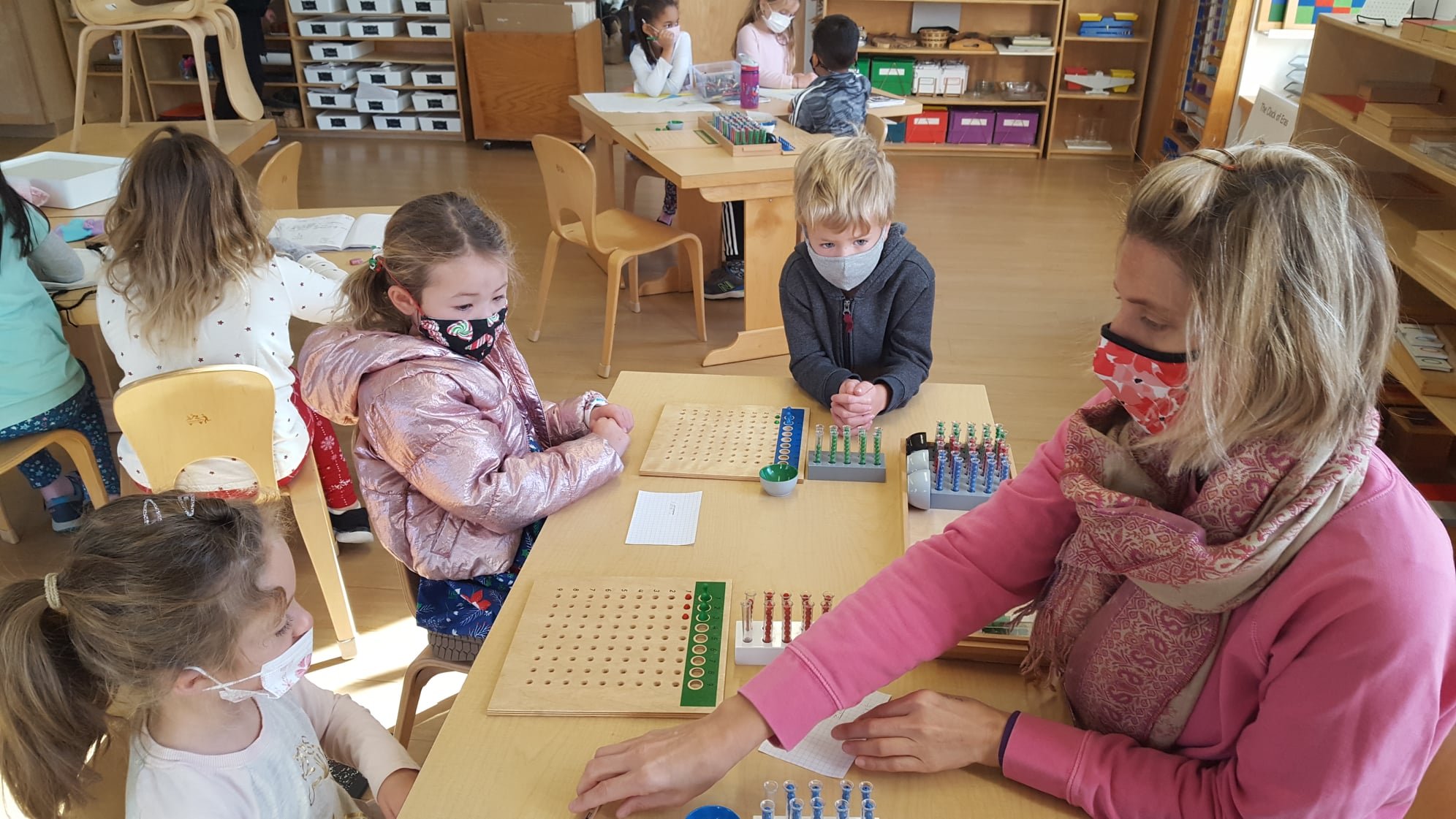

 In today’s world, emotional literacy and well-being are vital for the flourishing of our children and young adults. Montessori philosophy naturally fosters this because we care about the development of the whole child—their emotional, physical, social, and intellectual development.
In today’s world, emotional literacy and well-being are vital for the flourishing of our children and young adults. Montessori philosophy naturally fosters this because we care about the development of the whole child—their emotional, physical, social, and intellectual development. In a Montessori environment, children are encouraged to pursue their unique learning styles; they aren’t rushed to master content for tests; and there’s no pile-on homework after a long school day. Montessori does not arbitrarily confine students in a one-size-fits-all grade level. Instead it encourages children to explore and learn at their own pace—it keeps natural curiosity alive and fosters intrinsic motivation. Montessori develops intellectual tools that grant children the joy of being life-long learners.
In a Montessori environment, children are encouraged to pursue their unique learning styles; they aren’t rushed to master content for tests; and there’s no pile-on homework after a long school day. Montessori does not arbitrarily confine students in a one-size-fits-all grade level. Instead it encourages children to explore and learn at their own pace—it keeps natural curiosity alive and fosters intrinsic motivation. Montessori develops intellectual tools that grant children the joy of being life-long learners. Another way Montessori supports emotional well-being is through movement. In her work with children, Dr. Maria Montessori observed a need for movement and a drive to explore the world through the hands. We know from our own experience that we are connected body and mind. How we use our bodies affects our concentration, outlook, and emotions. Nutrition, sleep, and exercise (read, “movement”!) are critical in the development of strong mental health.
Another way Montessori supports emotional well-being is through movement. In her work with children, Dr. Maria Montessori observed a need for movement and a drive to explore the world through the hands. We know from our own experience that we are connected body and mind. How we use our bodies affects our concentration, outlook, and emotions. Nutrition, sleep, and exercise (read, “movement”!) are critical in the development of strong mental health. In the Montessori classroom, children choose where and with whom to sit—where their bodies are most comfortable working. Many of the materials in the classroom environment incorporate movement of the body. For example, children move around the classroom to gather the materials for work; they manipulate small beads to do division; they follow language commands that lead them around the environment; and they perform experiments with solids, liquids, and gasses. When children are allowed to move freely in their learning environment, we see the positive effects expressed in their enjoyment of work and their upbeat demeanor at school.
In the Montessori classroom, children choose where and with whom to sit—where their bodies are most comfortable working. Many of the materials in the classroom environment incorporate movement of the body. For example, children move around the classroom to gather the materials for work; they manipulate small beads to do division; they follow language commands that lead them around the environment; and they perform experiments with solids, liquids, and gasses. When children are allowed to move freely in their learning environment, we see the positive effects expressed in their enjoyment of work and their upbeat demeanor at school. In addition to movement, nature has a powerful effect on our mental health. Numerous studies including those cited
In addition to movement, nature has a powerful effect on our mental health. Numerous studies including those cited 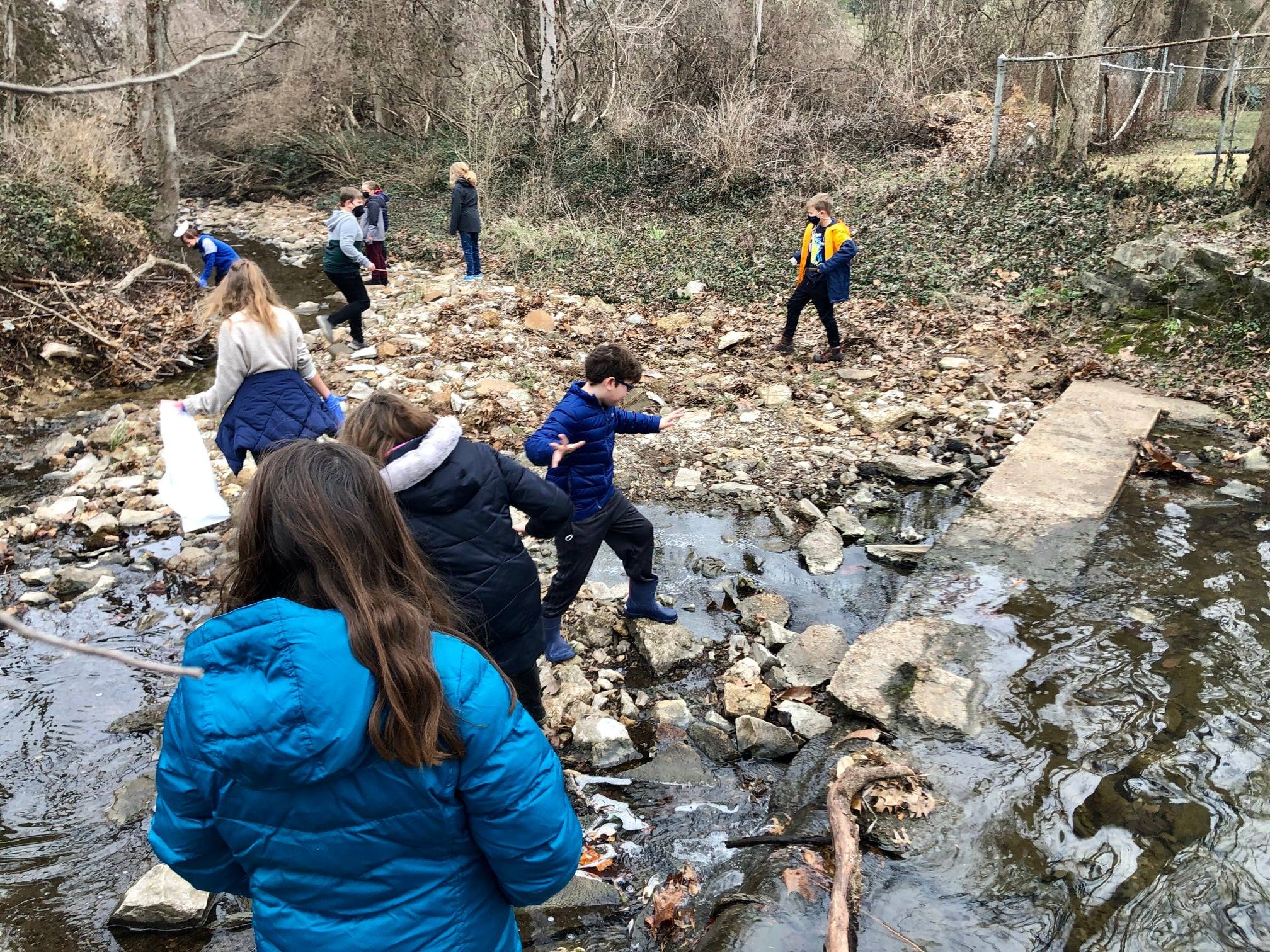 Finally, Montessori guides seamlessly weave techniques into their lessons that help children manage their challenging emotions. For example, guides model positive self-talk when a child is struggling to learn something new. They offer social scripts to help students navigate conflict; for instance, “I need some time alone before I’m ready to talk,” or “It made me feel... when you…” VdM guides employ specific lessons and work choices geared toward the development of emotional literacy as well. Some guides lead regular meditation practice, yoga, or teach breathing techniques to calm bodies and minds. Specific areas of the classroom environments are set up for children to practice calming techniques, such as a finger labyrinth or yoga poses.
Finally, Montessori guides seamlessly weave techniques into their lessons that help children manage their challenging emotions. For example, guides model positive self-talk when a child is struggling to learn something new. They offer social scripts to help students navigate conflict; for instance, “I need some time alone before I’m ready to talk,” or “It made me feel... when you…” VdM guides employ specific lessons and work choices geared toward the development of emotional literacy as well. Some guides lead regular meditation practice, yoga, or teach breathing techniques to calm bodies and minds. Specific areas of the classroom environments are set up for children to practice calming techniques, such as a finger labyrinth or yoga poses.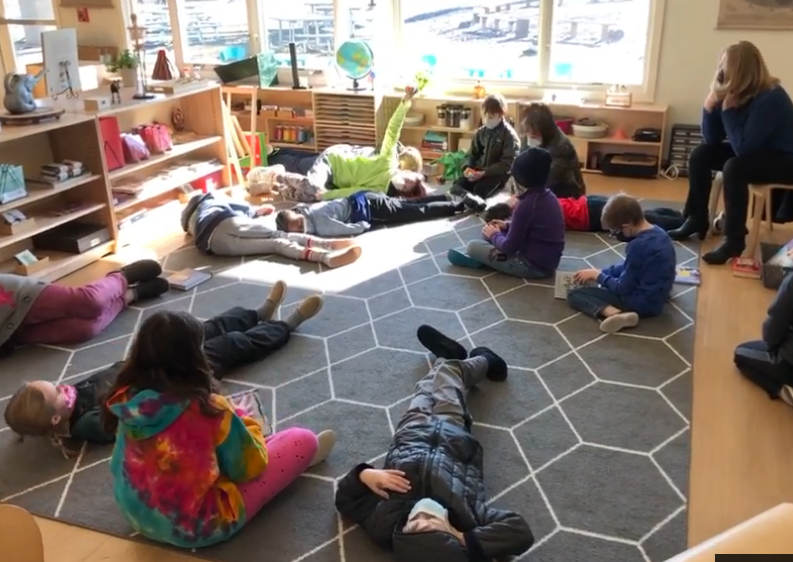 The wheel of emotions is a beautiful material that gives students a robust understanding of their feelings and those around them.
The wheel of emotions is a beautiful material that gives students a robust understanding of their feelings and those around them.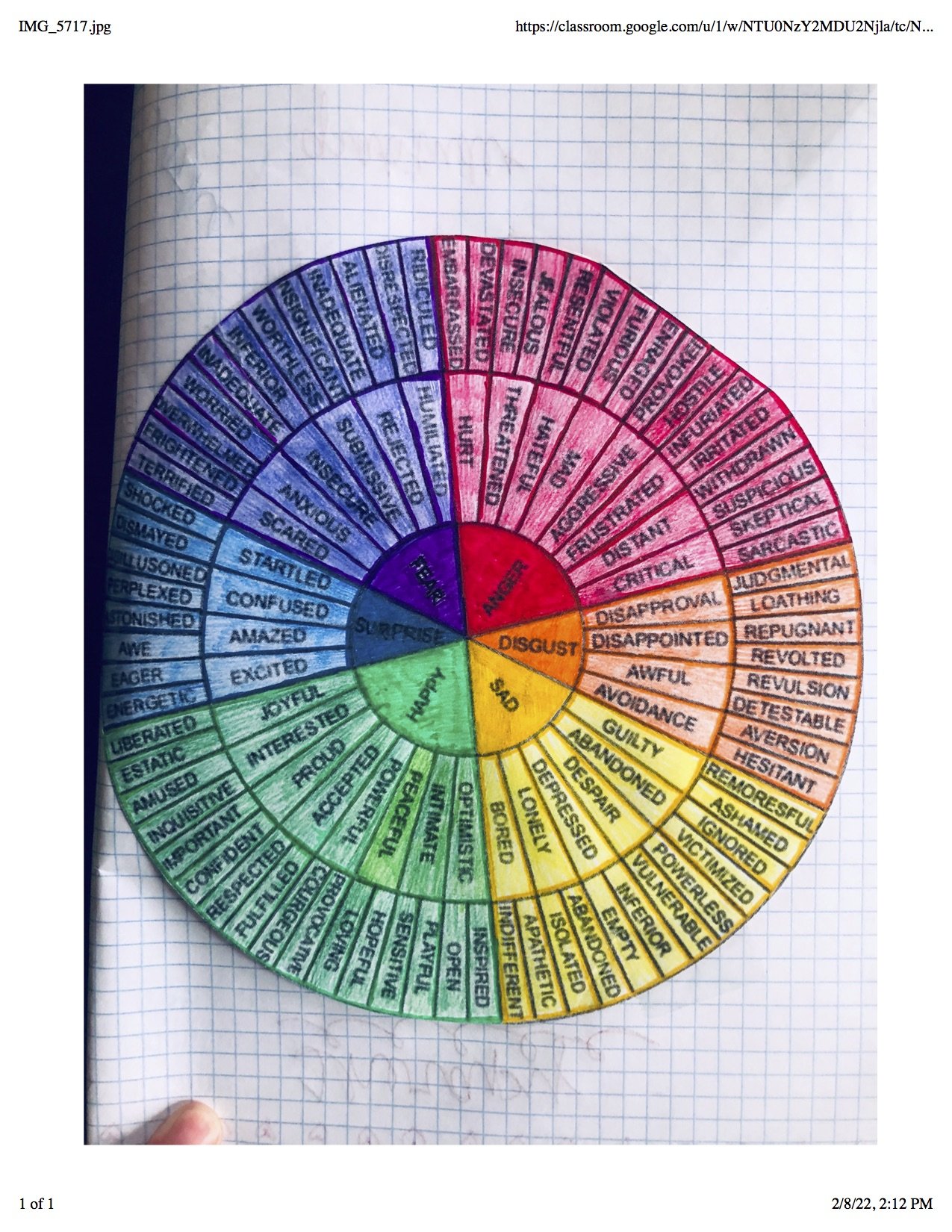 At Villa di Maria we are grateful to accompany each child in their unique journey and contribute to the prioritization of emotional literacy and well-being in education and our world. We are raising future leaders that care about the individual and all the complex facets of human beings.
At Villa di Maria we are grateful to accompany each child in their unique journey and contribute to the prioritization of emotional literacy and well-being in education and our world. We are raising future leaders that care about the individual and all the complex facets of human beings.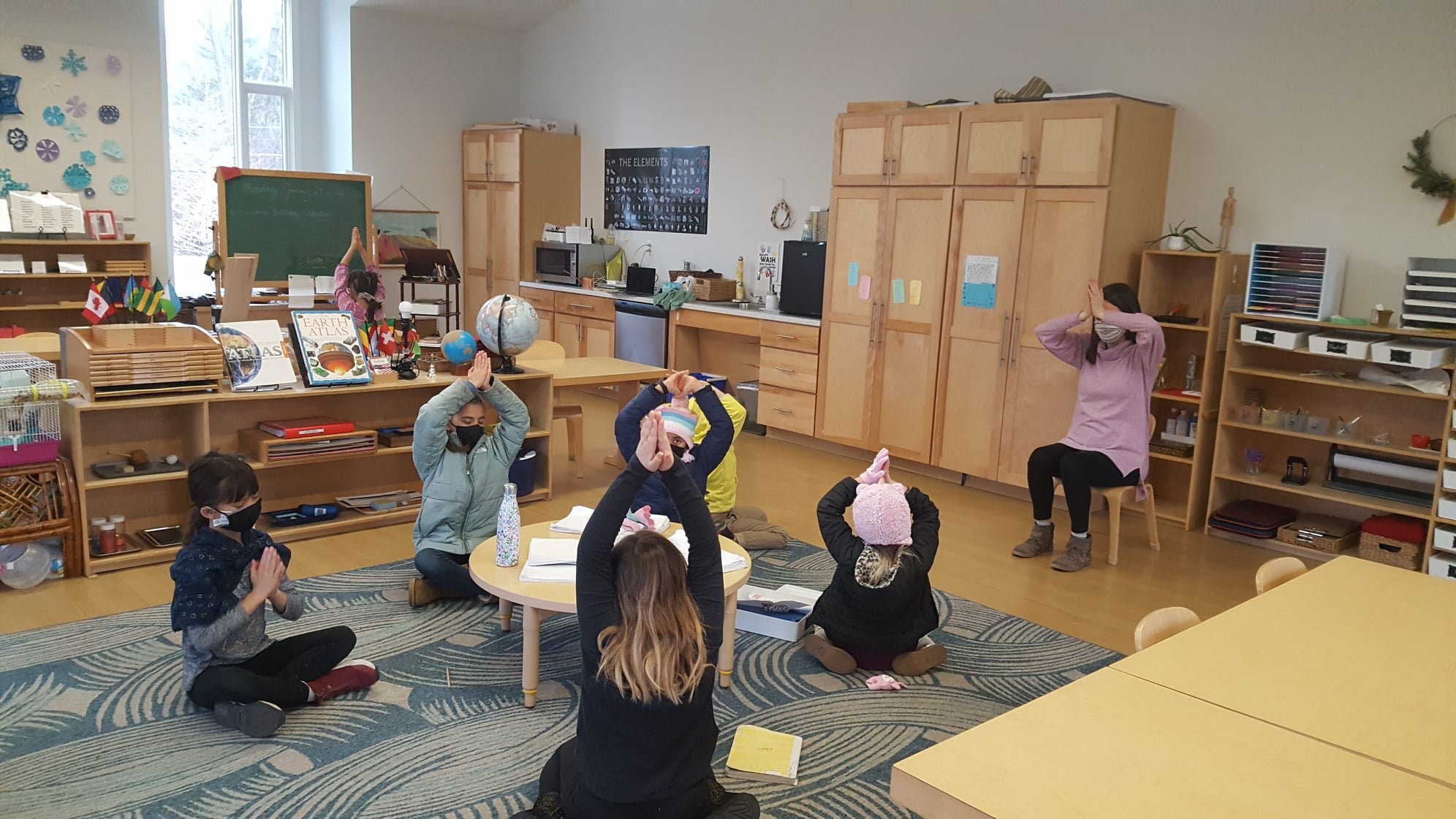
 The very best part of Villa di Maria is our people. Our community of families, faculty and staff is something to be proud of. In this series, We are VdM, we’ll highlight the energies, talents, humor and wisdom of some of our amazing people.Today, we'll meet Jess, Michael, Sammy and Ellie Jente. Jess joined VdM in 2013 as the assistant in the P1 Children's House and has been on parental leave to care for her daughter Ellie this school year. Sammy joined us on campus this school year in Mrs. Steinman's Children's House.
The very best part of Villa di Maria is our people. Our community of families, faculty and staff is something to be proud of. In this series, We are VdM, we’ll highlight the energies, talents, humor and wisdom of some of our amazing people.Today, we'll meet Jess, Michael, Sammy and Ellie Jente. Jess joined VdM in 2013 as the assistant in the P1 Children's House and has been on parental leave to care for her daughter Ellie this school year. Sammy joined us on campus this school year in Mrs. Steinman's Children's House.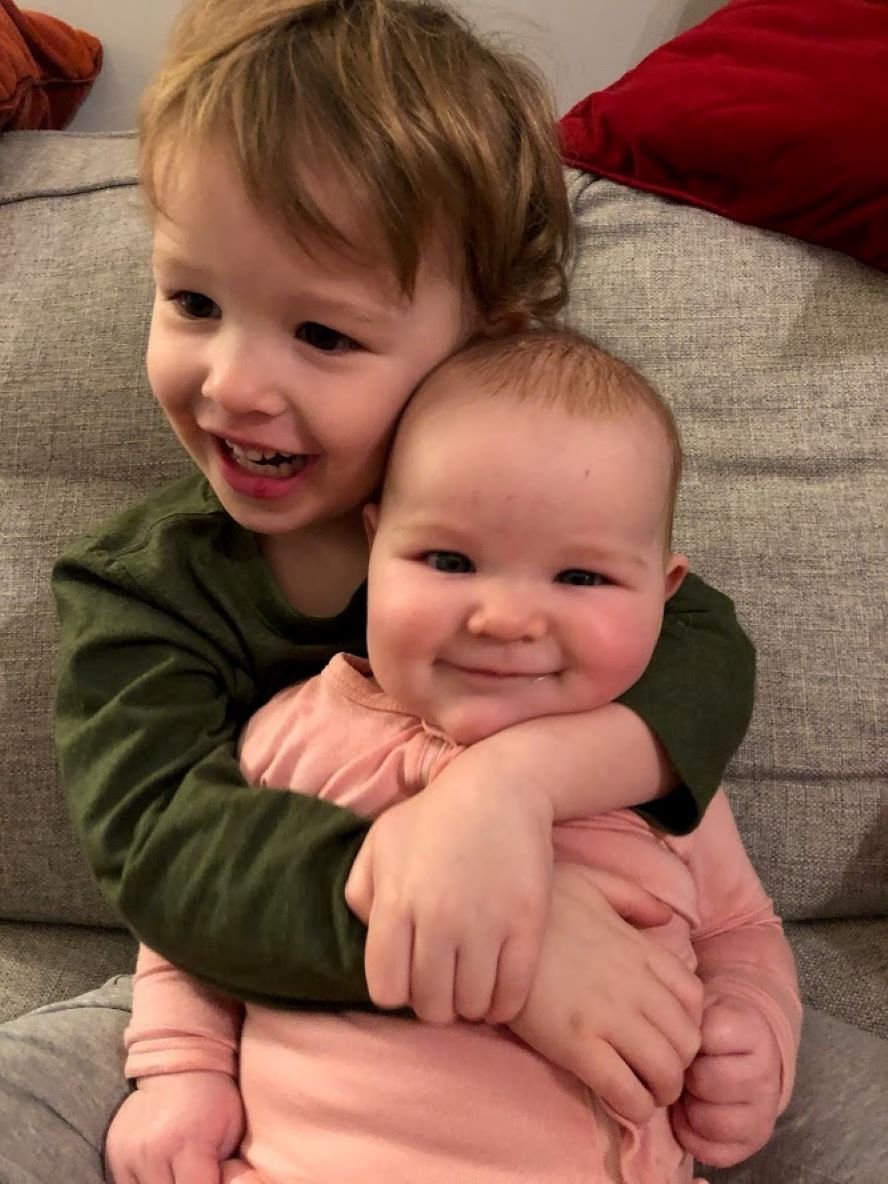 Villa di Maria: Tell us a bit about your family.Jess: Michael and I met in high school in 2004 (!!) and have been together ever since. We’ve been married almost 9 years. St. Louis has been our home our whole lives except for one lovely year spent in Sioux Falls, South Dakota for Michael’s job. After returning to St. Louis, we eventually bought and renovated Michael’s grandparents house and moved in when I was 1,000 months pregnant with Sammy. Sammy turned three in January and loves swimming, anything train related, riding his bike, going on adventures around town, and spending time with his grandparents and cousins. Sammy started VdM this year in P3, just a couple weeks after his sister, Ellie, was born. Sammy has been such a kind and helpful big brother. He LOVES school and spinning with his friends on the playground. He can’t wait to see Mrs. Steinman and Madame Beth again!
Villa di Maria: Tell us a bit about your family.Jess: Michael and I met in high school in 2004 (!!) and have been together ever since. We’ve been married almost 9 years. St. Louis has been our home our whole lives except for one lovely year spent in Sioux Falls, South Dakota for Michael’s job. After returning to St. Louis, we eventually bought and renovated Michael’s grandparents house and moved in when I was 1,000 months pregnant with Sammy. Sammy turned three in January and loves swimming, anything train related, riding his bike, going on adventures around town, and spending time with his grandparents and cousins. Sammy started VdM this year in P3, just a couple weeks after his sister, Ellie, was born. Sammy has been such a kind and helpful big brother. He LOVES school and spinning with his friends on the playground. He can’t wait to see Mrs. Steinman and Madame Beth again!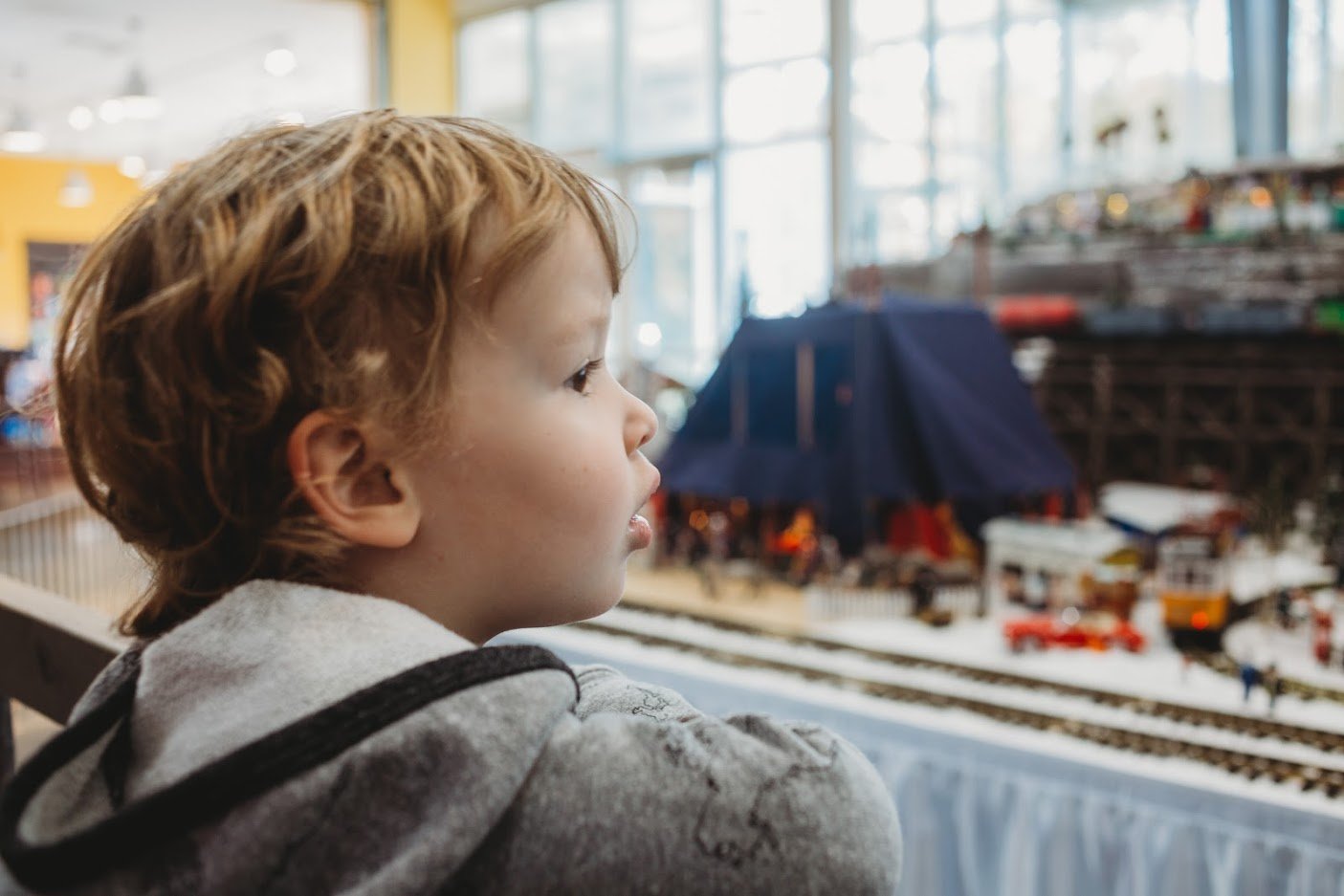
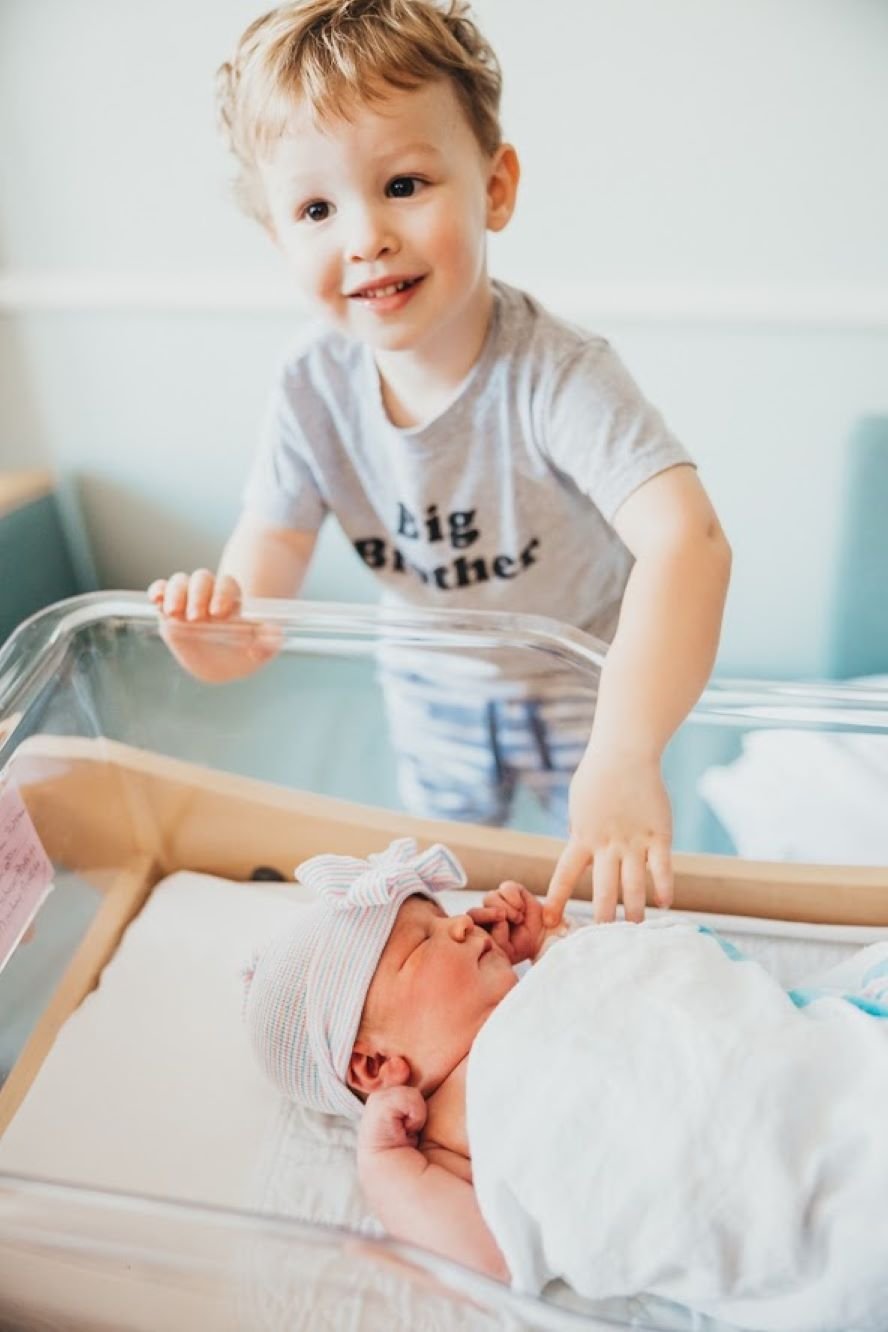
 VdM: How did you find Montessori and what brought you to VdM?Jess: I happened to stumble upon Montessori and VdM the summer before Michael and I moved to Sioux Falls. My friend, Ms. Megan, was looking for an assistant for the Montessori Mornings program to work with Mrs. McAuley. I had just quit a job that wasn’t meant to be in PR and took Megan up on her offer for the summer. I was a long time Camp Pegnita attendee, from ages 5 - 12, and then worked as a counselor many summers in high school. I was so excited to be back, doing something new.Reghan quickly taught me the ropes of the classroom and I was intrigued to know more. I love how Montessori fosters independence in the child, and watching the children move about the classroom in their special prepared environment is truly magical. When we moved to Sioux Falls, I worked in a more traditional school setting and realized how much I appreciated and agreed with the Montessori method. I came back to VdM the following summer and have been here ever since (except when having babies). Sammy had been on the VdM waitlist since he was born in January 2017!
VdM: How did you find Montessori and what brought you to VdM?Jess: I happened to stumble upon Montessori and VdM the summer before Michael and I moved to Sioux Falls. My friend, Ms. Megan, was looking for an assistant for the Montessori Mornings program to work with Mrs. McAuley. I had just quit a job that wasn’t meant to be in PR and took Megan up on her offer for the summer. I was a long time Camp Pegnita attendee, from ages 5 - 12, and then worked as a counselor many summers in high school. I was so excited to be back, doing something new.Reghan quickly taught me the ropes of the classroom and I was intrigued to know more. I love how Montessori fosters independence in the child, and watching the children move about the classroom in their special prepared environment is truly magical. When we moved to Sioux Falls, I worked in a more traditional school setting and realized how much I appreciated and agreed with the Montessori method. I came back to VdM the following summer and have been here ever since (except when having babies). Sammy had been on the VdM waitlist since he was born in January 2017!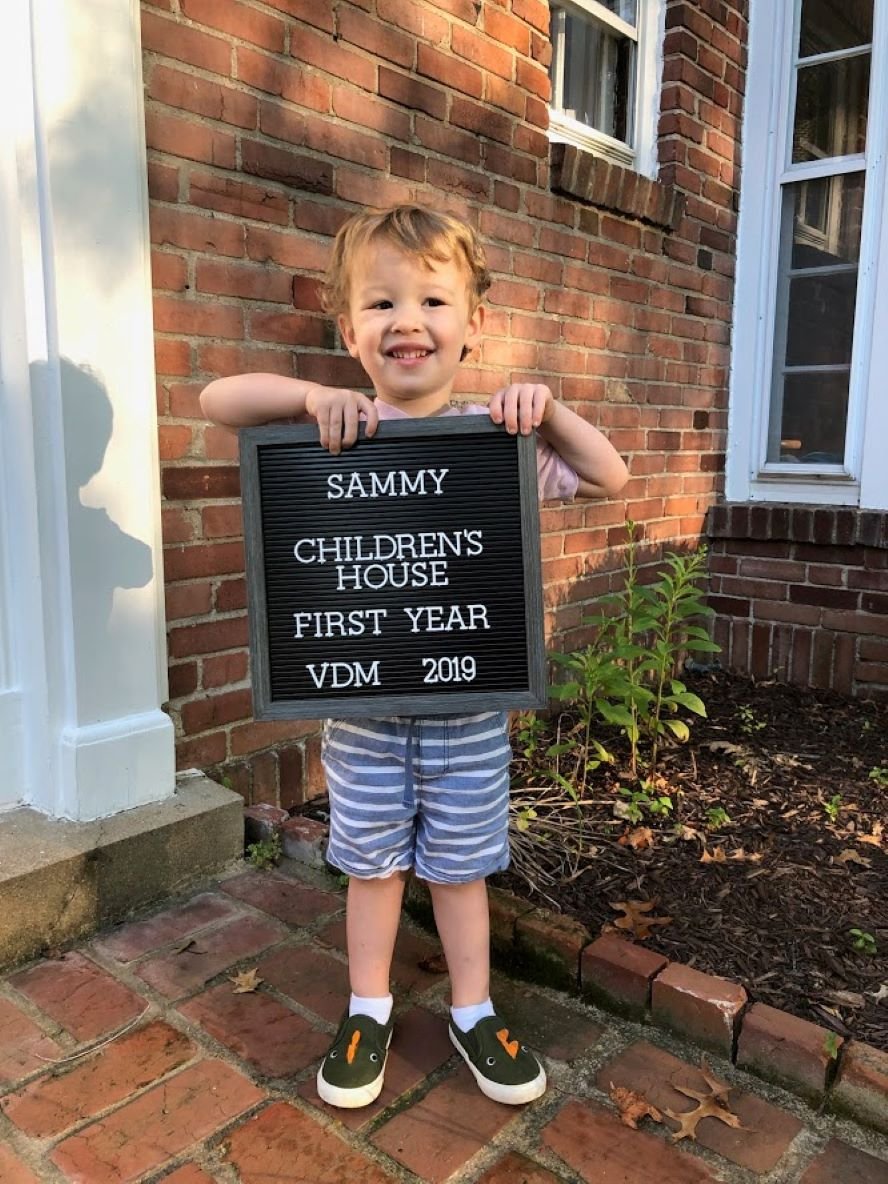 VdM: What do you and your spouse do, career-wise?
VdM: What do you and your spouse do, career-wise?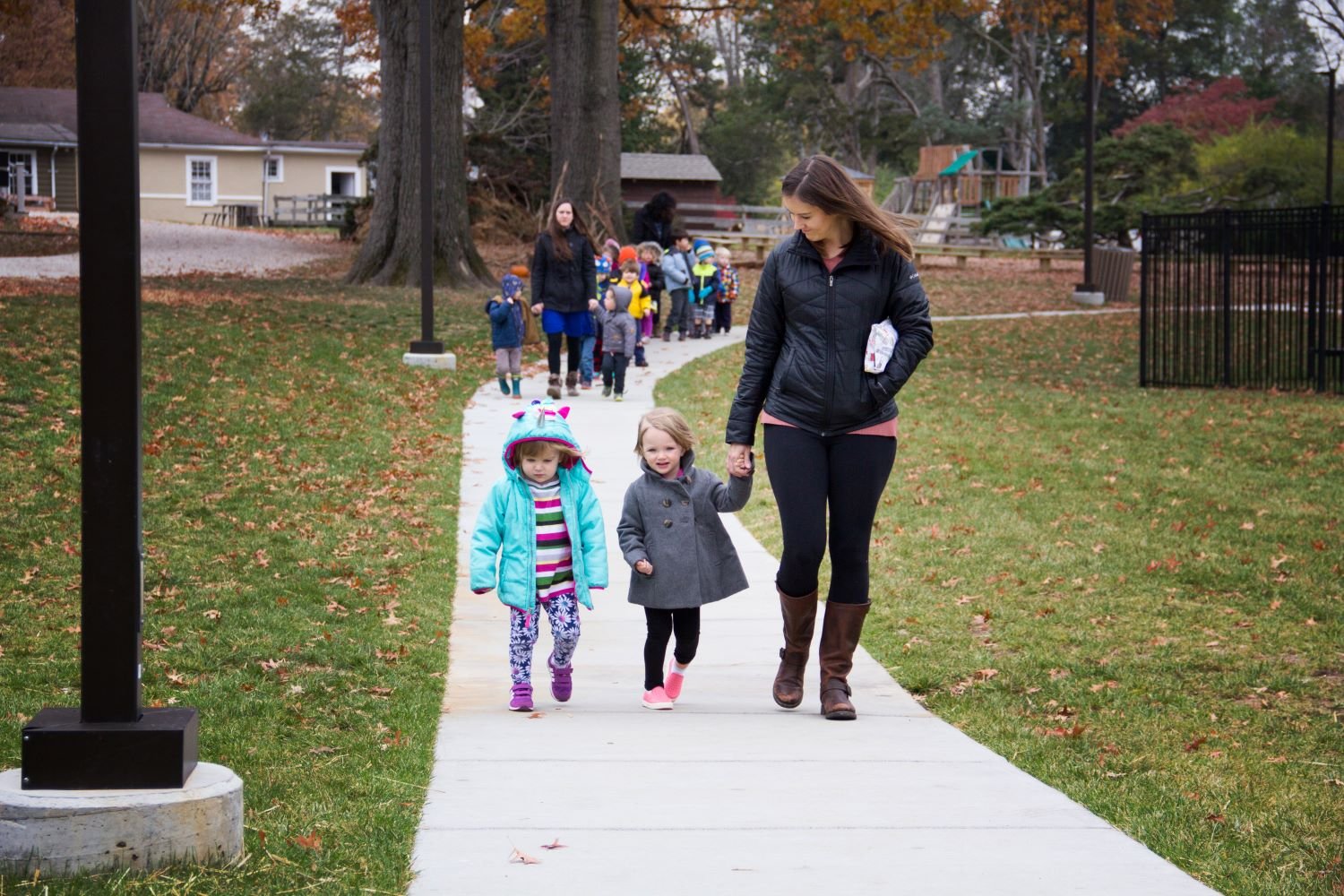 VdM: What is something your family is doing to make the most of this extended break?
VdM: What is something your family is doing to make the most of this extended break?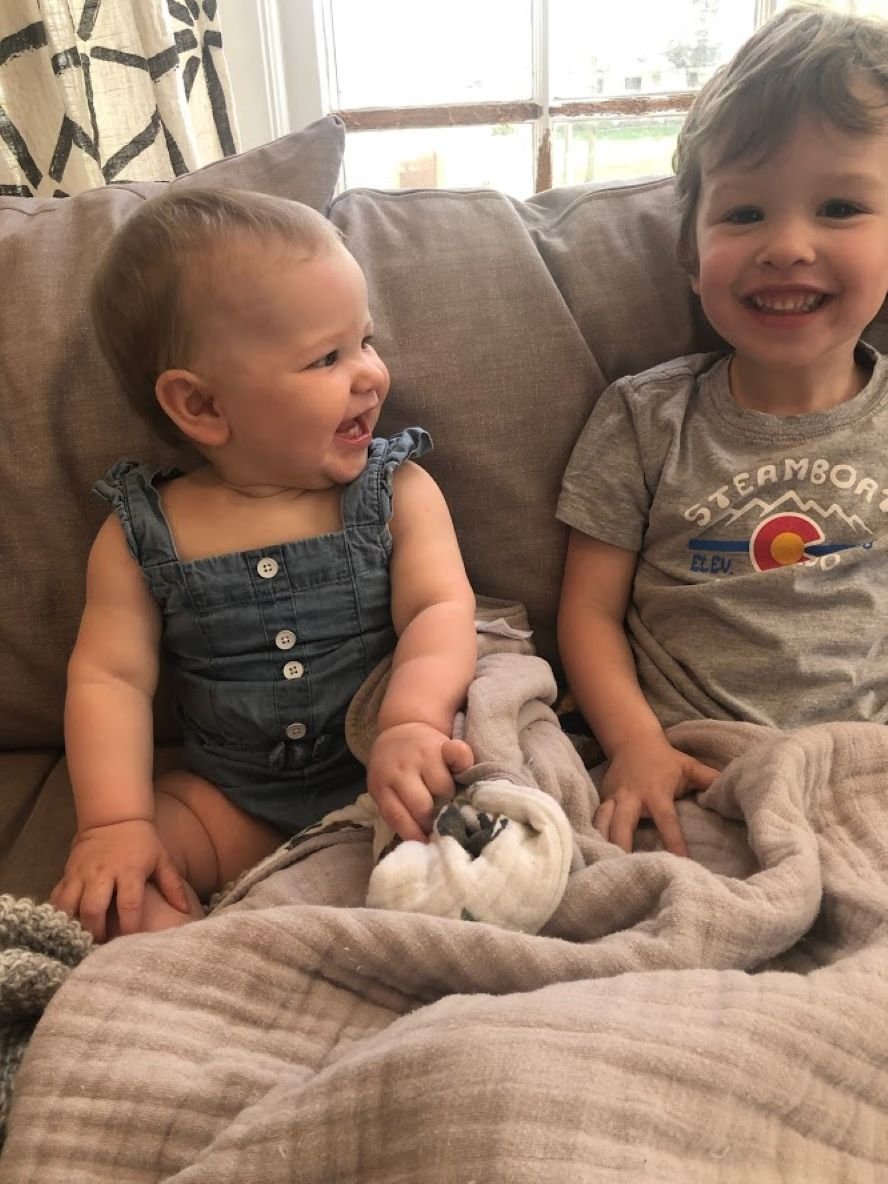
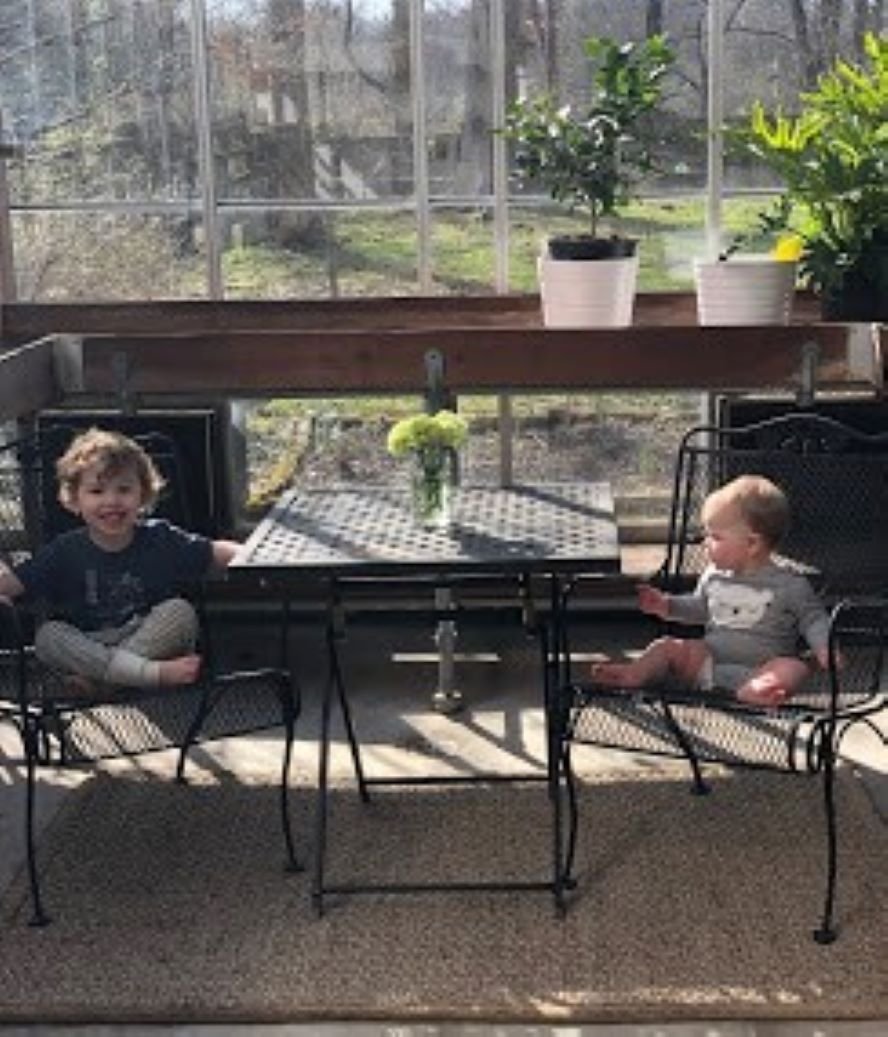
 VdM: A question for Sammy - What are you most excited about this summer?Sammy: I am excited to play in the sprinkler! I like to ride my bicycle in the sprinkler.
VdM: A question for Sammy - What are you most excited about this summer?Sammy: I am excited to play in the sprinkler! I like to ride my bicycle in the sprinkler.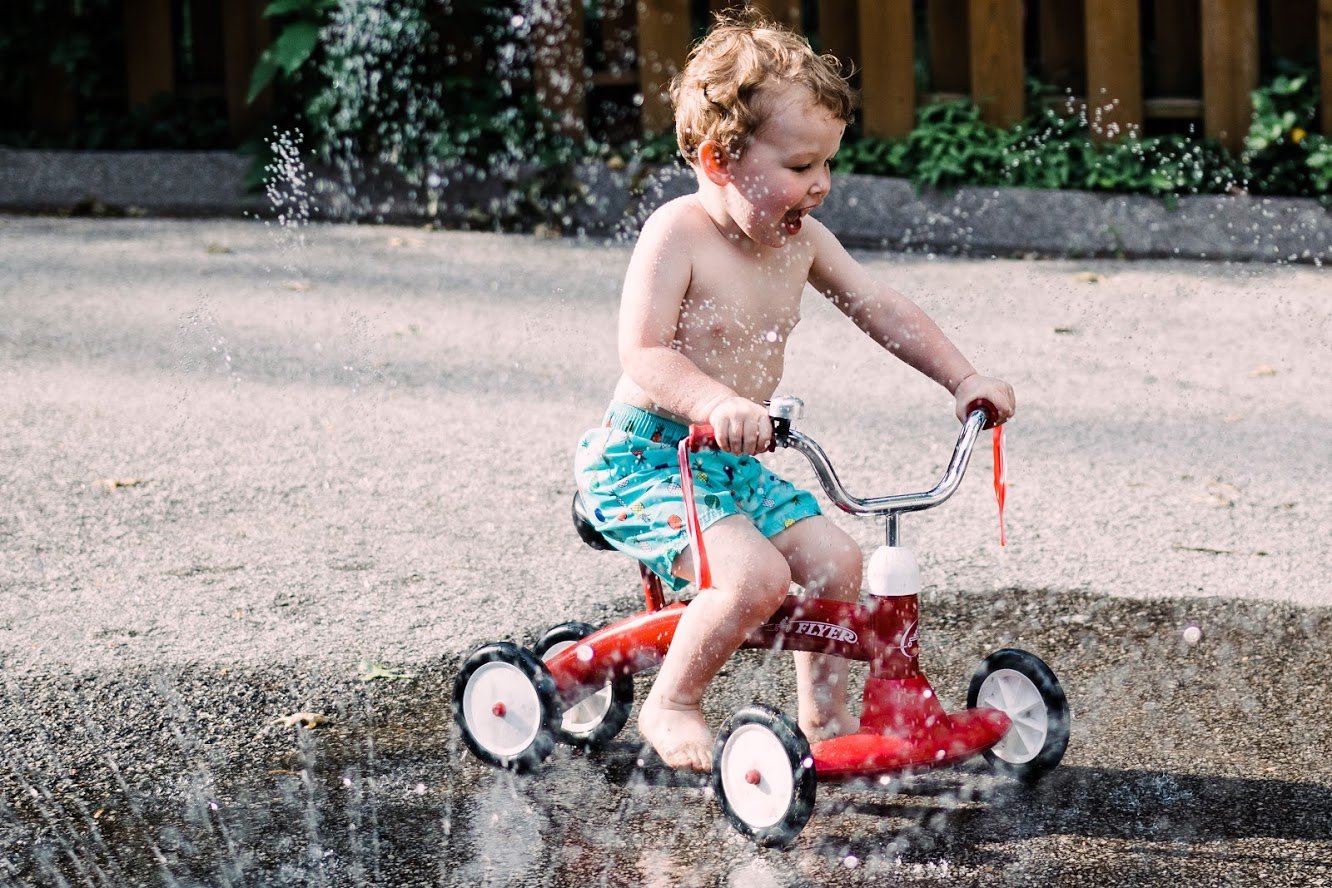
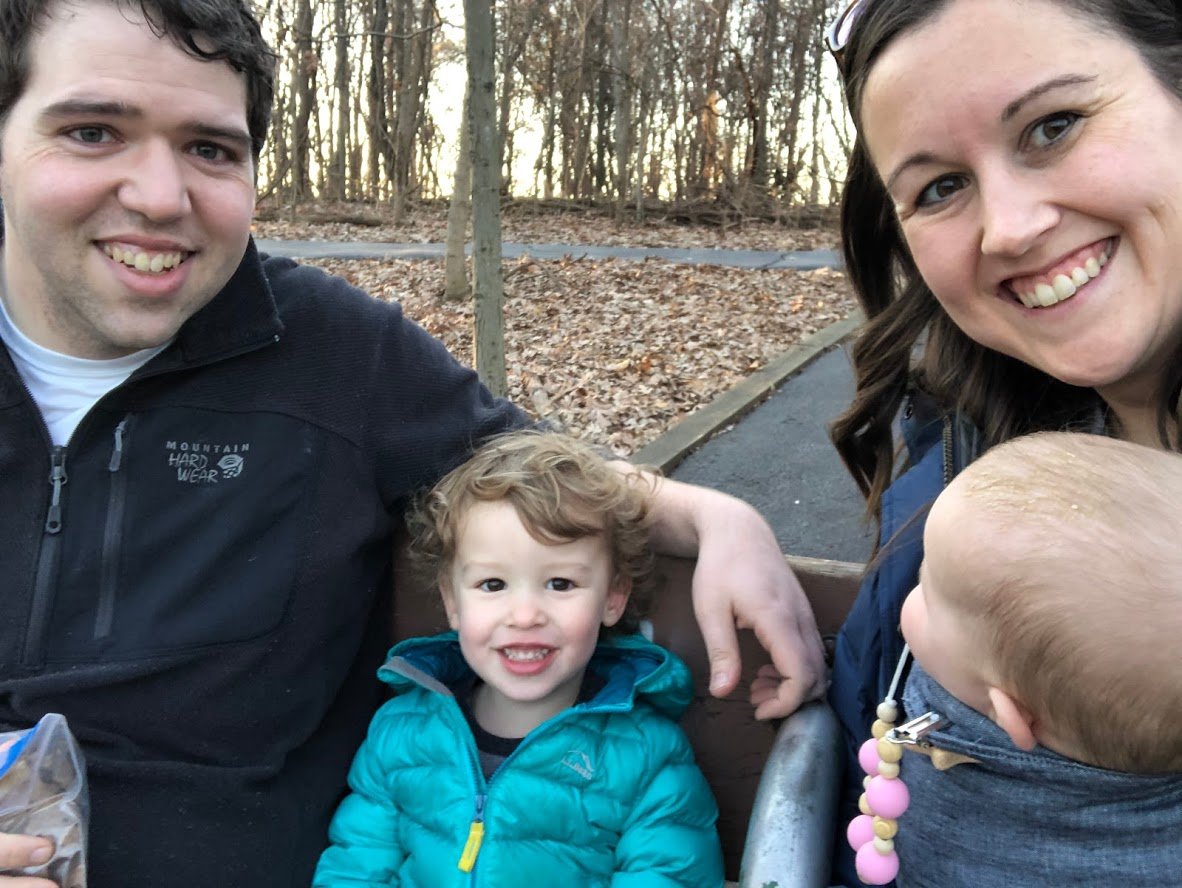 Thank you, Jess, Michael, Sammy and Ellie. We can't wait to see you all again soon!Uncredited photos courtesy of the Jente family.
Thank you, Jess, Michael, Sammy and Ellie. We can't wait to see you all again soon!Uncredited photos courtesy of the Jente family. The very best part of Villa di Maria is our people. Our community of families, faculty and staff is something to be proud of and something to hold onto during our school's COVID-19 closure. In this series, We are VdM, we’ll highlight the energies, talents, humor and wisdom of some of our amazing people—and we'll stay connected! Today, we'll meet Lauren, Andrew, Selena and Lincoln Scott. Selena joined Mrs. Steinman's Children's House in 2018, and Lincoln will join her in the fall.Villa di Maria: Tell us a bit about you and your family.Lauren: Hello! We are the Scott family! I am Lauren and my husband is Andrew. We have two children: Selena (P3) who is 5 and Lincoln (soon to be P3) who is 2. Can’t forget to mention our sweet pooch, Oliver. We currently reside in Ballwin. I grew up Arnold, MO and Andrew grew up in Jamaica until he was 17. We met in college at Missouri Baptist University. We both majored in Biology and participated in the track & field. It’s funny—something else we had in common was the same last name!
The very best part of Villa di Maria is our people. Our community of families, faculty and staff is something to be proud of and something to hold onto during our school's COVID-19 closure. In this series, We are VdM, we’ll highlight the energies, talents, humor and wisdom of some of our amazing people—and we'll stay connected! Today, we'll meet Lauren, Andrew, Selena and Lincoln Scott. Selena joined Mrs. Steinman's Children's House in 2018, and Lincoln will join her in the fall.Villa di Maria: Tell us a bit about you and your family.Lauren: Hello! We are the Scott family! I am Lauren and my husband is Andrew. We have two children: Selena (P3) who is 5 and Lincoln (soon to be P3) who is 2. Can’t forget to mention our sweet pooch, Oliver. We currently reside in Ballwin. I grew up Arnold, MO and Andrew grew up in Jamaica until he was 17. We met in college at Missouri Baptist University. We both majored in Biology and participated in the track & field. It’s funny—something else we had in common was the same last name!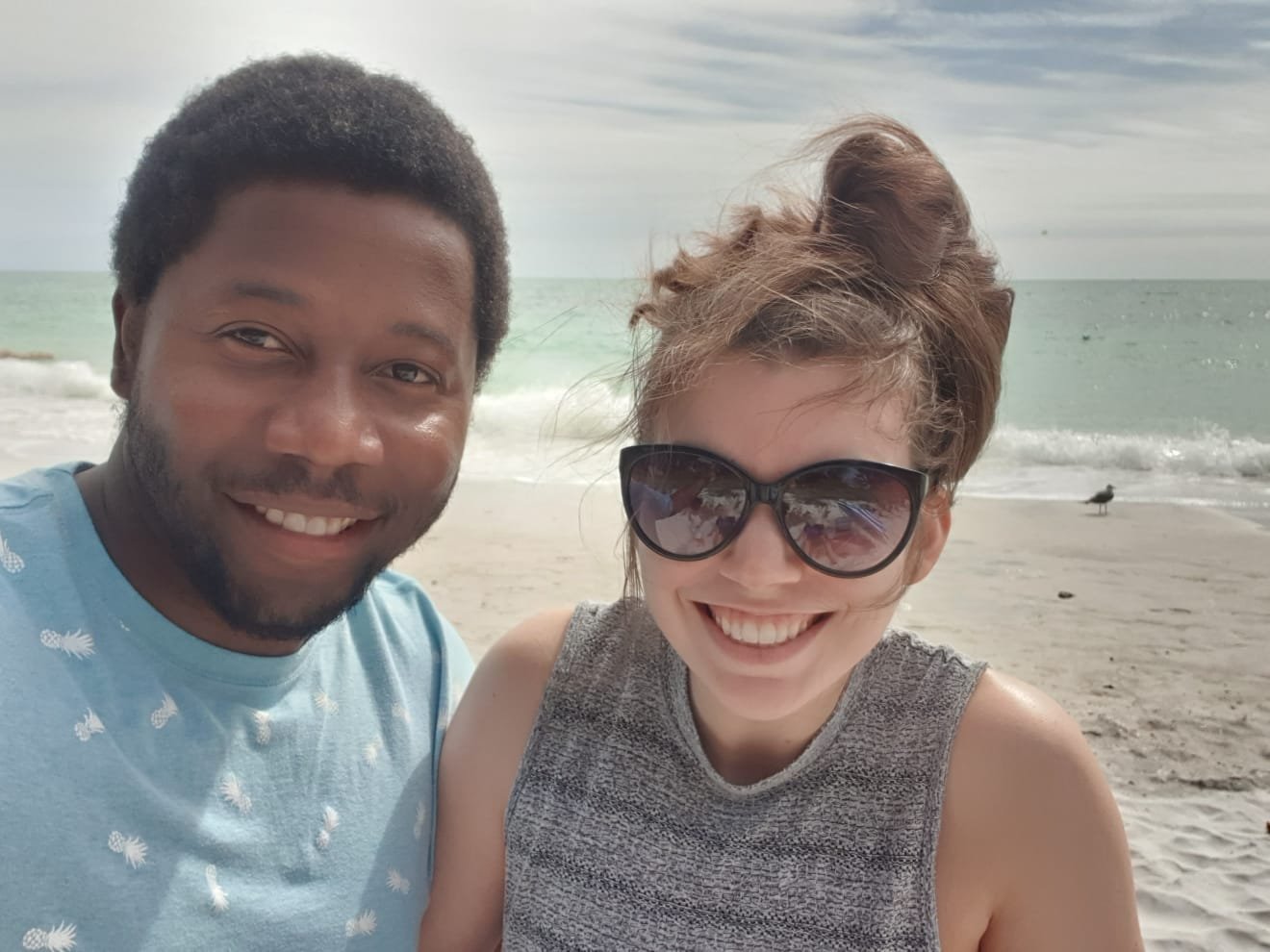 VdM: How did you find Montessori and what brought you to
VdM: How did you find Montessori and what brought you to 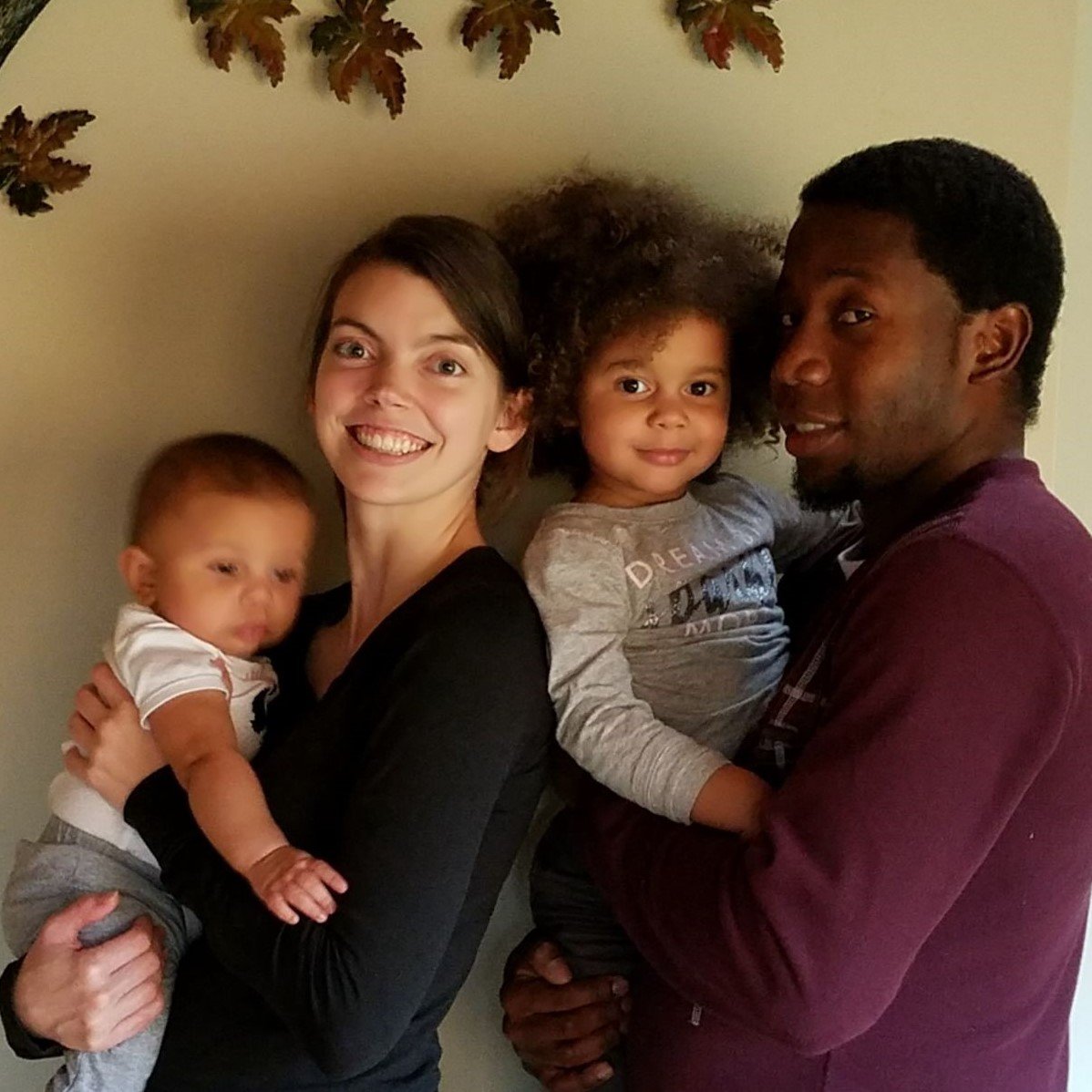 VdM: What do you and your spouse do, career-wise?Lauren: I am a registered nurse at Barnes-Jewish Hospital on an acute medicine floor. I have recently graduated from a family nurse practitioner program and cannot wait to transition into a new role, hopefully soon!Andrew has a Doctor of Chiropractic degree from Logan University. Shortly after graduation, he realized his passion still lies in track & field, so he has started his own track & field club named Tallawah Track & Field. In Jamaica, the word Tallawah means “small, but strong.” He also coaches at Whitfield High School in the spring as a track & field coach. He loves to work with the student athletes and help them find their confidence to not only navigate the sport, but in life as well.
VdM: What do you and your spouse do, career-wise?Lauren: I am a registered nurse at Barnes-Jewish Hospital on an acute medicine floor. I have recently graduated from a family nurse practitioner program and cannot wait to transition into a new role, hopefully soon!Andrew has a Doctor of Chiropractic degree from Logan University. Shortly after graduation, he realized his passion still lies in track & field, so he has started his own track & field club named Tallawah Track & Field. In Jamaica, the word Tallawah means “small, but strong.” He also coaches at Whitfield High School in the spring as a track & field coach. He loves to work with the student athletes and help them find their confidence to not only navigate the sport, but in life as well.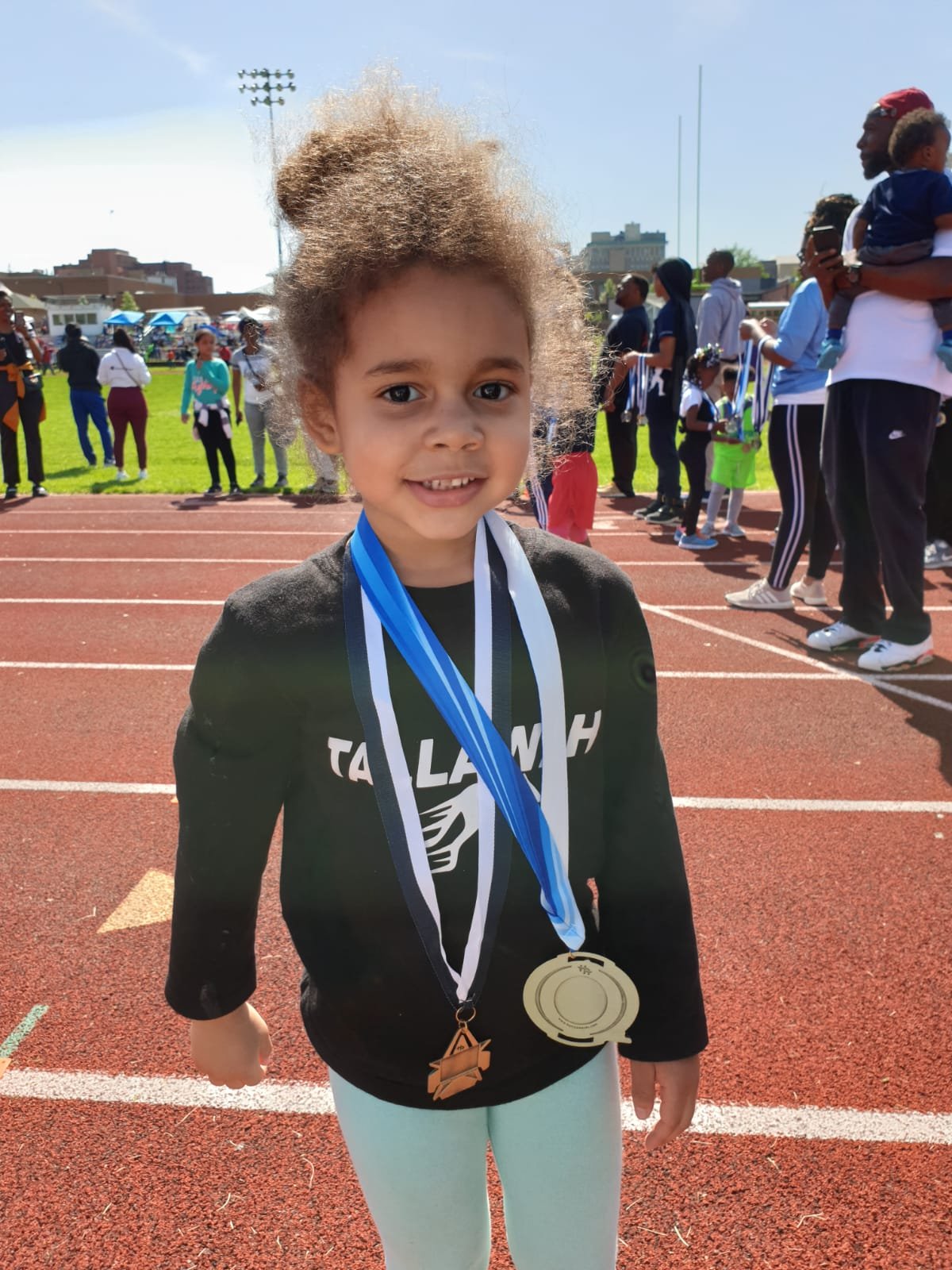
 VdM: Tell us something your family is doing to make the most of this extended break from school?Lauren: To make the most of this extended break, we have been doing a lot of outdoor play that includes nature walks to the creek and bike riding, lots of practice with our daily work from the google classroom, and just enjoying the time that we have together by playing games, watching movies, and baking. Selena does miss her friends very much but the Zoom meetings and videos from the VdM staff always bring a smile to her face so we are very thankful for that. One thing I’m very thankful for is that Lincoln and Selena have become very close during this quarantine and do EVERYTHING together.
VdM: Tell us something your family is doing to make the most of this extended break from school?Lauren: To make the most of this extended break, we have been doing a lot of outdoor play that includes nature walks to the creek and bike riding, lots of practice with our daily work from the google classroom, and just enjoying the time that we have together by playing games, watching movies, and baking. Selena does miss her friends very much but the Zoom meetings and videos from the VdM staff always bring a smile to her face so we are very thankful for that. One thing I’m very thankful for is that Lincoln and Selena have become very close during this quarantine and do EVERYTHING together.
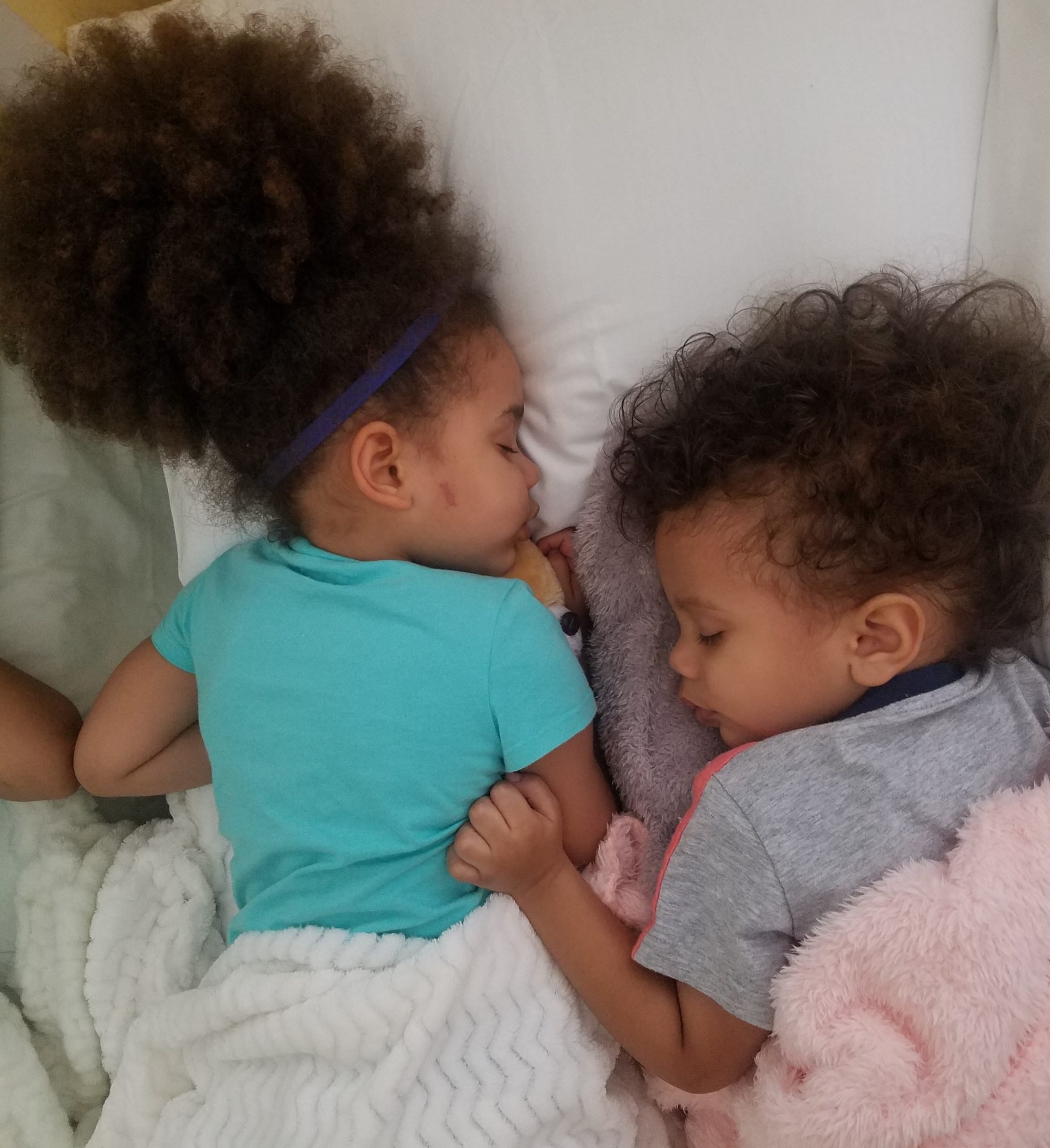
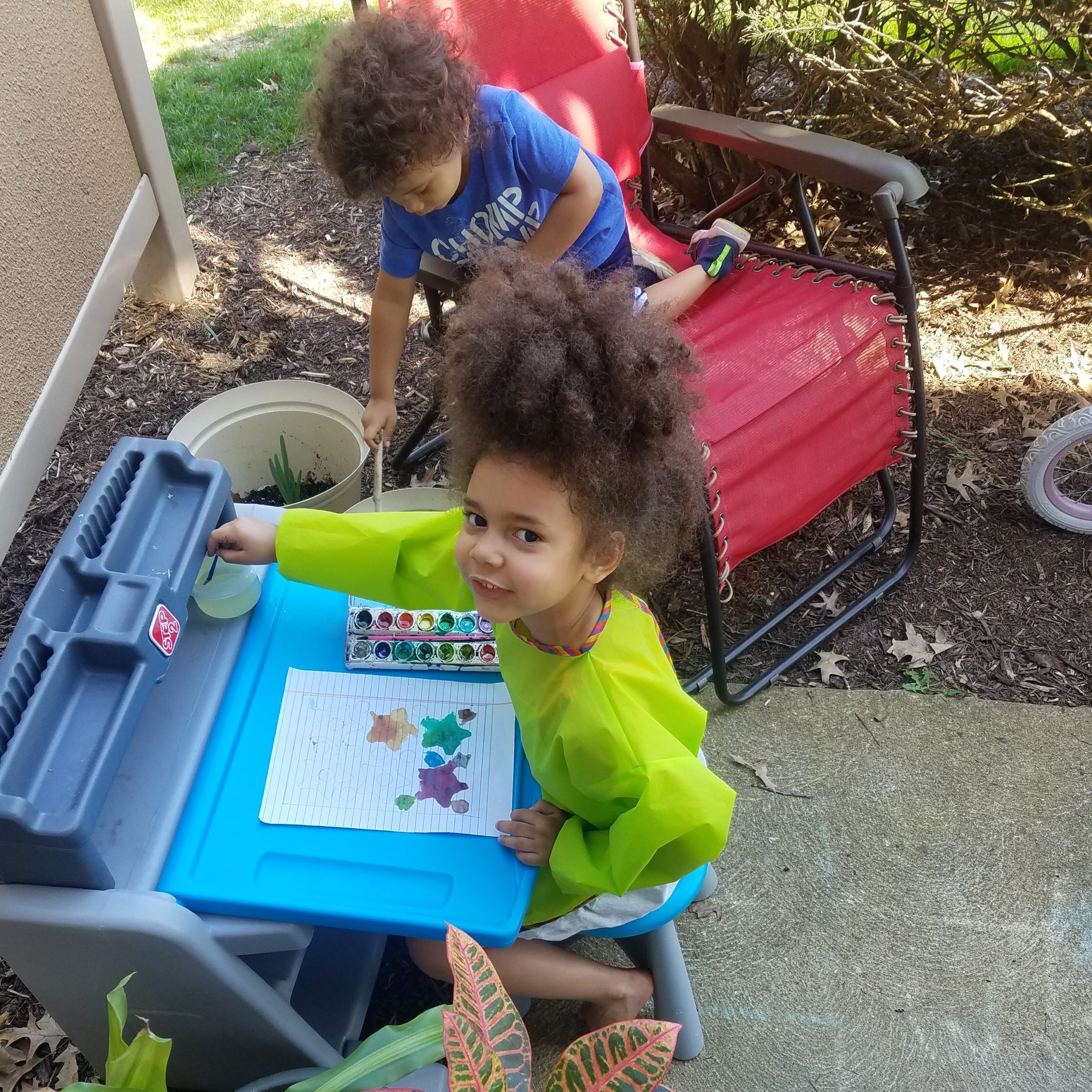 Thank you, Lauren, Andrew, Selena and Lincoln for being a part of the VdM community and for sharing your lives with us today. And a special thank you to Lauren for being a nurse. Your time, hard work and compassion keep us all safe, especially during this pandemic. We hope you continue to stay well and healthy, and we can't wait to see you all again soon.
Thank you, Lauren, Andrew, Selena and Lincoln for being a part of the VdM community and for sharing your lives with us today. And a special thank you to Lauren for being a nurse. Your time, hard work and compassion keep us all safe, especially during this pandemic. We hope you continue to stay well and healthy, and we can't wait to see you all again soon.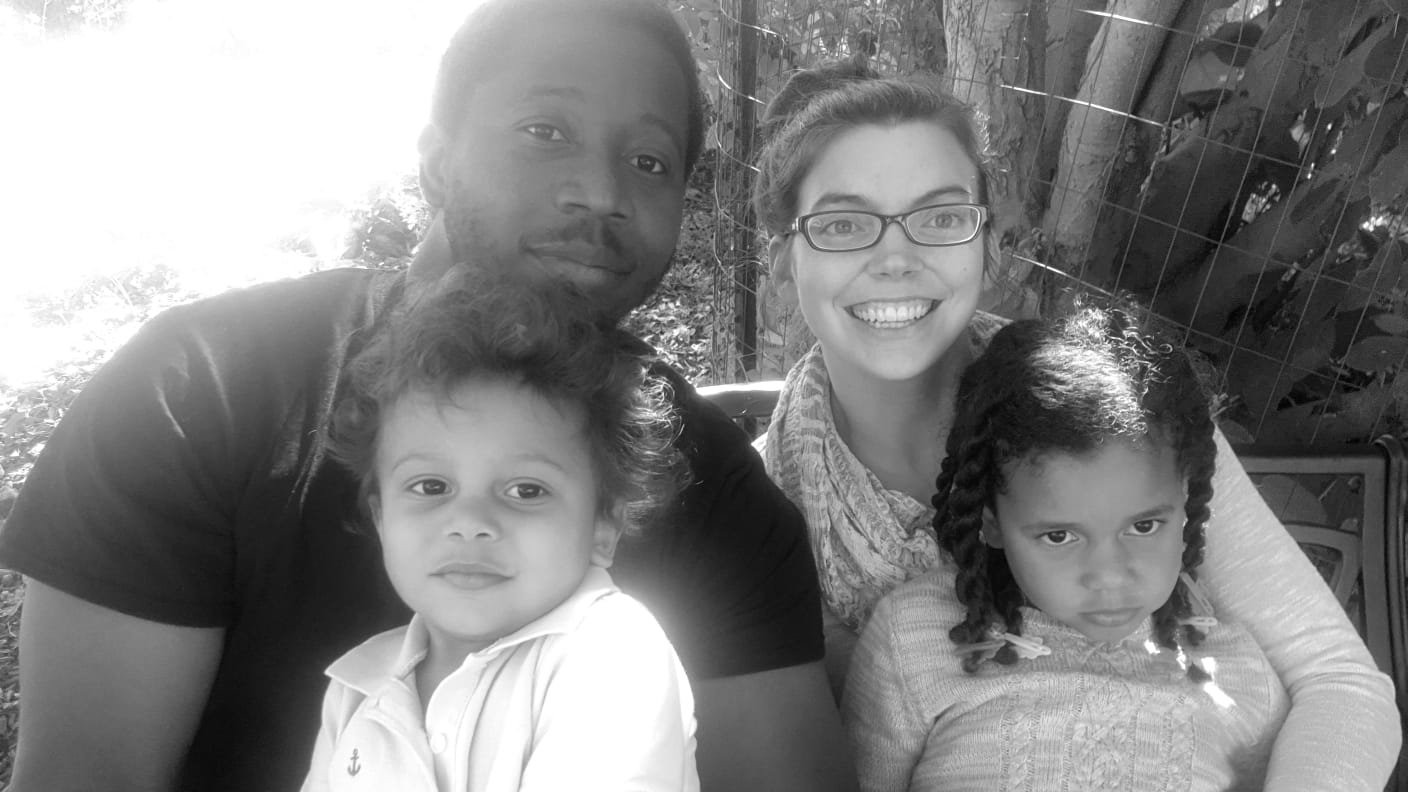 Photos courtesy of the Scott family.
Photos courtesy of the Scott family.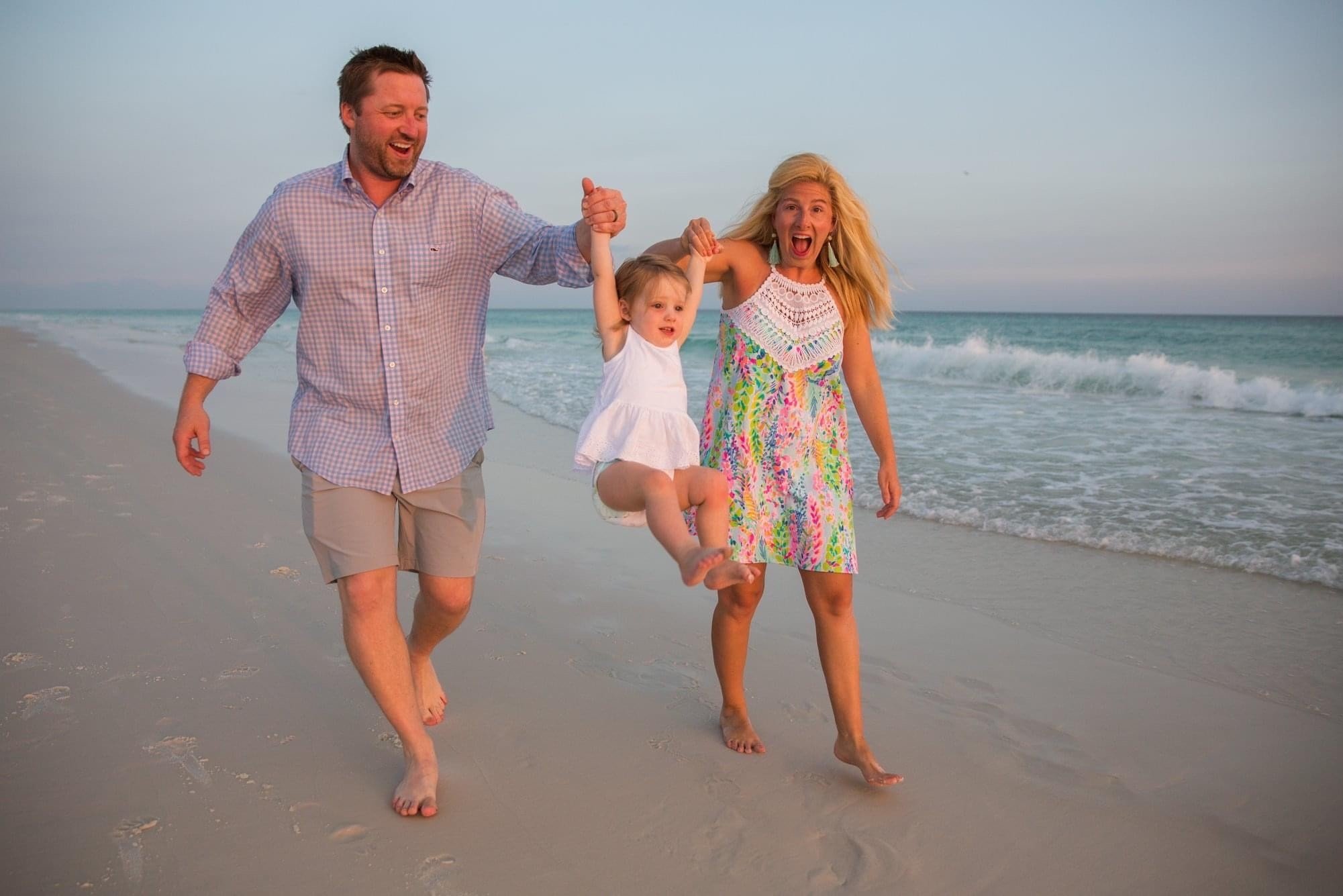 The very best part of Villa di Maria is our people. Our community of families, faculty and staff is something to be proud of and something to hold onto during our school's COVID-19 closure. In this series, We are VdM, we’ll highlight the energies, talents, humor and wisdom of some of our amazing people—and we'll stay connected! Today, we'll meet Katherine, Andy, Emma and Lillian Newbold. Emma joined Mrs. Steinman's Children's House in January of this year.
The very best part of Villa di Maria is our people. Our community of families, faculty and staff is something to be proud of and something to hold onto during our school's COVID-19 closure. In this series, We are VdM, we’ll highlight the energies, talents, humor and wisdom of some of our amazing people—and we'll stay connected! Today, we'll meet Katherine, Andy, Emma and Lillian Newbold. Emma joined Mrs. Steinman's Children's House in January of this year. Villa di Maria: Tell us a bit about you and your family.Katherine: Andy and I met at the University of Mississippi (Ole Miss) our senior year of college. We moved to St. Louis at the beginning of 2007 and have been here ever since. We had Emma in January of 2017 and Emma became a big sister to Lillian in November of last year. We love to be outside, in the summer you can catch us at the pool most weekends. We love to go to the Kirkwood Farmers Market, the Zoo and the Magic House. Our favorite vacation is our annual trip to the beach in August and are really looking forward to going this summer.
Villa di Maria: Tell us a bit about you and your family.Katherine: Andy and I met at the University of Mississippi (Ole Miss) our senior year of college. We moved to St. Louis at the beginning of 2007 and have been here ever since. We had Emma in January of 2017 and Emma became a big sister to Lillian in November of last year. We love to be outside, in the summer you can catch us at the pool most weekends. We love to go to the Kirkwood Farmers Market, the Zoo and the Magic House. Our favorite vacation is our annual trip to the beach in August and are really looking forward to going this summer.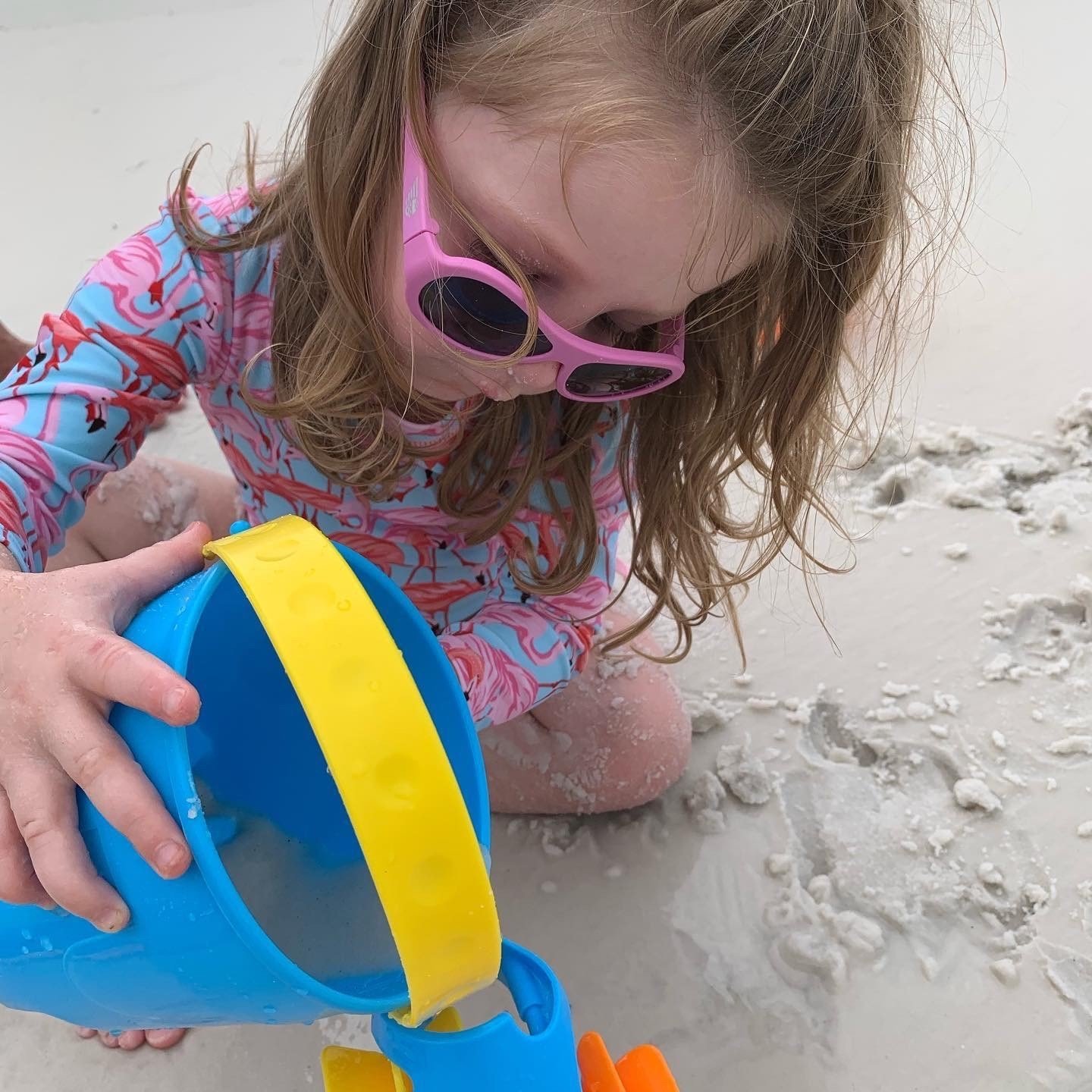 VdM: How did you find Montessori and what brought you to
VdM: How did you find Montessori and what brought you to 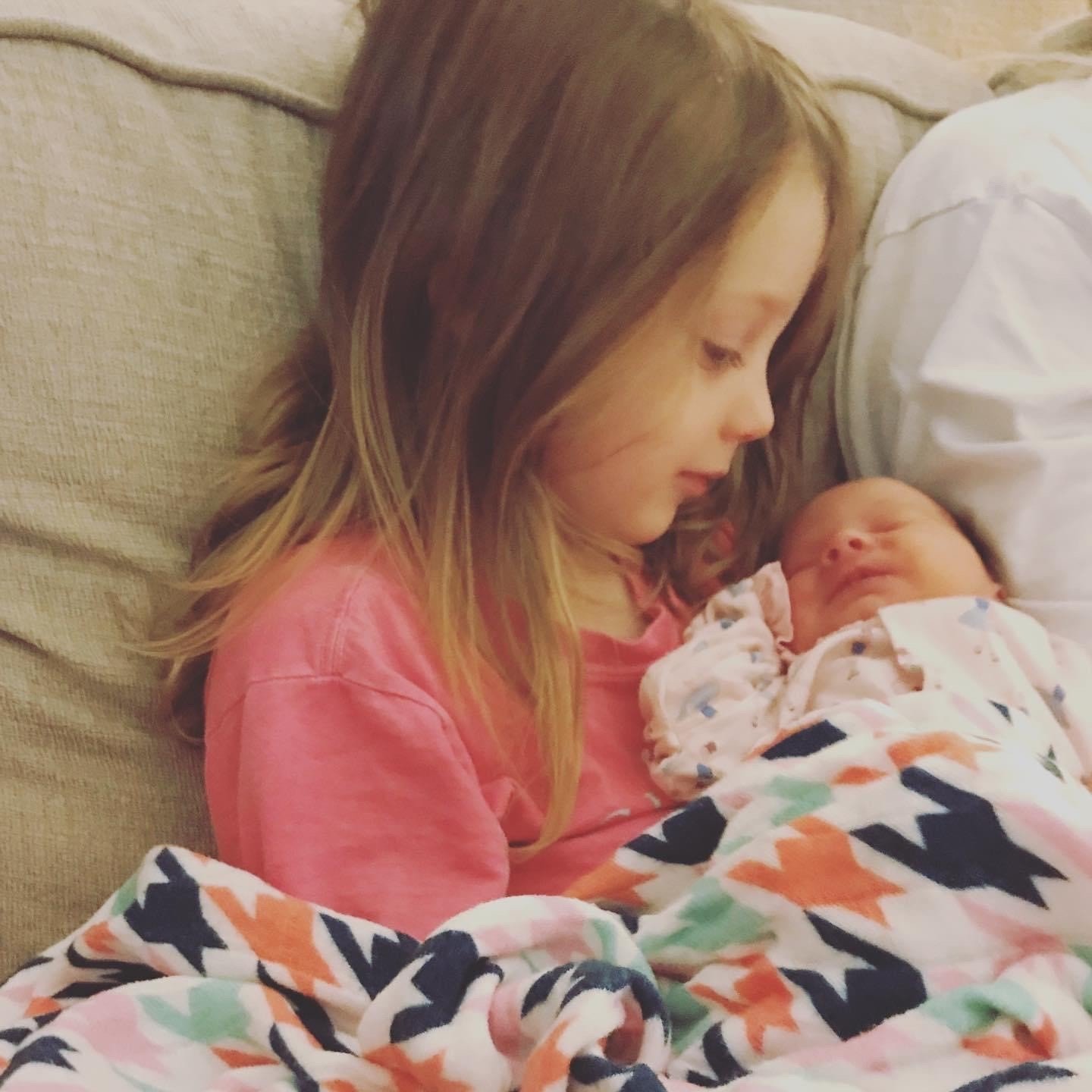 VdM: Tell us something your family is doing to make the most of this extended break from school?Katherine: We are trying to all be working in the house at the same time as well and managing a 3 year old and a 4 month old. We are trying to slow down a bit, focus on kindness, cleanliness and just making it through till we are all back to our normal routines! Trying to have some fun too!
VdM: Tell us something your family is doing to make the most of this extended break from school?Katherine: We are trying to all be working in the house at the same time as well and managing a 3 year old and a 4 month old. We are trying to slow down a bit, focus on kindness, cleanliness and just making it through till we are all back to our normal routines! Trying to have some fun too!
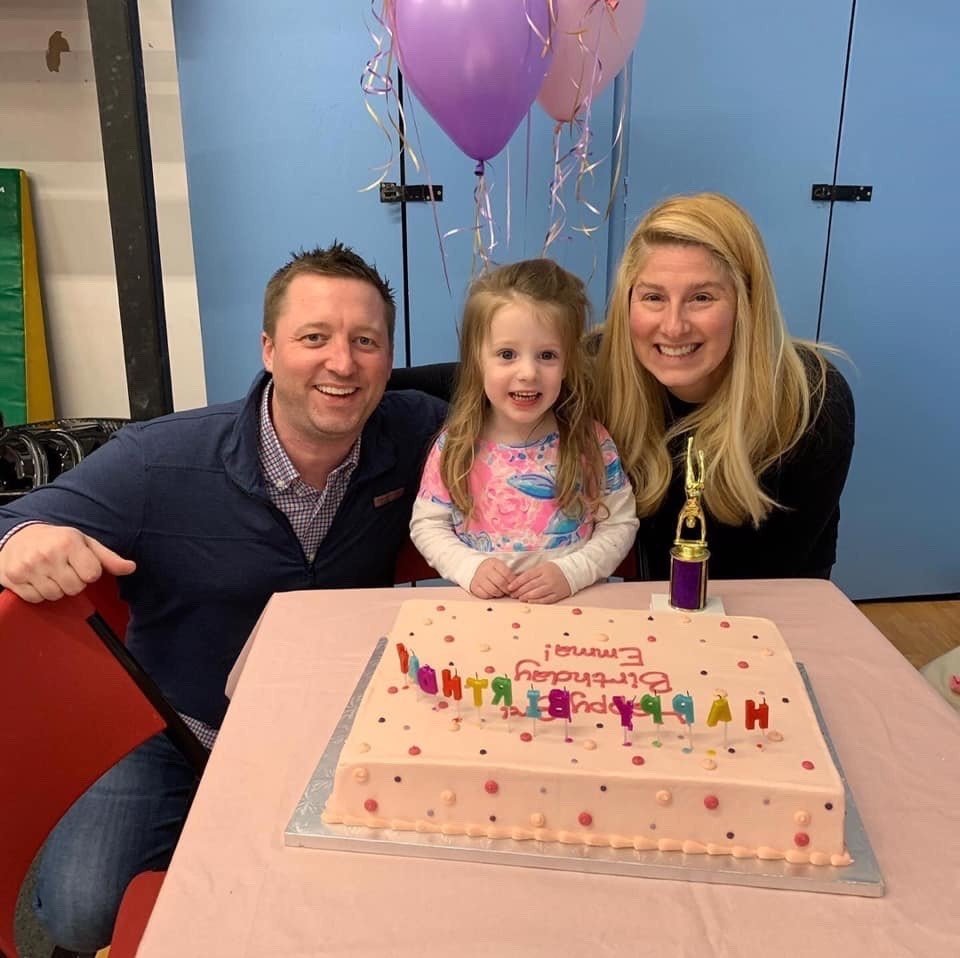 Thank you, Katherine, Andy, Emma and Lillian! We are so glad to have your family as part of the VdM family.Photos courtesy of the Newbold family.
Thank you, Katherine, Andy, Emma and Lillian! We are so glad to have your family as part of the VdM family.Photos courtesy of the Newbold family.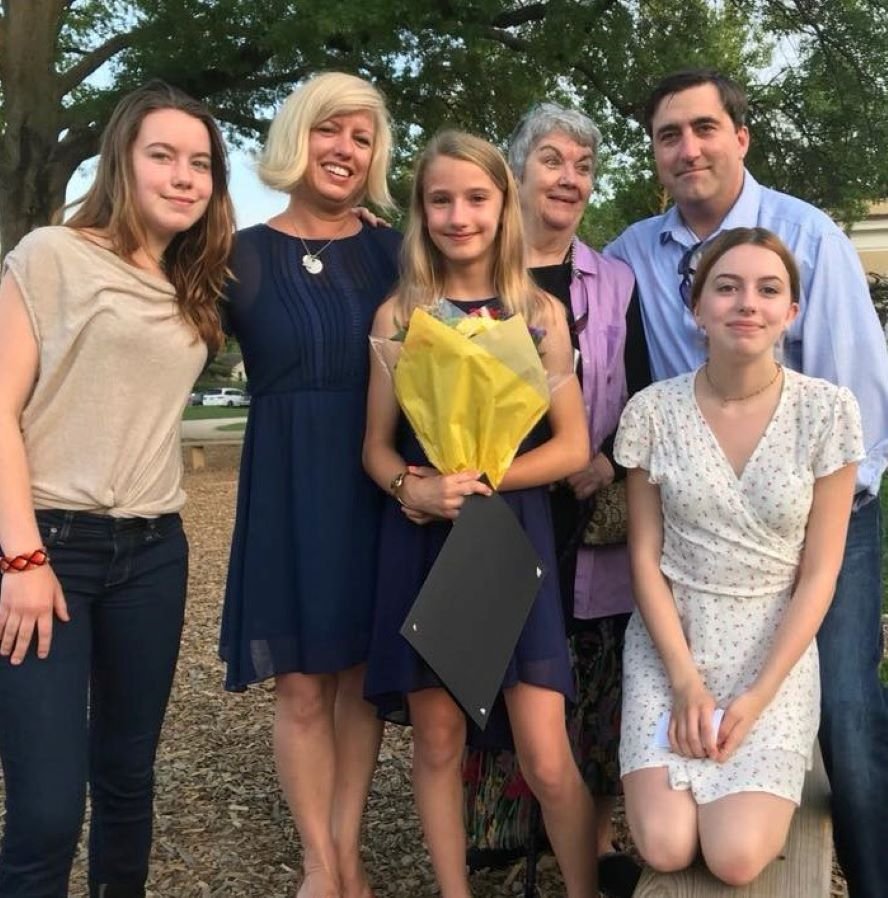 The very best part of Villa di Maria is our people. Our community of families, faculty and staff is something to be proud of and something to hold onto, especially during our school's COVID-19 closure. In this series, We are VdM, we’ll highlight the energies, talents, humor and wisdom of some of our amazing people—and we'll stay connected!In today's post, we'll meet the McAuley family: Reghan, Aidan, Brennah, Gabrielle and Ella. Reghan McAuley has been our P1 Children's House guide since 2010, but she first joined the VdM community as a parent in 2005.
The very best part of Villa di Maria is our people. Our community of families, faculty and staff is something to be proud of and something to hold onto, especially during our school's COVID-19 closure. In this series, We are VdM, we’ll highlight the energies, talents, humor and wisdom of some of our amazing people—and we'll stay connected!In today's post, we'll meet the McAuley family: Reghan, Aidan, Brennah, Gabrielle and Ella. Reghan McAuley has been our P1 Children's House guide since 2010, but she first joined the VdM community as a parent in 2005.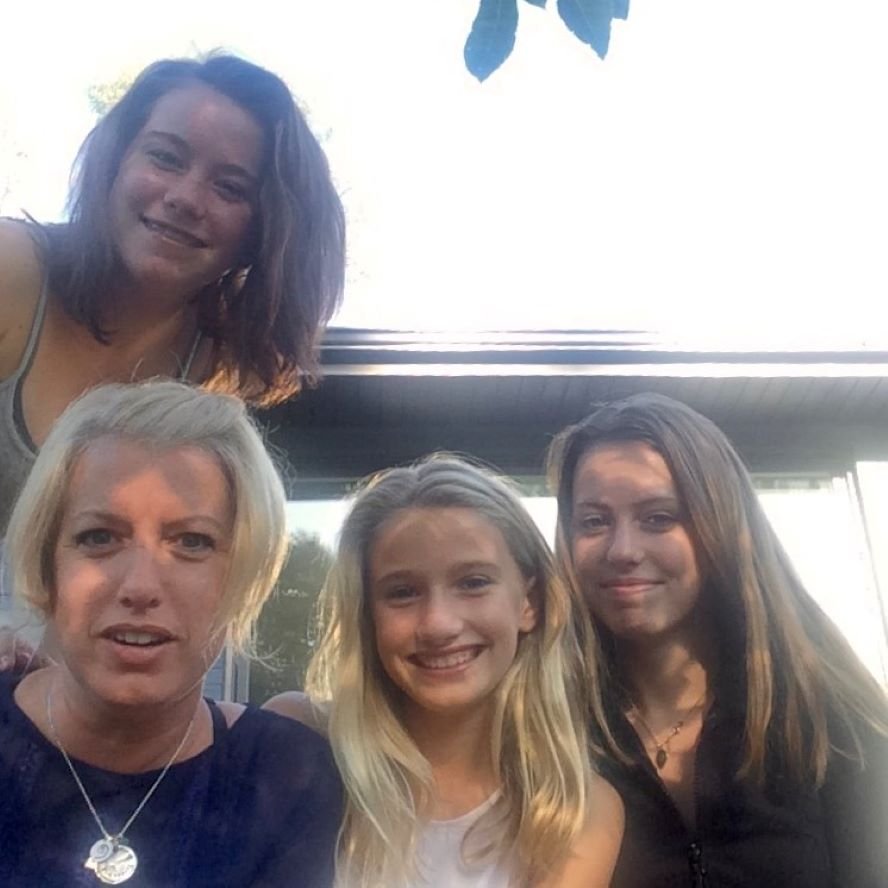 Villa di Maria: Tell us a bit about you and your family.Reghan: We are a family of five. I would describe our family unit as spunky, passionate, spontaneous, rather silly and a quite a mess at times. In order of age: Reghan, Aidan, Brennah, Gabrielle and Ella. We all love Montessori! And even though our girls have graduated, we continue to feel as though Villa is our touch stone, the place from which we pull our strength. We feel privileged and honored to be a part of the Villa di Maria community.
Villa di Maria: Tell us a bit about you and your family.Reghan: We are a family of five. I would describe our family unit as spunky, passionate, spontaneous, rather silly and a quite a mess at times. In order of age: Reghan, Aidan, Brennah, Gabrielle and Ella. We all love Montessori! And even though our girls have graduated, we continue to feel as though Villa is our touch stone, the place from which we pull our strength. We feel privileged and honored to be a part of the Villa di Maria community.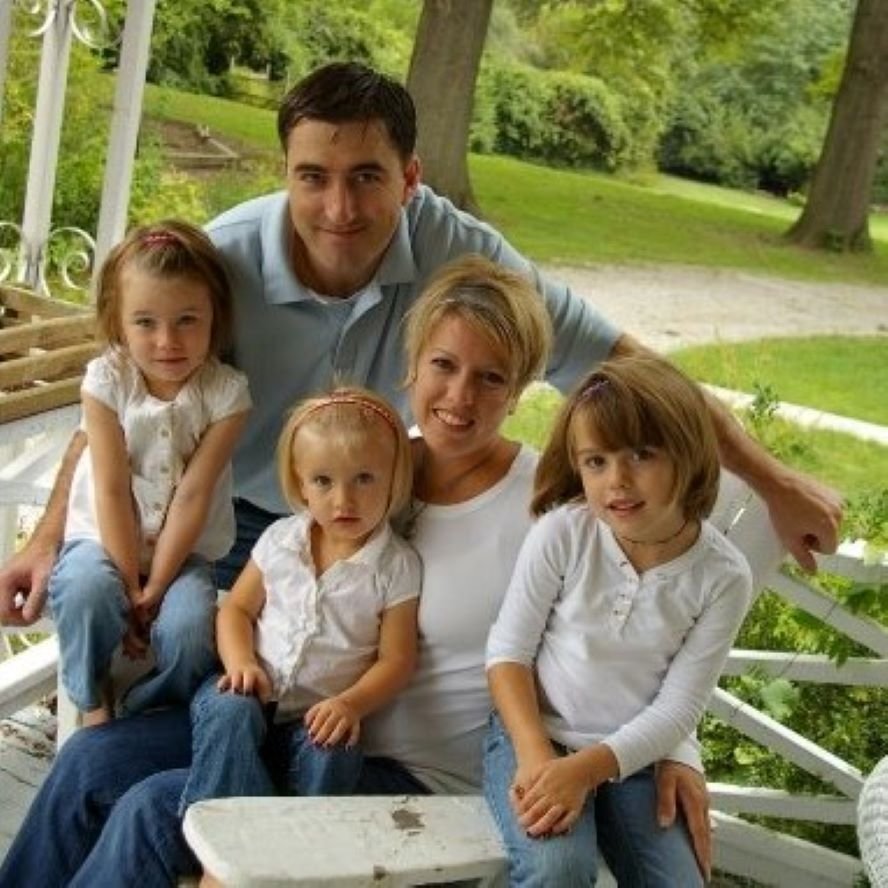 VdM: Where are you from and what brought you to St. Louis?Reghan: I was born and raised in a small Oklahoma oil town and Aidan is from Saint Louis. I met Aidan, my husband, when I was attending college at Oklahoma State University. I was the bar manager at Willie’s Saloon, birth place of Garth Brooks… and Aidan was the Bud Man. We married, started our family and lived in Tulsa for a couple of years before moving to Saint Louis, which we felt was a great city to raise our girls.
VdM: Where are you from and what brought you to St. Louis?Reghan: I was born and raised in a small Oklahoma oil town and Aidan is from Saint Louis. I met Aidan, my husband, when I was attending college at Oklahoma State University. I was the bar manager at Willie’s Saloon, birth place of Garth Brooks… and Aidan was the Bud Man. We married, started our family and lived in Tulsa for a couple of years before moving to Saint Louis, which we felt was a great city to raise our girls.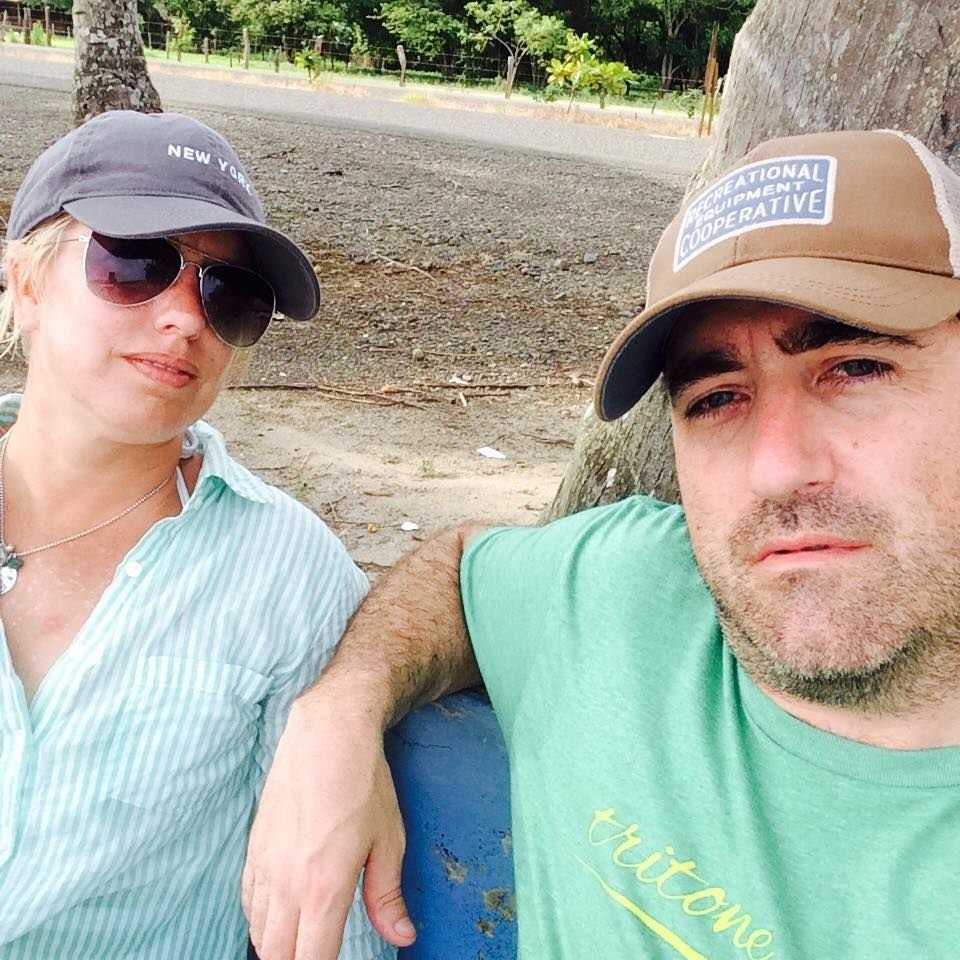 VdM: How did you find Montessori and what first brought you to VdM?Reghan: I first heard of Montessori through my mother-in-law, Mary, and immediately began my research before my first baby was born. A stranger to St. Louis, I literally found Villa di Maria in the yellow pages (that’s a 1900s term, as Brennah would say). After a tour, I instantly fell in love with the atmosphere, the land and the gentle hum of learning. My first memories are of the children outdoors. A child reading under a tree. A child roller skating to the dumpster to take out the trash. A small child filling the bird feeder. That was it. I was sold!The girls were each a part of the VdM community from 2 ½ years of age through their 6th year. Gabrielle and Ella each attended MAP, which is now The Academy of Thought and Industry, for the 7th grade. They’ll all be at Clayton High School in the fall of 2020… one last year together at the same school.
VdM: How did you find Montessori and what first brought you to VdM?Reghan: I first heard of Montessori through my mother-in-law, Mary, and immediately began my research before my first baby was born. A stranger to St. Louis, I literally found Villa di Maria in the yellow pages (that’s a 1900s term, as Brennah would say). After a tour, I instantly fell in love with the atmosphere, the land and the gentle hum of learning. My first memories are of the children outdoors. A child reading under a tree. A child roller skating to the dumpster to take out the trash. A small child filling the bird feeder. That was it. I was sold!The girls were each a part of the VdM community from 2 ½ years of age through their 6th year. Gabrielle and Ella each attended MAP, which is now The Academy of Thought and Industry, for the 7th grade. They’ll all be at Clayton High School in the fall of 2020… one last year together at the same school.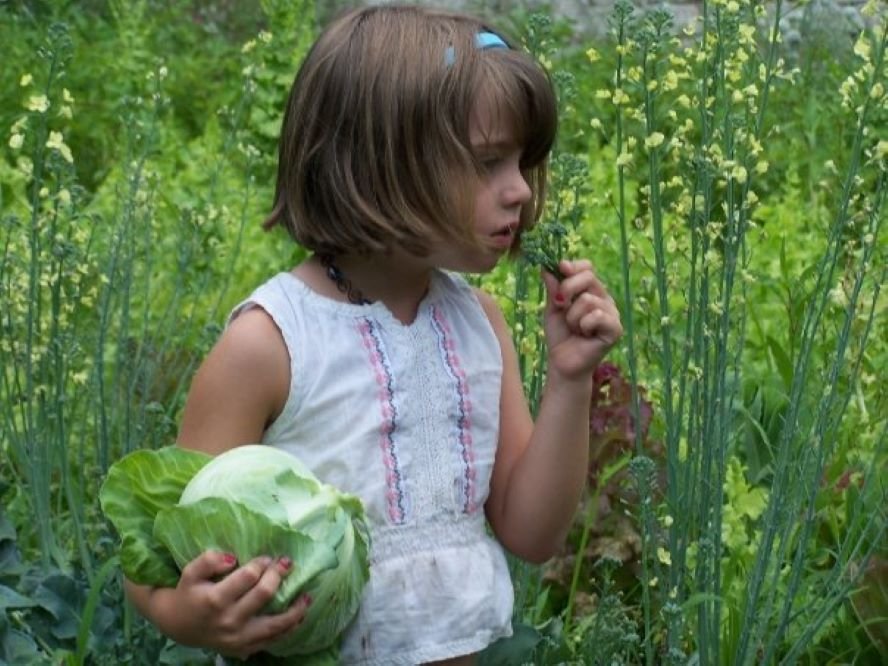
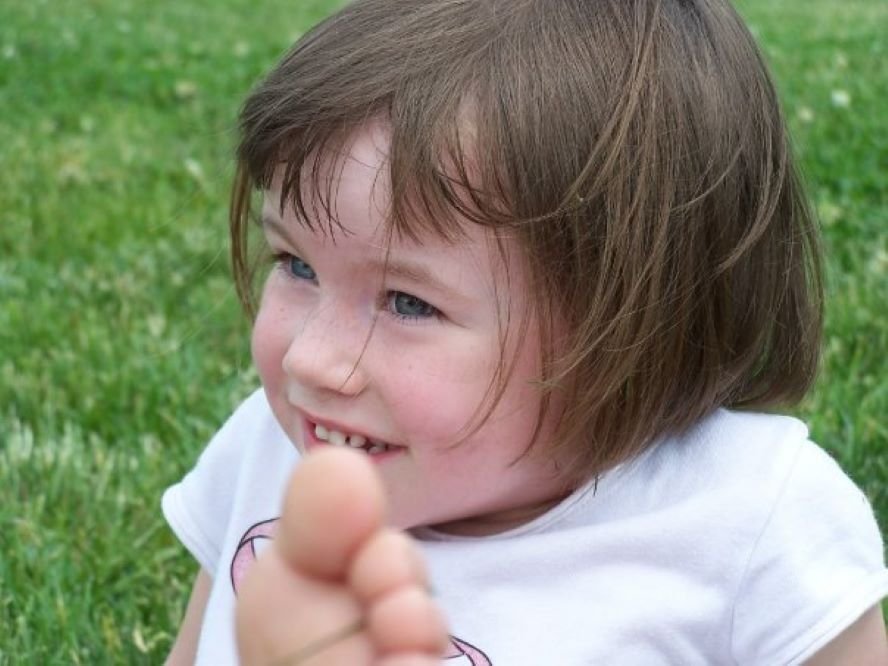
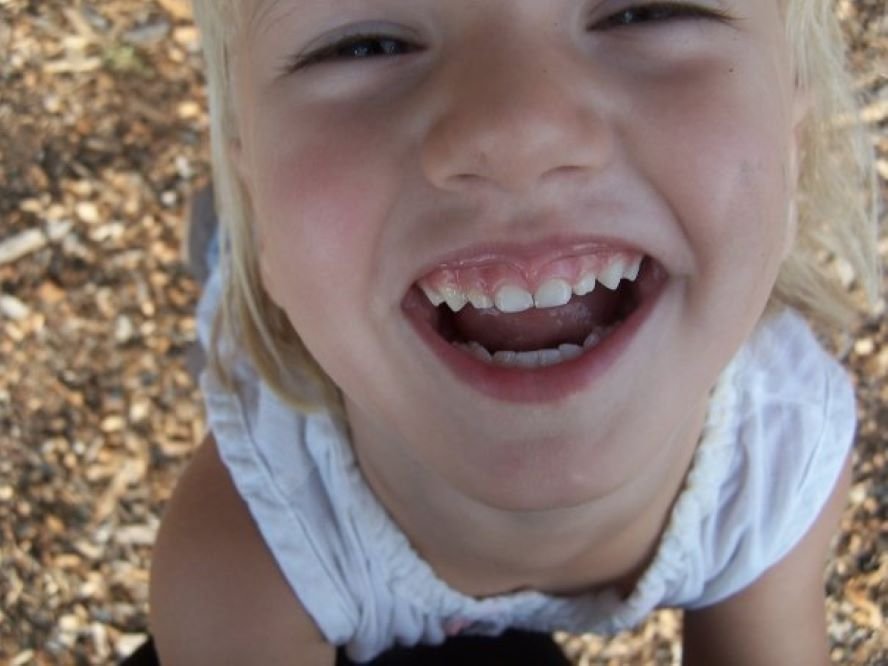 As a Montessorian (a typical Montessori story really) I started as a parent. I sought out and found the best place for my children to grow and develop. My children not only blossomed, but exposed to me their true love for VdM, and my curiosity took over. I began asking questions every chance I could. Fortunately, directresses love to talk about Montessori. When Robyn asked “have you considered the training?,” I immediately knew the answer.Thanks to Robyn and the late Dr. Haines, I now have AMI Montessori training in two age groups, birth to three and three to six. I can’t explain the depths of my love for these young children, but I'm pretty sure it has to do with the fascinating process of human development and knowing that through the interaction with their environments, actions, activities, choices and friendships that they will become who they will be. It’s an awesome responsibility. Thank you, Maria Montessori. Thank you, Robyn and the team of incredible people I have worked with.
As a Montessorian (a typical Montessori story really) I started as a parent. I sought out and found the best place for my children to grow and develop. My children not only blossomed, but exposed to me their true love for VdM, and my curiosity took over. I began asking questions every chance I could. Fortunately, directresses love to talk about Montessori. When Robyn asked “have you considered the training?,” I immediately knew the answer.Thanks to Robyn and the late Dr. Haines, I now have AMI Montessori training in two age groups, birth to three and three to six. I can’t explain the depths of my love for these young children, but I'm pretty sure it has to do with the fascinating process of human development and knowing that through the interaction with their environments, actions, activities, choices and friendships that they will become who they will be. It’s an awesome responsibility. Thank you, Maria Montessori. Thank you, Robyn and the team of incredible people I have worked with.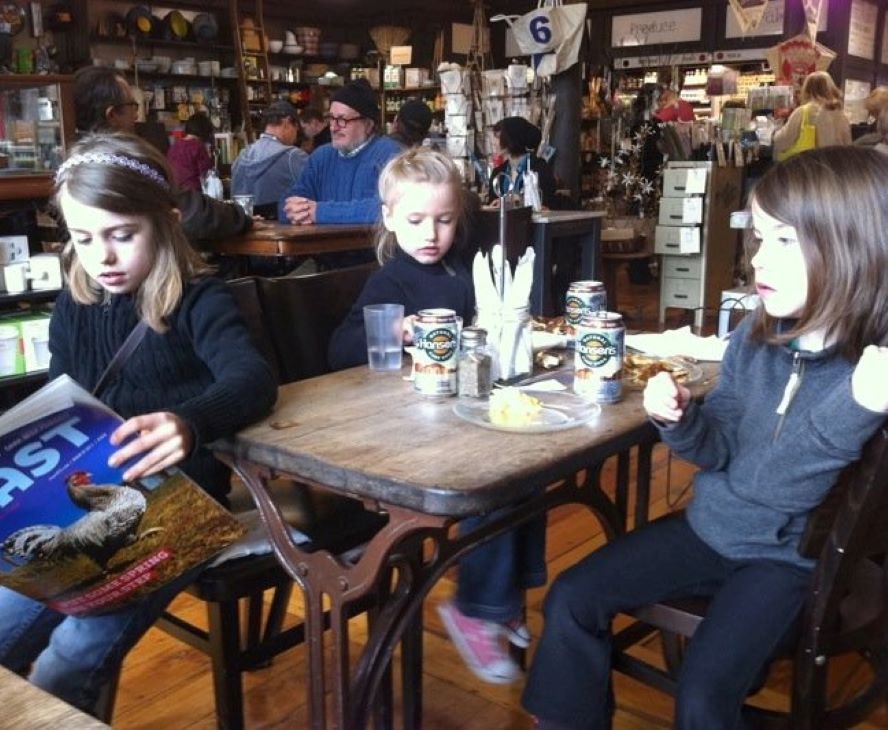
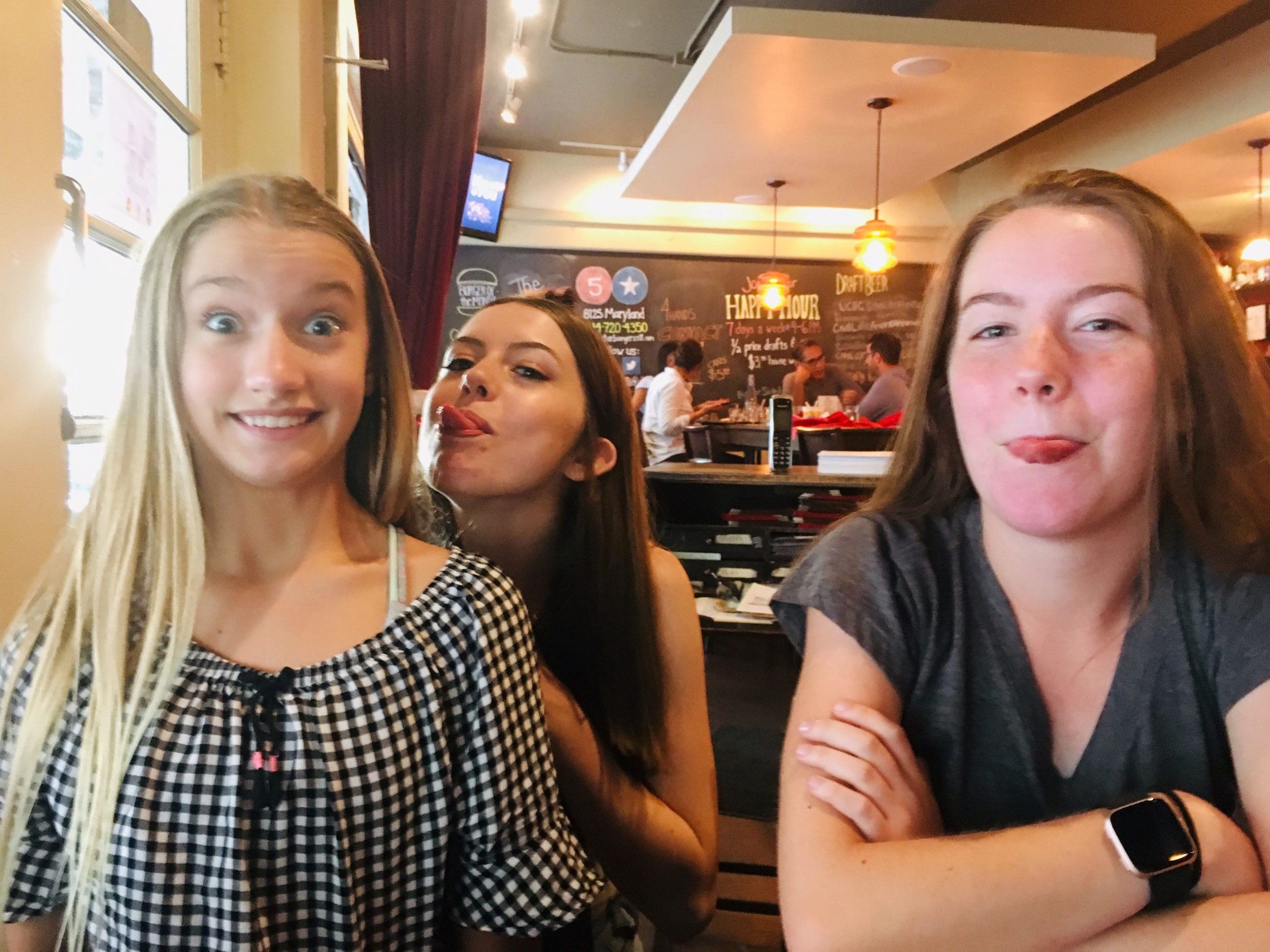 VdM: Tell us something about Brennah, Gabrielle and Ella, now that they are teenagers.Reghan: What I can say is that each is driven, passionate (although about different things), kind and thoughtful. Brennah, our soon to be senior, is interested in a range of studies… from law and politics to medicine and psychology. She’s independent and loves to work and earn her own money. She’s busy implementing the 10% rule…"10% of everything you earn is yours to keep."
VdM: Tell us something about Brennah, Gabrielle and Ella, now that they are teenagers.Reghan: What I can say is that each is driven, passionate (although about different things), kind and thoughtful. Brennah, our soon to be senior, is interested in a range of studies… from law and politics to medicine and psychology. She’s independent and loves to work and earn her own money. She’s busy implementing the 10% rule…"10% of everything you earn is yours to keep."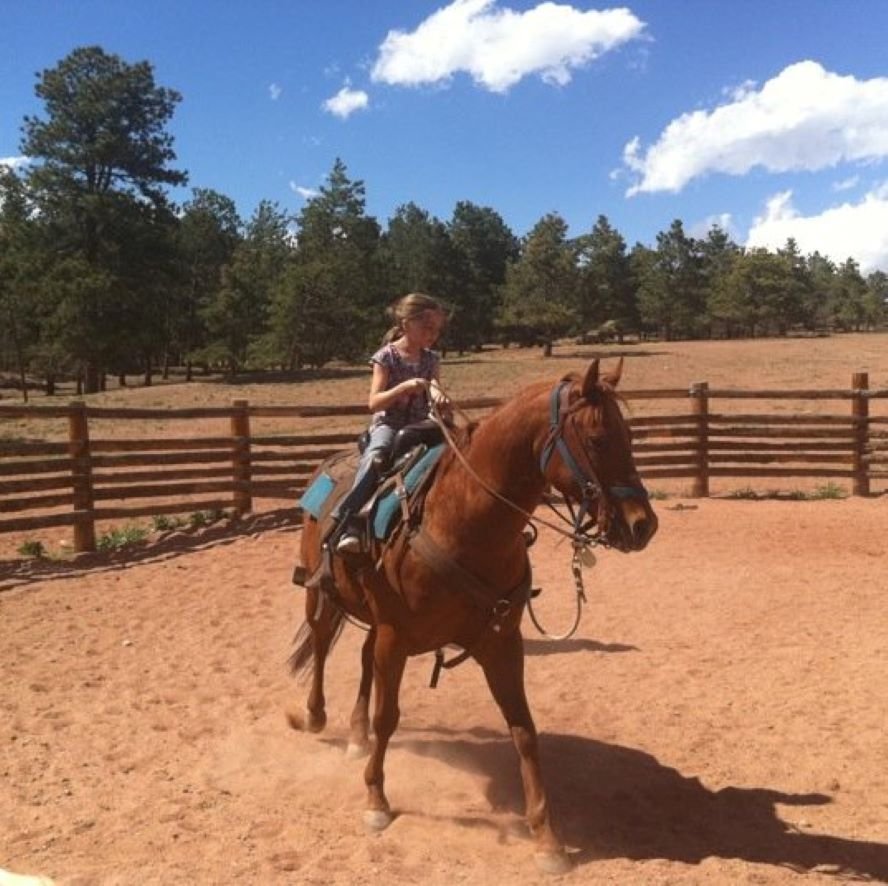
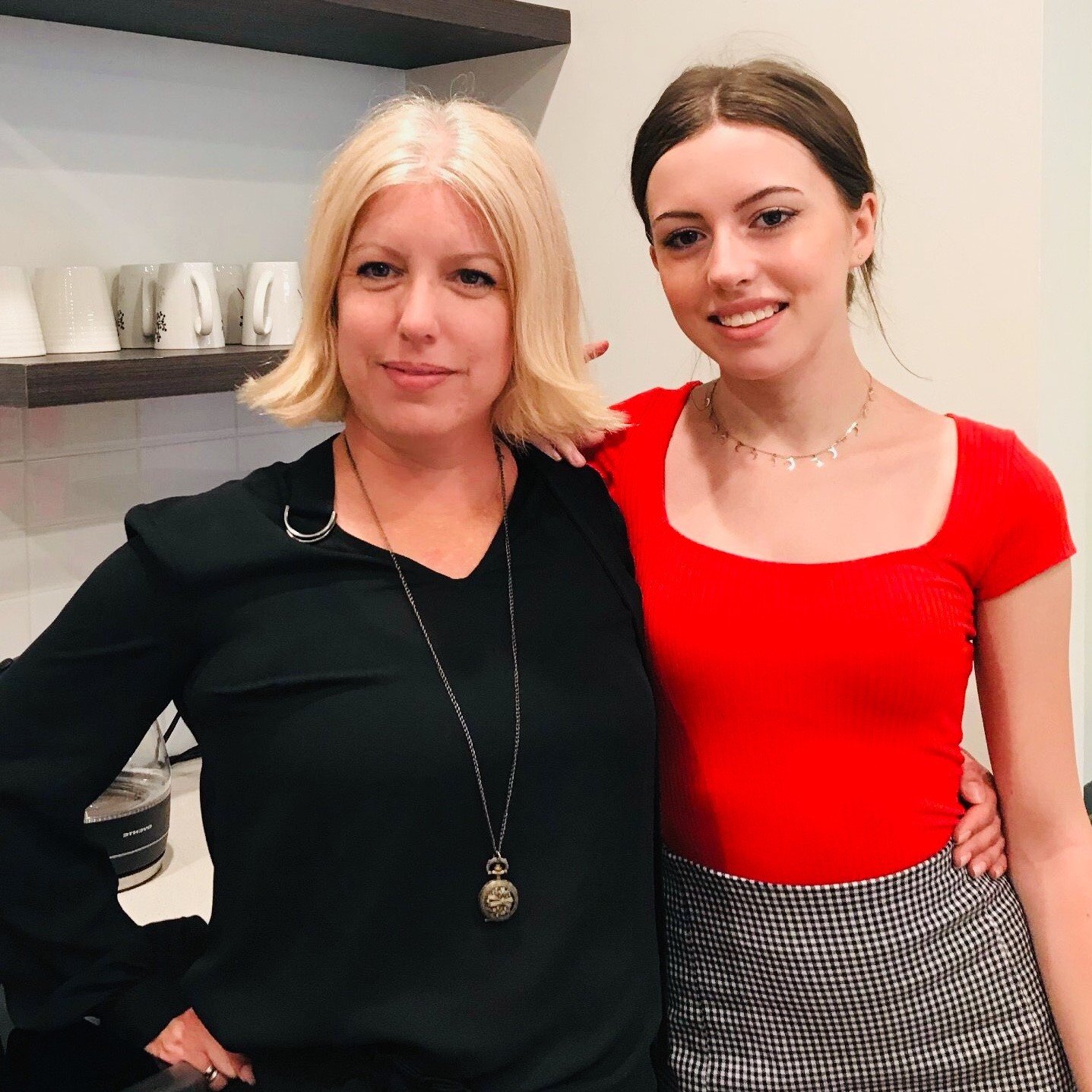 Gabrielle, who will be a junior, charts her own course and always has a full schedule whether it’s as an intern at the Missouri Botanical Gardens, Academy of Science, planning activities for her community project called "Beautify STL," or trying the latest vegan recipe. She was most proud of taking 3 minutes off her cross country record from the year before, an endurance sport that she credits for her academic achievements as well.
Gabrielle, who will be a junior, charts her own course and always has a full schedule whether it’s as an intern at the Missouri Botanical Gardens, Academy of Science, planning activities for her community project called "Beautify STL," or trying the latest vegan recipe. She was most proud of taking 3 minutes off her cross country record from the year before, an endurance sport that she credits for her academic achievements as well.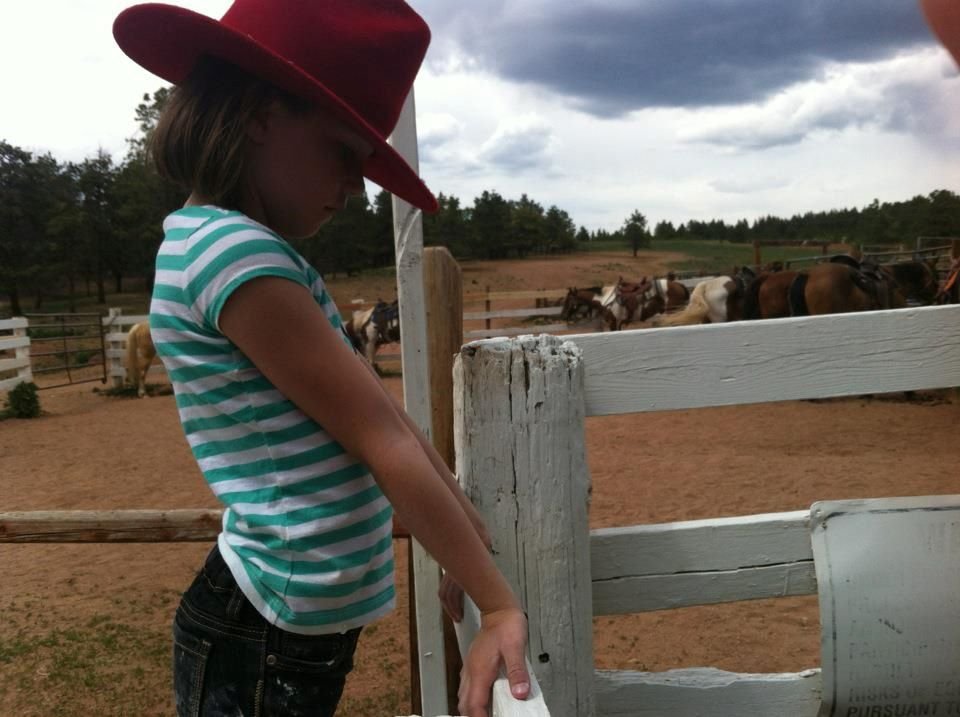
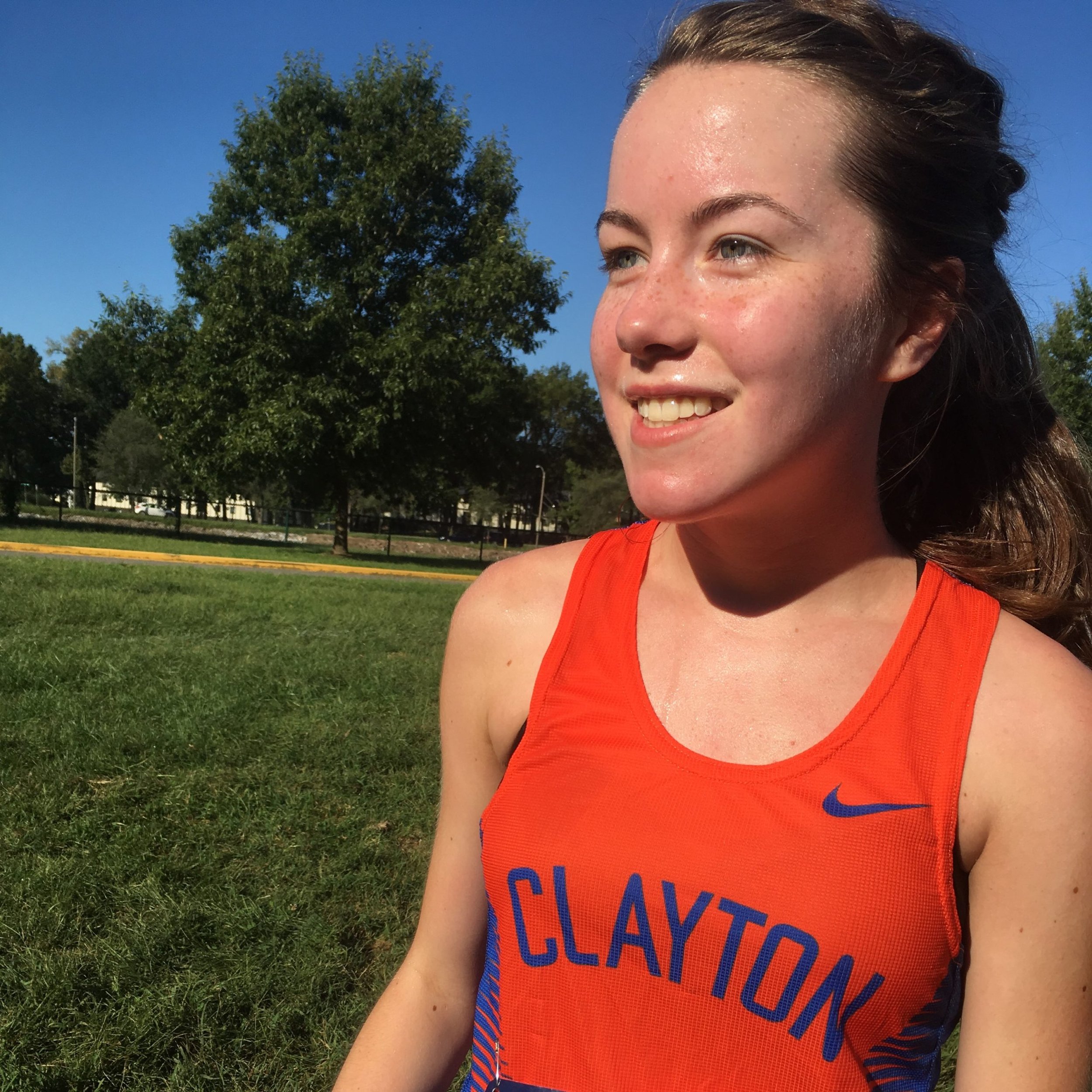 Ella has had a blast as an 8th grader at Wydown this past year and revels in anything related to physical movement… from gymnastics to the trampoline to casual activities like shooting hoops to kicking around the soccer ball. She bounces around among her many "friend groups" with ease and delight.
Ella has had a blast as an 8th grader at Wydown this past year and revels in anything related to physical movement… from gymnastics to the trampoline to casual activities like shooting hoops to kicking around the soccer ball. She bounces around among her many "friend groups" with ease and delight.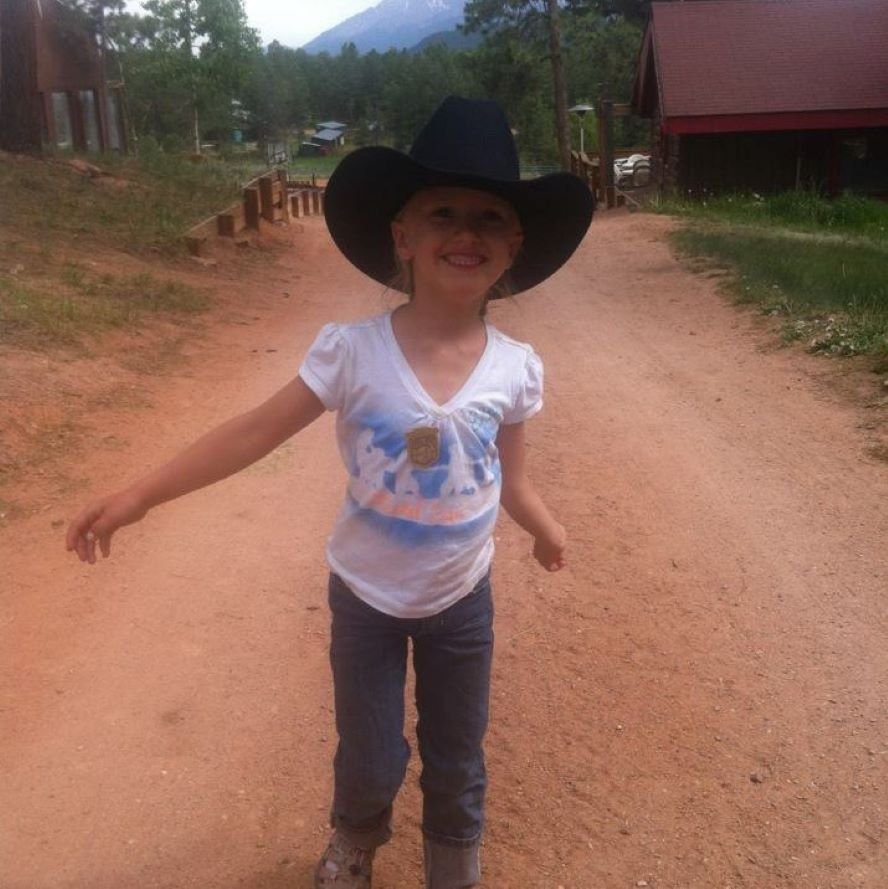
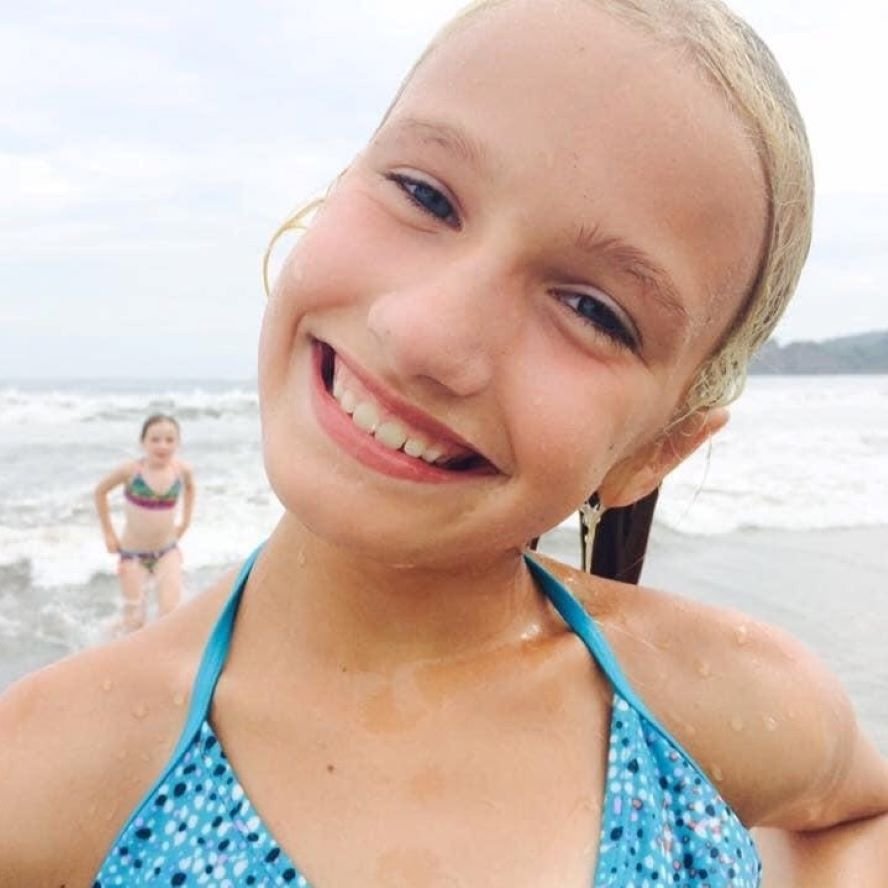 VdM: What is something your family is doing to make the most of this extended break?Reghan: I think, like most of us, we started with walking multiple times a day, reading, baking, tending to household projects, and yes, we watched "Tiger King." Aidan and I work from home and the girls have distant learning which helps us maintain a routine. Gabrielle installed 20,000 new bees for her 2 hives. Ella is my videographer for those hit videos on the primary google classroom. Brennah is sharpening her political knowledge as she gears up for voting in 2020. They each tend to their distant learning, then as Montessori children do, they continue learning naturally following their unique personal interests for the rest of the day.Our day-to-day was previously pretty splintered off from one another with work, travel, sports and separate schools. In quarantine, there is a great deal of healthy family bonding happening with our share of disagreements as well. It is nice to see the girls love for one another become visible again with hugs, play and plenty of laughter. Montessori has allowed their individuality to shine and they truly respect and even adore each other's different strengths.We have also taken on the handstand challenge, and our newest quarantine goal is a family card game of spades.
VdM: What is something your family is doing to make the most of this extended break?Reghan: I think, like most of us, we started with walking multiple times a day, reading, baking, tending to household projects, and yes, we watched "Tiger King." Aidan and I work from home and the girls have distant learning which helps us maintain a routine. Gabrielle installed 20,000 new bees for her 2 hives. Ella is my videographer for those hit videos on the primary google classroom. Brennah is sharpening her political knowledge as she gears up for voting in 2020. They each tend to their distant learning, then as Montessori children do, they continue learning naturally following their unique personal interests for the rest of the day.Our day-to-day was previously pretty splintered off from one another with work, travel, sports and separate schools. In quarantine, there is a great deal of healthy family bonding happening with our share of disagreements as well. It is nice to see the girls love for one another become visible again with hugs, play and plenty of laughter. Montessori has allowed their individuality to shine and they truly respect and even adore each other's different strengths.We have also taken on the handstand challenge, and our newest quarantine goal is a family card game of spades.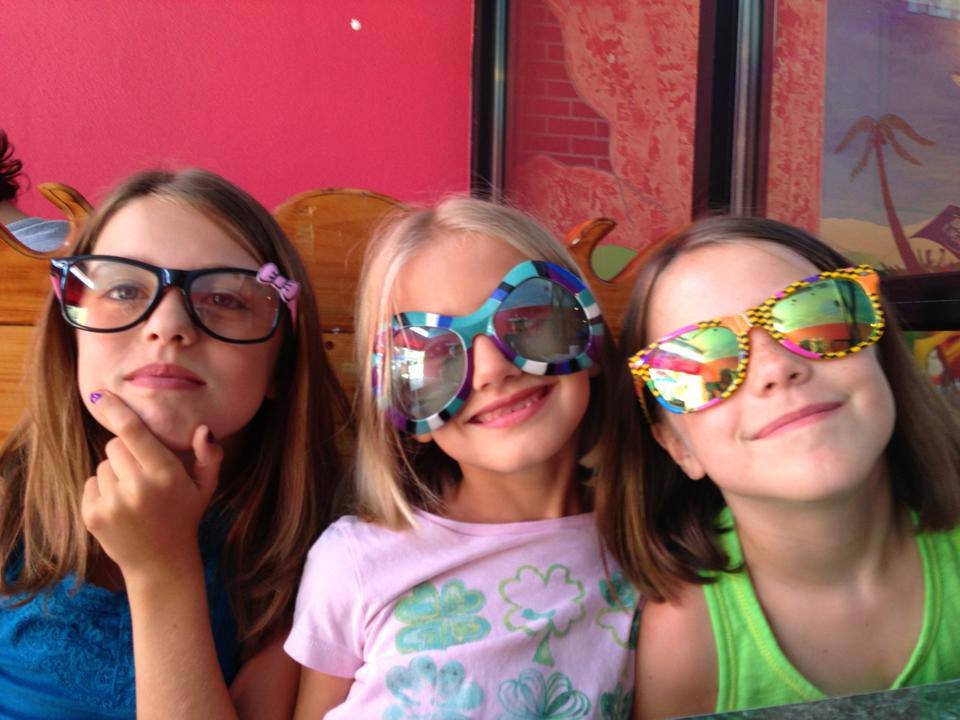 VdM: A question for Brennah, Gabrielle and Ella - What is one of your best memories from Villa di Maria?Brennah: I loved going outside to learn. At Villa we always were given the opportunity to learn "hands on" by going outside and interacting with the environment. One time, I was given the lesson of life with Ms. Nidhi. We laid out a timeline that stretched all the way down the road. It started at the very beginning of time and went to the current time. I was always able to picture what we were taught and remember it well because of how we experience work and learning in the Montessori environment.
VdM: A question for Brennah, Gabrielle and Ella - What is one of your best memories from Villa di Maria?Brennah: I loved going outside to learn. At Villa we always were given the opportunity to learn "hands on" by going outside and interacting with the environment. One time, I was given the lesson of life with Ms. Nidhi. We laid out a timeline that stretched all the way down the road. It started at the very beginning of time and went to the current time. I was always able to picture what we were taught and remember it well because of how we experience work and learning in the Montessori environment.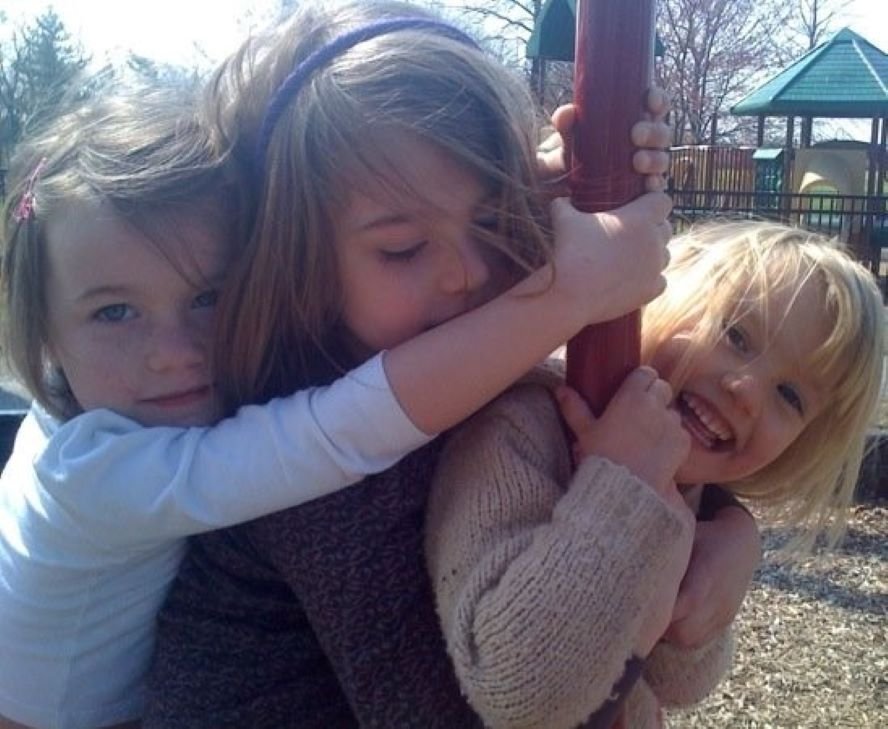 Gabrielle: Today, I can connect my passion for the environment directly to the Earth Day celebration at VdM. Each and every Earth Day my classmates and I were invited to work in the garden and pick up trash around our campus. I planted delicate flowers with Mrs. Milos, bigger plants with Mrs. LeBeau, and worked in the whole entire big garden with Ms. Rebecca. Throughout my years at Villa, I loved exploring our six acres and taking care of what I discovered. After I graduated I continued my interest at the Missouri Botanical Gardens and created a small community garden in the city. VdM’s positive spirits surrounding Earth Day remain important to me today, because the holiday is often under-celebrated elsewhere.
Gabrielle: Today, I can connect my passion for the environment directly to the Earth Day celebration at VdM. Each and every Earth Day my classmates and I were invited to work in the garden and pick up trash around our campus. I planted delicate flowers with Mrs. Milos, bigger plants with Mrs. LeBeau, and worked in the whole entire big garden with Ms. Rebecca. Throughout my years at Villa, I loved exploring our six acres and taking care of what I discovered. After I graduated I continued my interest at the Missouri Botanical Gardens and created a small community garden in the city. VdM’s positive spirits surrounding Earth Day remain important to me today, because the holiday is often under-celebrated elsewhere.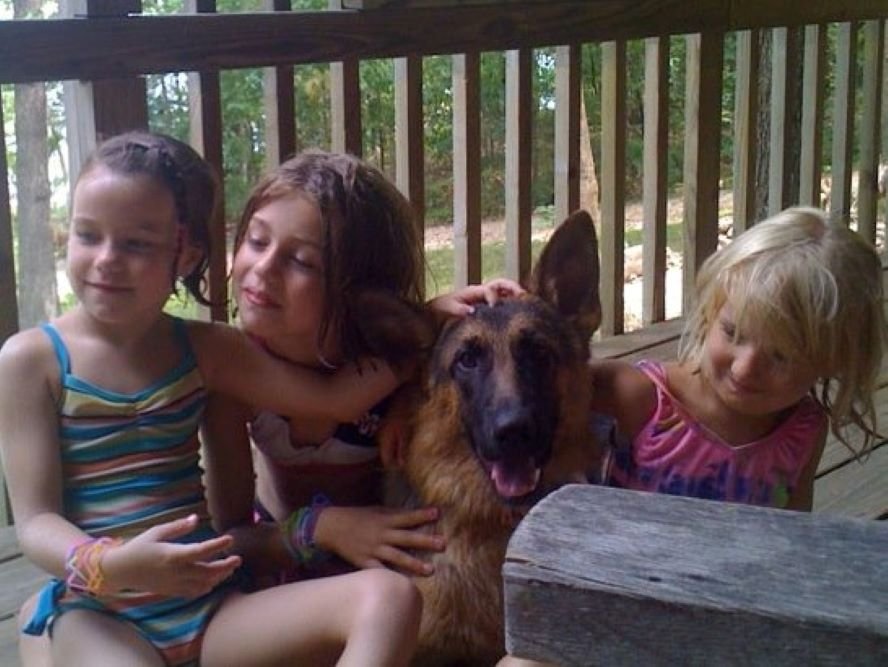 Ella: Over the course of my time at Villa, I made countless memories. However, my favorite one developed towards the end of my Villa experience. At this point in our VdM journey together, my classmates were no longer just friends, but family. So, I was extremely close to every individual. My favorite experience was the Montessori Model United Nations (MMUN). This is the trip to New York City that all of the sixth grade students take every year! There is a lot of work and research throughout the 6th year in the classroom prior to, but in the end, we traveled to the UN. My favorite memory of this trip was the experience inside of the UN building. Here we voted in the general assembly. It really felt like we were making an true impact on the world. One of our very own classmates was nominated to speak in front of the thousands of people from the actual podium. It was an experience that I will never forget!The McAuleys' Favorite Family Travel Spots: Colorado mountains, Ocracoke Island, and Costa Rica! We prefer to seek out the local culture when traveling, away from the resorts and dive right in to a real experiences.Family Song: "Cassiopeia" by Sara BareillesFamily Restaurant: Three Kings on the Loop is our celebration location!
Ella: Over the course of my time at Villa, I made countless memories. However, my favorite one developed towards the end of my Villa experience. At this point in our VdM journey together, my classmates were no longer just friends, but family. So, I was extremely close to every individual. My favorite experience was the Montessori Model United Nations (MMUN). This is the trip to New York City that all of the sixth grade students take every year! There is a lot of work and research throughout the 6th year in the classroom prior to, but in the end, we traveled to the UN. My favorite memory of this trip was the experience inside of the UN building. Here we voted in the general assembly. It really felt like we were making an true impact on the world. One of our very own classmates was nominated to speak in front of the thousands of people from the actual podium. It was an experience that I will never forget!The McAuleys' Favorite Family Travel Spots: Colorado mountains, Ocracoke Island, and Costa Rica! We prefer to seek out the local culture when traveling, away from the resorts and dive right in to a real experiences.Family Song: "Cassiopeia" by Sara BareillesFamily Restaurant: Three Kings on the Loop is our celebration location!
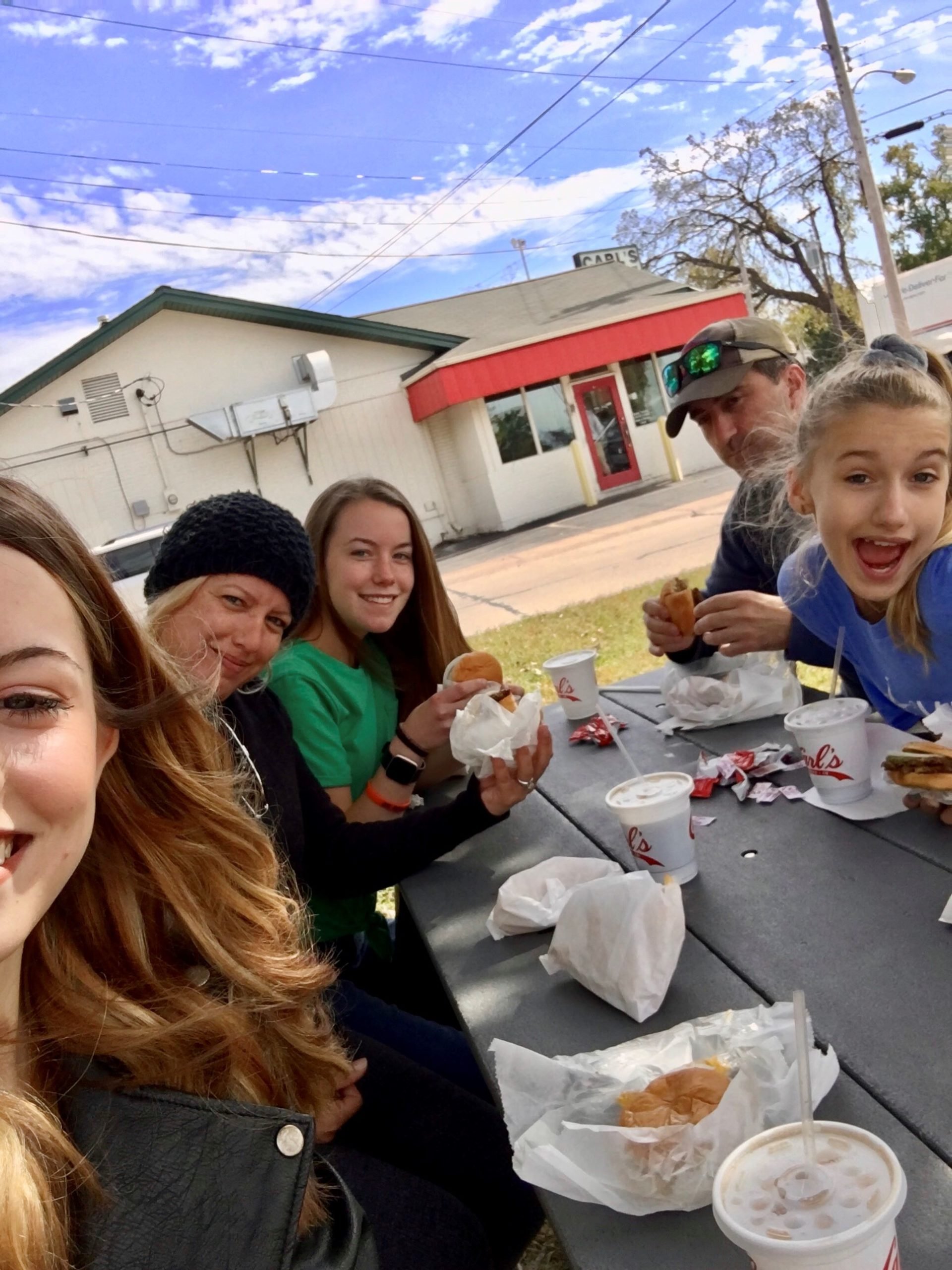 Thank you, Reghan, Aidan, Brennah, Gabrielle and Ella! Villa di Maria would not be the same without you.Photos courtesy of the McAuley family.
Thank you, Reghan, Aidan, Brennah, Gabrielle and Ella! Villa di Maria would not be the same without you.Photos courtesy of the McAuley family. 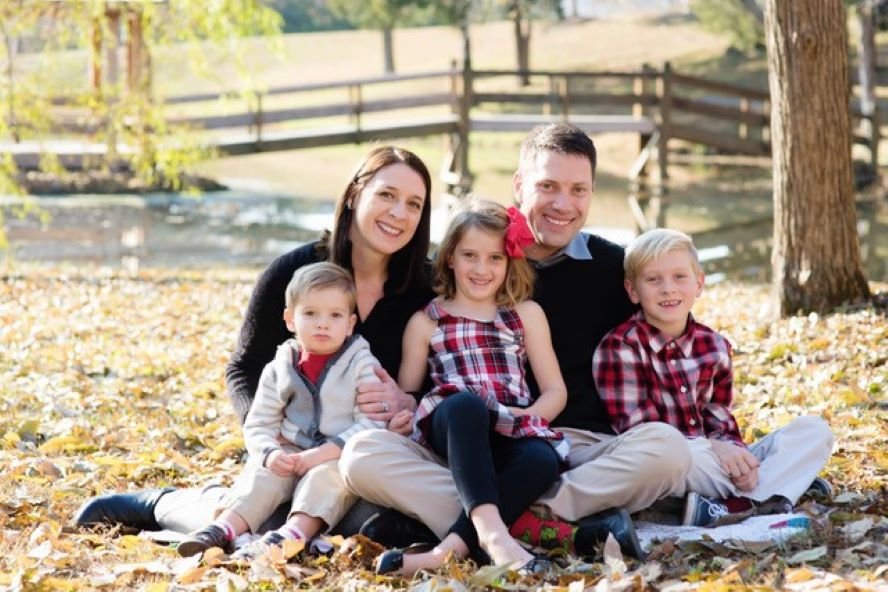 The very best part of Villa di Maria is our people. Our community of families, faculty and staff is something to be proud of and something to hold onto during our school's COVID-19 closure. In this series, We are VdM, we’ll highlight the energies, talents, humor and wisdom of some of our amazing people—and we'll stay connected! Today, we'll meet the Speckhart family: Amy, Henry, Ronan, Clara and Wiley. Ronan graduated from the Children's House in 2018. Clara is in her culminating year and Wiley is in his first year, both in Mrs. Steinman's Children's House.
The very best part of Villa di Maria is our people. Our community of families, faculty and staff is something to be proud of and something to hold onto during our school's COVID-19 closure. In this series, We are VdM, we’ll highlight the energies, talents, humor and wisdom of some of our amazing people—and we'll stay connected! Today, we'll meet the Speckhart family: Amy, Henry, Ronan, Clara and Wiley. Ronan graduated from the Children's House in 2018. Clara is in her culminating year and Wiley is in his first year, both in Mrs. Steinman's Children's House.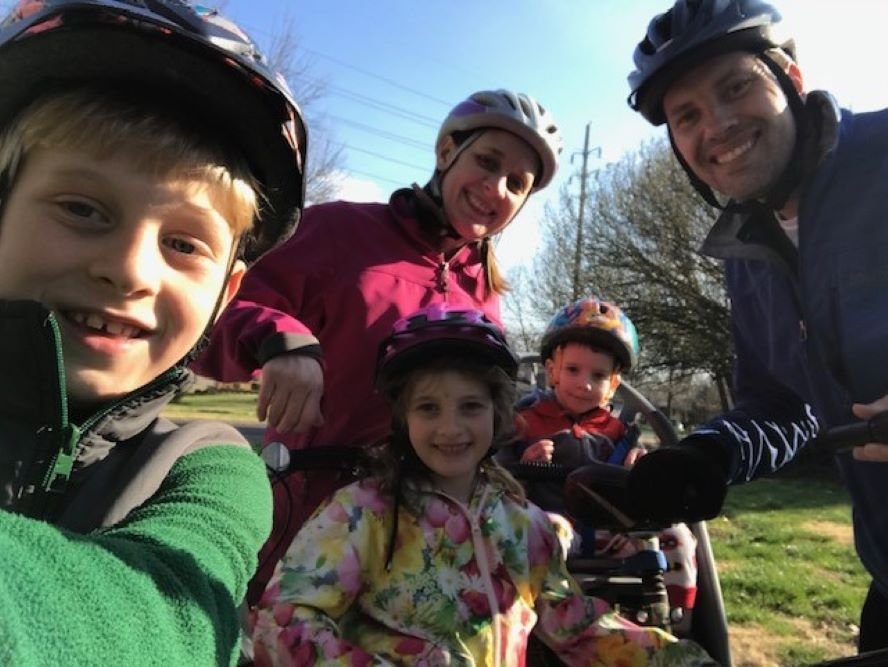 Villa di Maria: Tell us a bit about you and your family.The Speckharts: We are the Speckharts—team of 5. Amy grew up in Wisconsin and Henry grew up in central Illinois. We met on Match.com (yes, we really did!) and honeymooned in Haiti (our second honeymoon was in Hawaii). Ronan was born in 2011 and has been moving full speed ahead every moment since. Clara is 6.5 and in her culminating year. She is an artist, monkey-bar specialist and loves to learn. Wiley is in his first year at Villa and enjoys sharing the classroom with his sister. He just turned 3 and loves to play with trains, all things yellow, and (like Olaf) likes to give warm hugs. We also have a puppy named Faldo who has lots of energy and likes to snack on pencils, markers and whatever other object happens to be on the floor.
Villa di Maria: Tell us a bit about you and your family.The Speckharts: We are the Speckharts—team of 5. Amy grew up in Wisconsin and Henry grew up in central Illinois. We met on Match.com (yes, we really did!) and honeymooned in Haiti (our second honeymoon was in Hawaii). Ronan was born in 2011 and has been moving full speed ahead every moment since. Clara is 6.5 and in her culminating year. She is an artist, monkey-bar specialist and loves to learn. Wiley is in his first year at Villa and enjoys sharing the classroom with his sister. He just turned 3 and loves to play with trains, all things yellow, and (like Olaf) likes to give warm hugs. We also have a puppy named Faldo who has lots of energy and likes to snack on pencils, markers and whatever other object happens to be on the floor.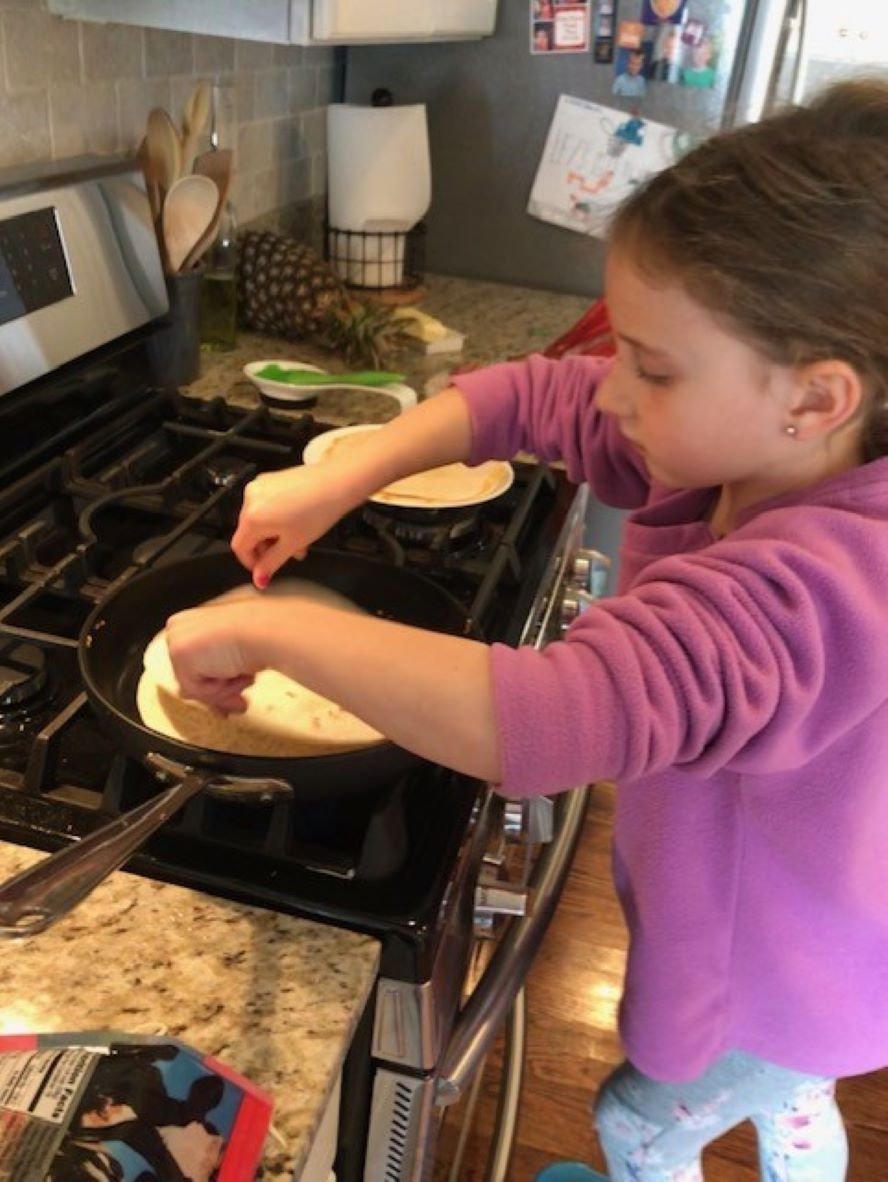 VdM: How did you find Montessori and what brought you to
VdM: How did you find Montessori and what brought you to  VdM: What do you and your spouse do, career-wise?The Speckharts: Henry is a Senior Associate Actuary at MetLife—he works with a lot of numbers and is an Excel wiz. Henry's non-paying other job is a stand-up comedian, he does shows daily at our house and he is his biggest fan. Amy is a Talent Development Specialist at Bunzl. She helps with the training requirements and development for the employees within the organization.
VdM: What do you and your spouse do, career-wise?The Speckharts: Henry is a Senior Associate Actuary at MetLife—he works with a lot of numbers and is an Excel wiz. Henry's non-paying other job is a stand-up comedian, he does shows daily at our house and he is his biggest fan. Amy is a Talent Development Specialist at Bunzl. She helps with the training requirements and development for the employees within the organization.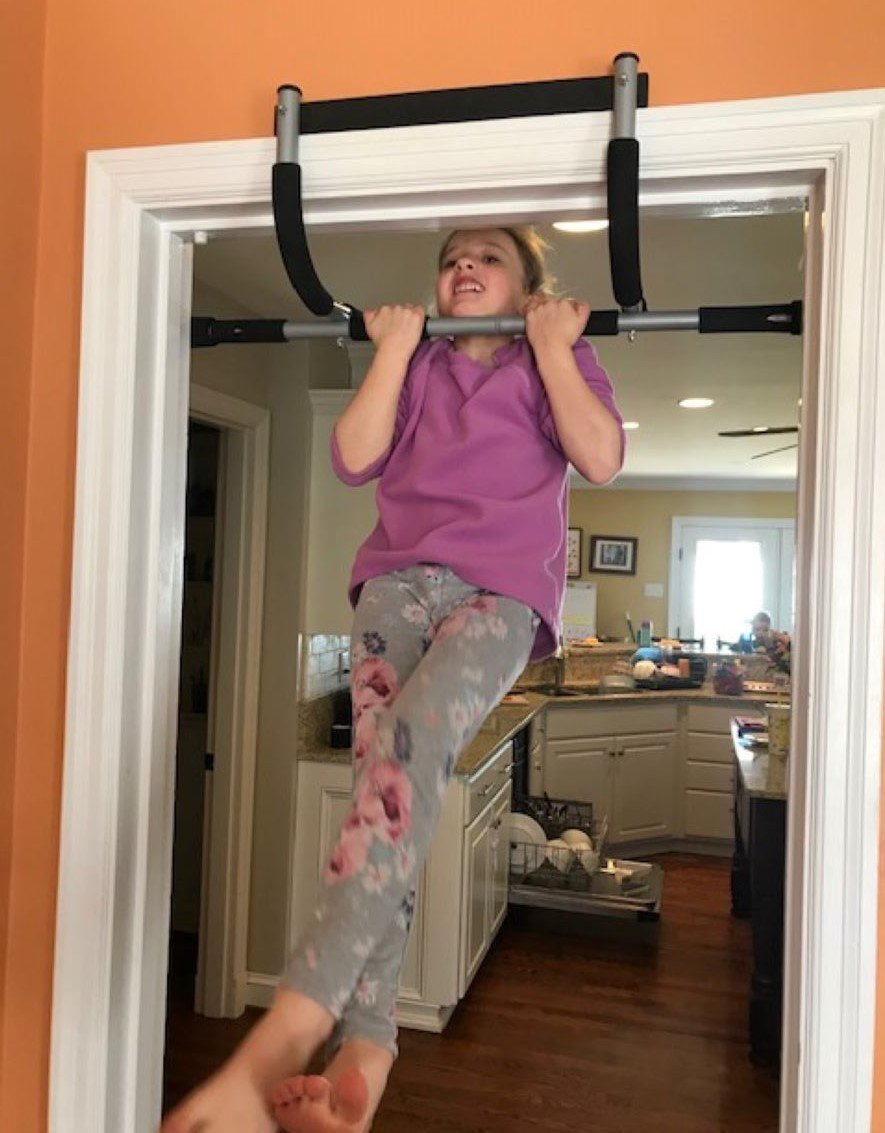

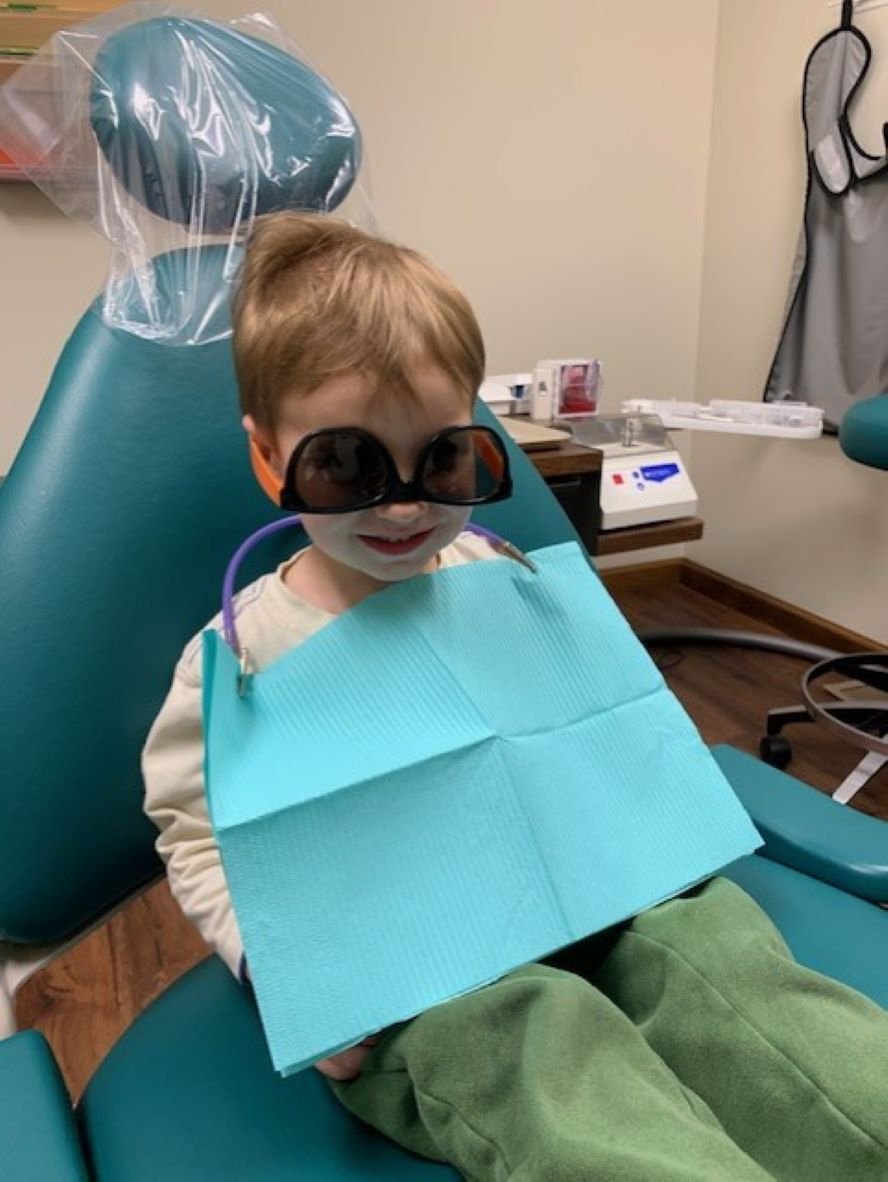 Thank you, Amy, Henry, Ronan, Clara and Wiley for sharing!Photos courtesy of the Speckhart family.
Thank you, Amy, Henry, Ronan, Clara and Wiley for sharing!Photos courtesy of the Speckhart family.
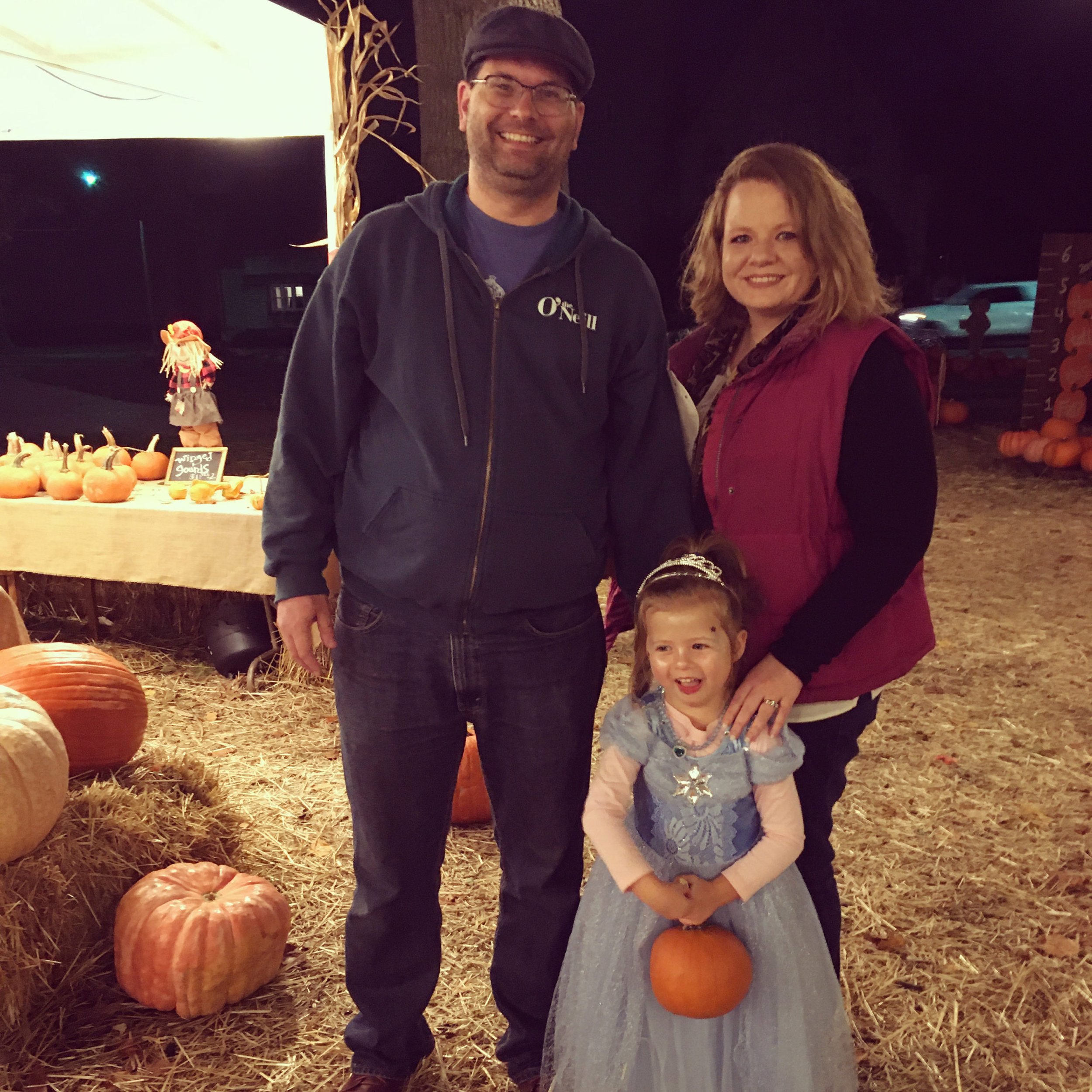 The very best part of Villa di Maria is our people. Our community of families, faculty and staff is something to be proud of and something to hold onto during our school's COVID-19 closure. In this series, We are VdM, we’ll highlight the energies, talents, humor and wisdom of some of our amazing people—and we'll stay connected! Today, we'll meet Jacob Juntunen, Meghann Pytka, and their daughter Zocha, who joined VdM in 2018. Zocha is currently in her second year in Mrs. Steinman's Children's House.
The very best part of Villa di Maria is our people. Our community of families, faculty and staff is something to be proud of and something to hold onto during our school's COVID-19 closure. In this series, We are VdM, we’ll highlight the energies, talents, humor and wisdom of some of our amazing people—and we'll stay connected! Today, we'll meet Jacob Juntunen, Meghann Pytka, and their daughter Zocha, who joined VdM in 2018. Zocha is currently in her second year in Mrs. Steinman's Children's House.
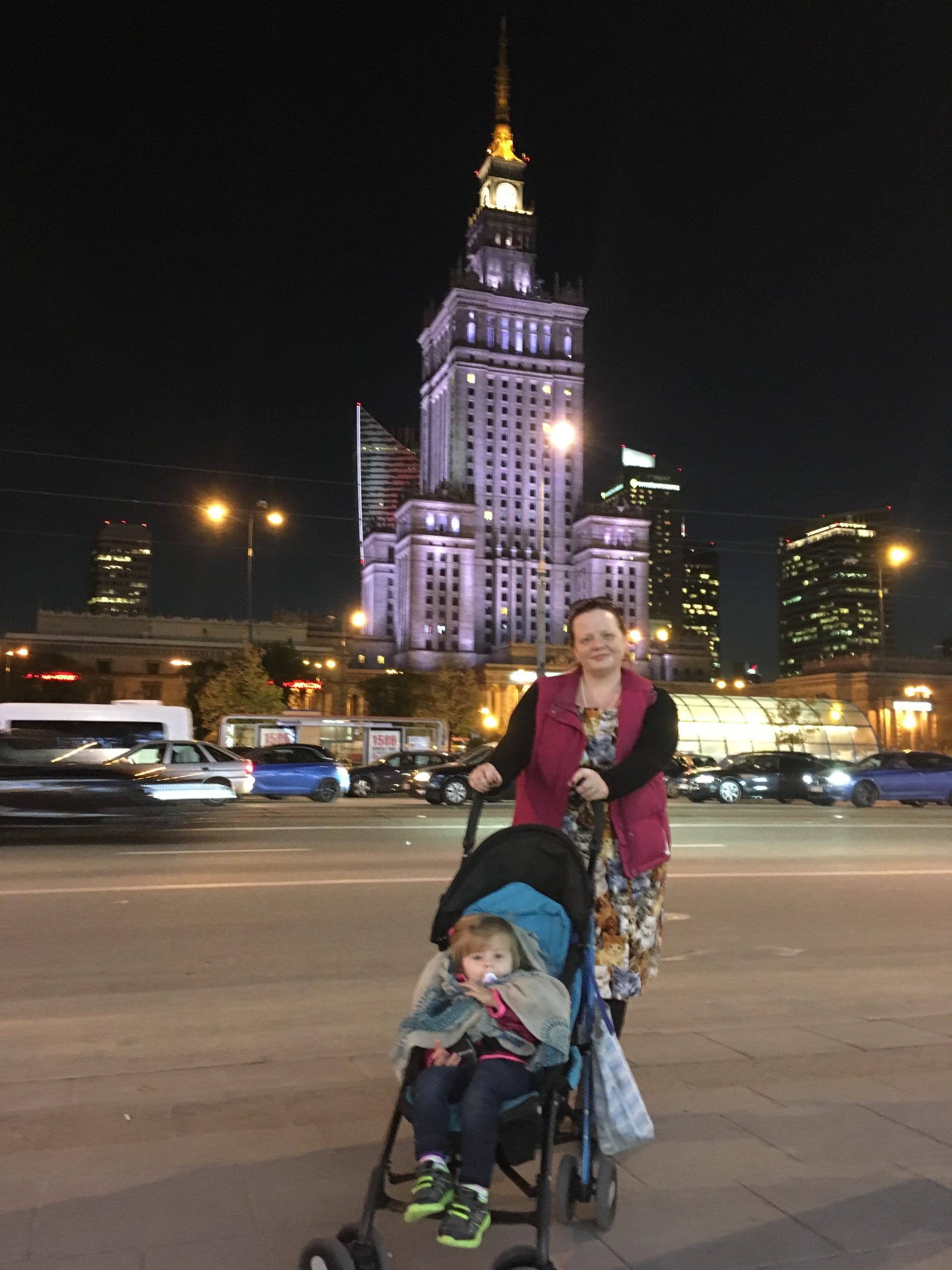
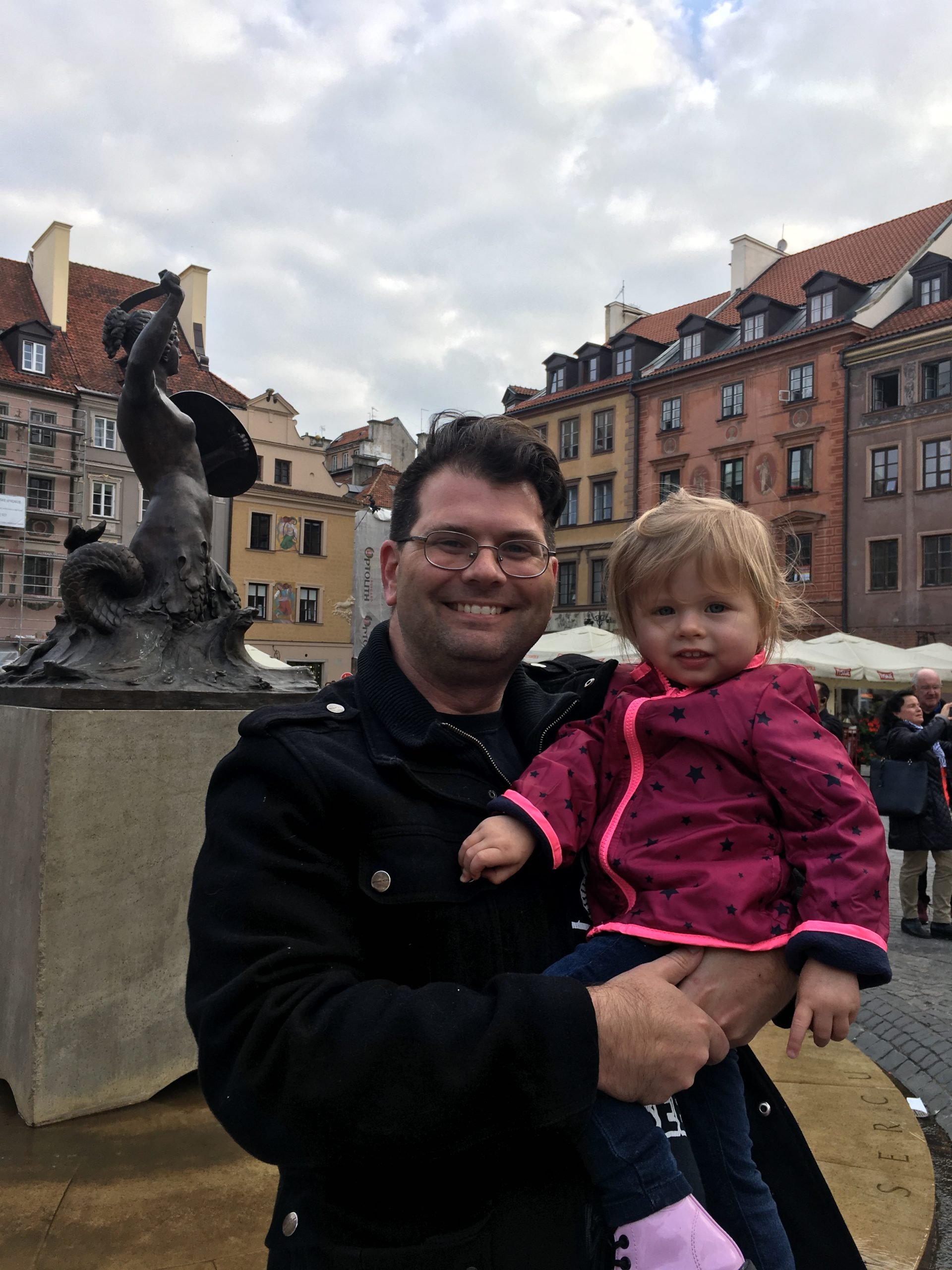
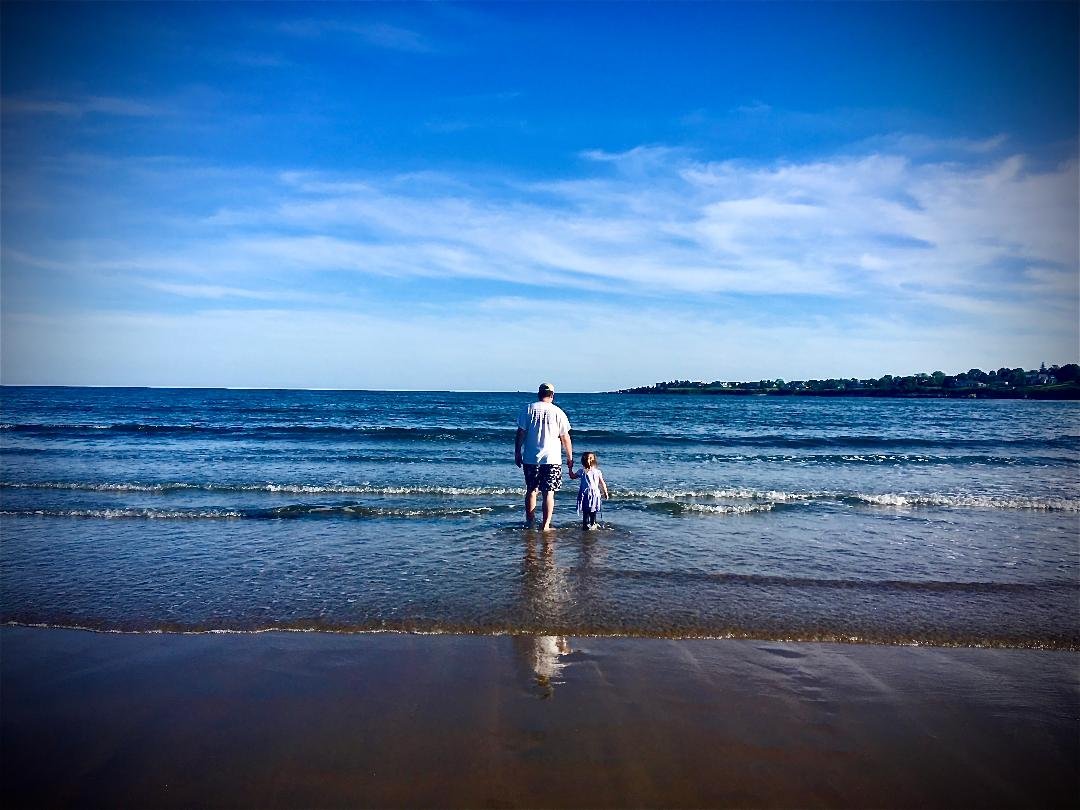
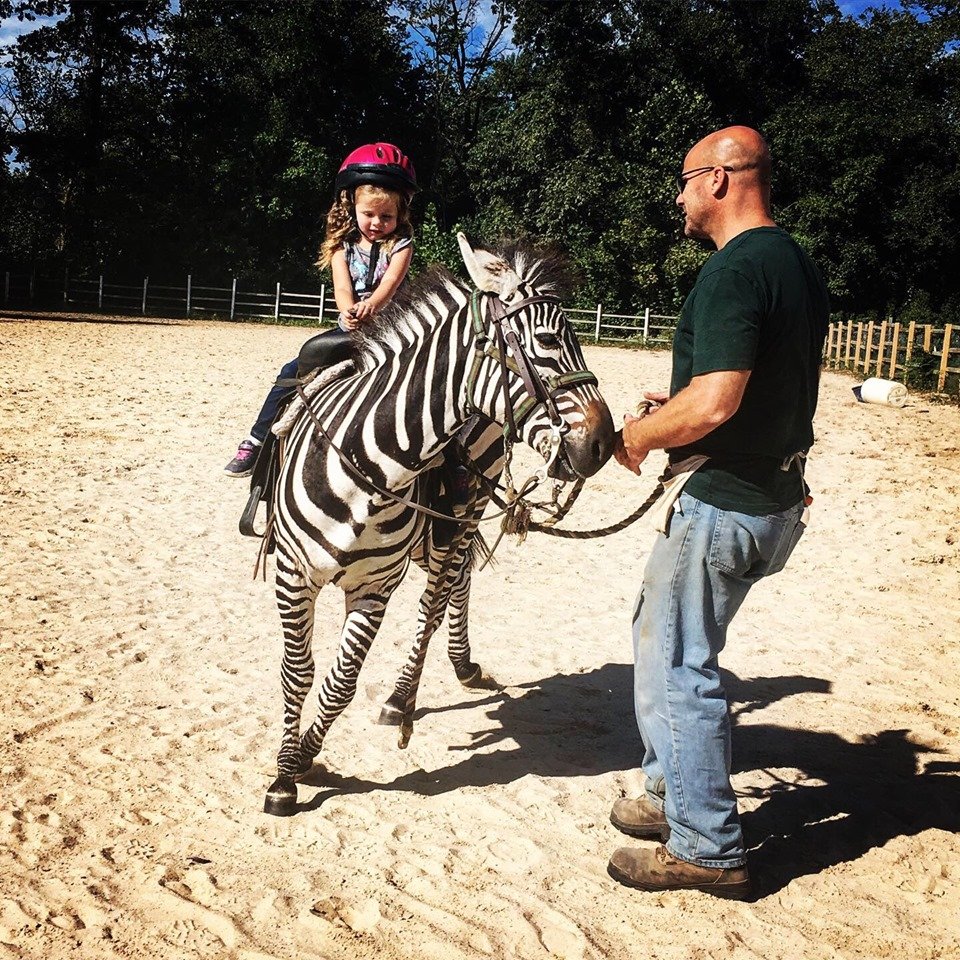
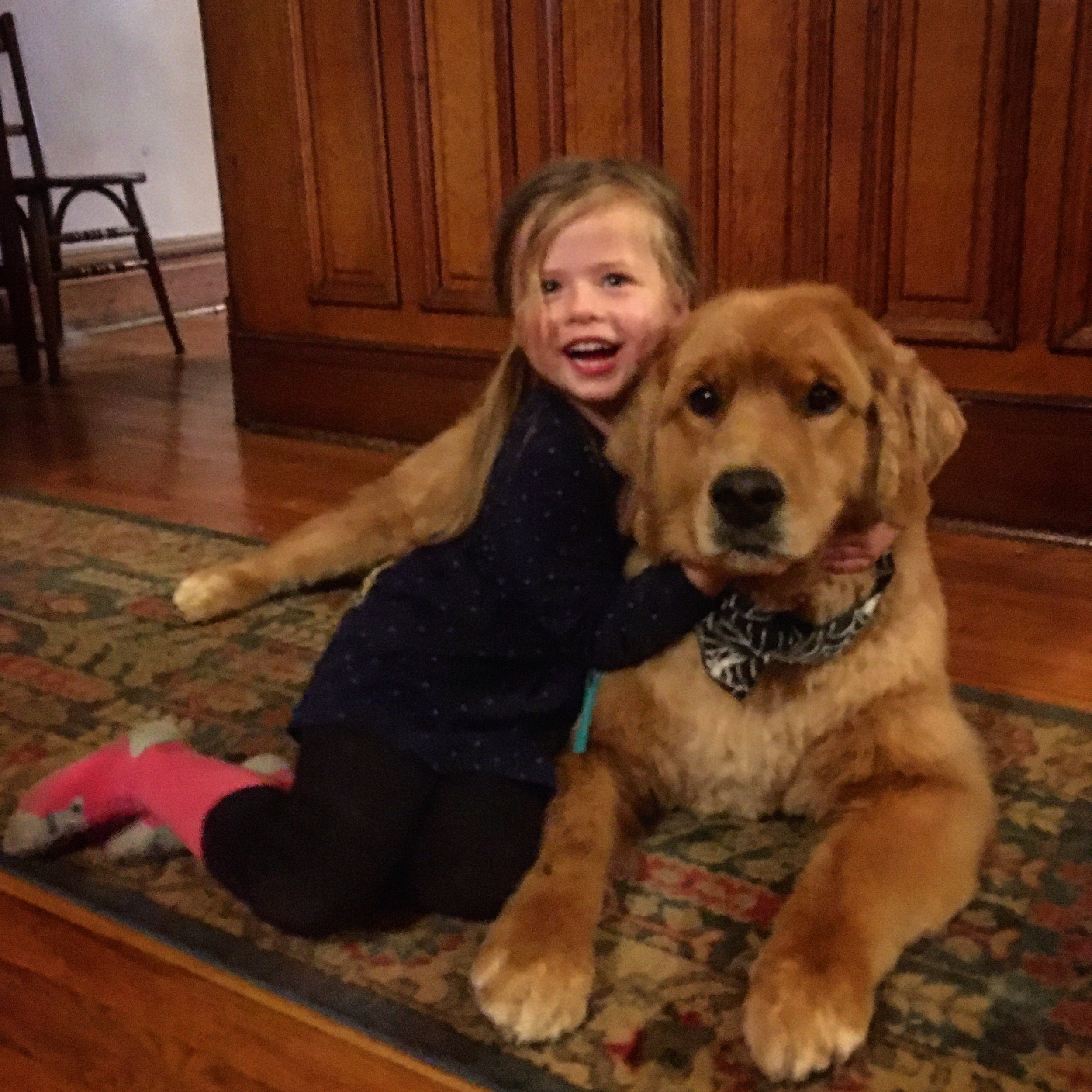

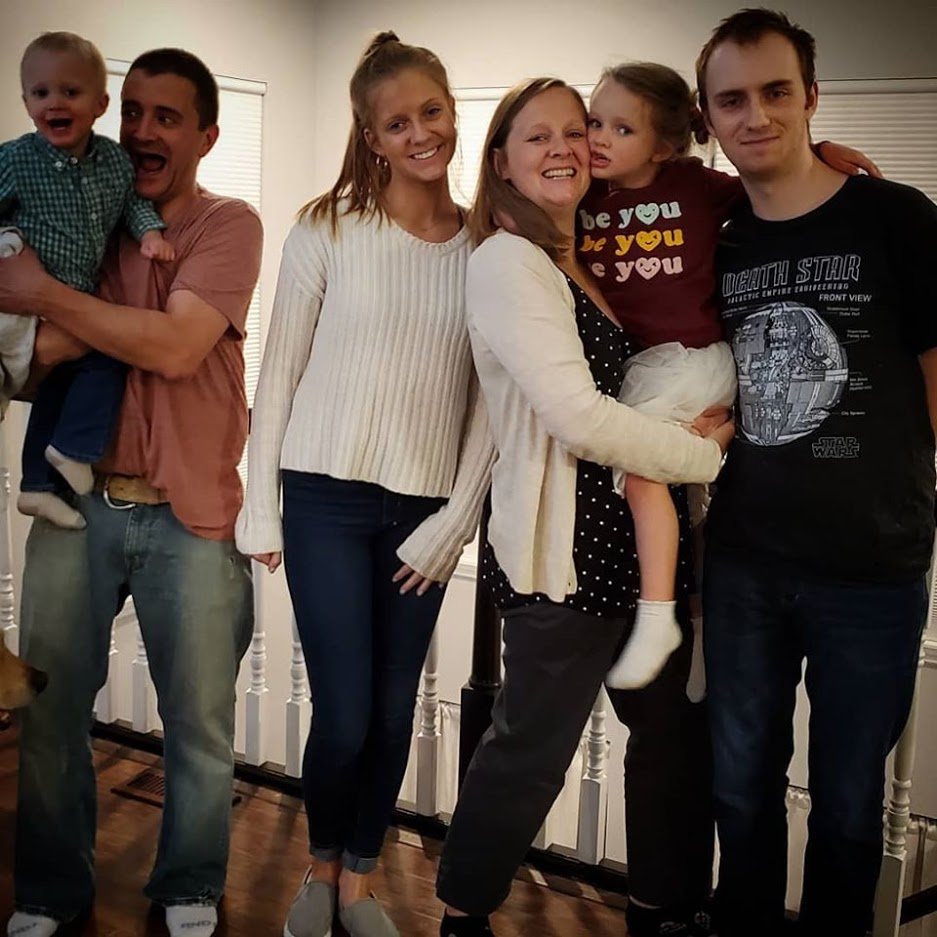 The very best part of Villa di Maria is our people. Our community of families, faculty and staff is something to be proud of and something to hold onto during our school's COVID-19 closure. In this series, We are VdM, we’ll highlight the energies, talents, humor and wisdom of some of our amazing people—and we'll stay connected!Today, we'll meet another longtime VdM family: the Steinmans. Heather Steinman has been our P3 Children's House guide since 2014, but she joined the VdM community as a parent in 2002. Her youngest daughter is currently in Mrs. McAuley's Children's House and her youngest son will join his sister next fall. Read on to get to know Heather, her husband Brian and their children, Danny, Andra, Emerson and Miles.
The very best part of Villa di Maria is our people. Our community of families, faculty and staff is something to be proud of and something to hold onto during our school's COVID-19 closure. In this series, We are VdM, we’ll highlight the energies, talents, humor and wisdom of some of our amazing people—and we'll stay connected!Today, we'll meet another longtime VdM family: the Steinmans. Heather Steinman has been our P3 Children's House guide since 2014, but she joined the VdM community as a parent in 2002. Her youngest daughter is currently in Mrs. McAuley's Children's House and her youngest son will join his sister next fall. Read on to get to know Heather, her husband Brian and their children, Danny, Andra, Emerson and Miles.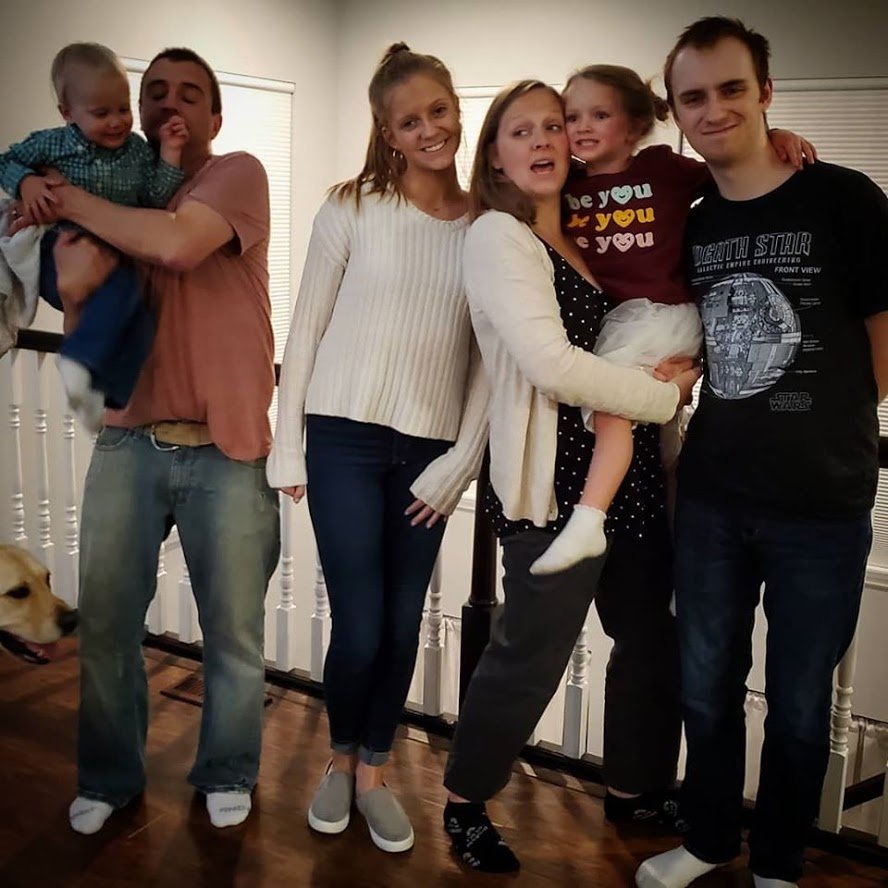
 My husband Brian is the Executive Chef at Charlie Gitto’s on the hill. We have known each other since middle school, and he makes me laugh every day.
My husband Brian is the Executive Chef at Charlie Gitto’s on the hill. We have known each other since middle school, and he makes me laugh every day.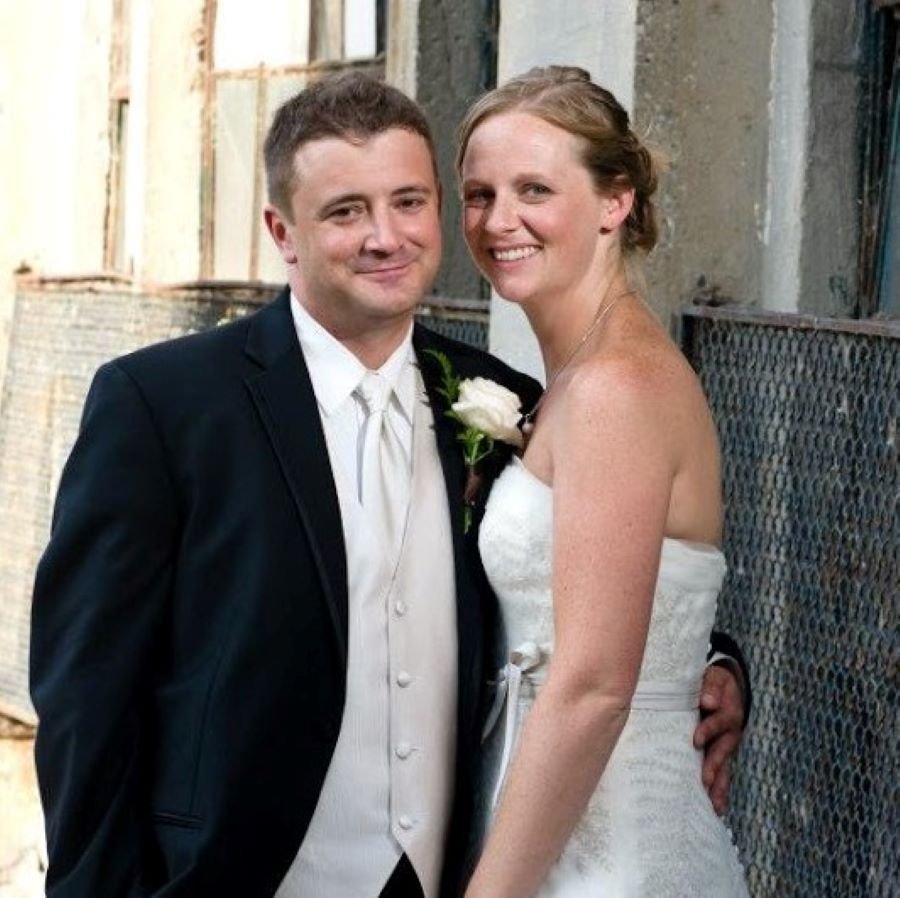 Danny is a VdM alum and he even worked at Villa during late stay hours and summer camp in his high school years (some may remember him as “Mr. Danny”). He is currently a student at Ranken Technical College studying electrical engineering and will graduate this spring. Upon graduation, he will be moving to Huntsville, Alabama for a job working with Sargent and Lundy.
Danny is a VdM alum and he even worked at Villa during late stay hours and summer camp in his high school years (some may remember him as “Mr. Danny”). He is currently a student at Ranken Technical College studying electrical engineering and will graduate this spring. Upon graduation, he will be moving to Huntsville, Alabama for a job working with Sargent and Lundy.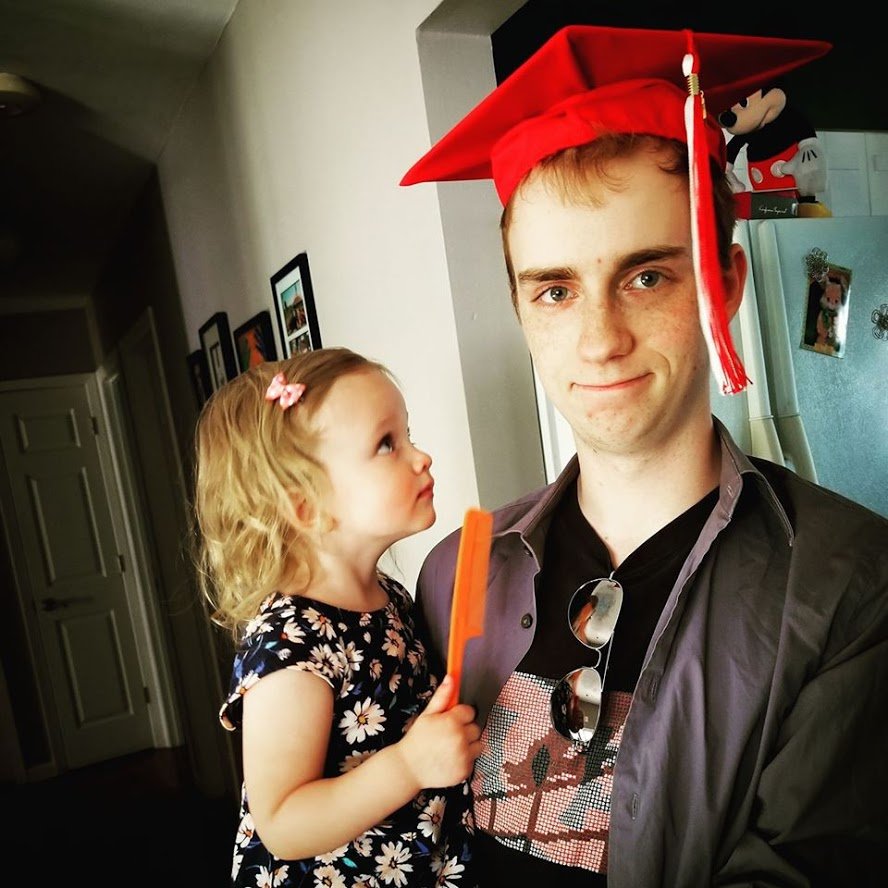 Andra is also a former Villa student and she too worked at late stay and summer camp! She is currently in her freshman year at the University of Kansas where she is studying nursing. She has also enjoyed being a member of the Pi Beta Phi sorority.
Andra is also a former Villa student and she too worked at late stay and summer camp! She is currently in her freshman year at the University of Kansas where she is studying nursing. She has also enjoyed being a member of the Pi Beta Phi sorority.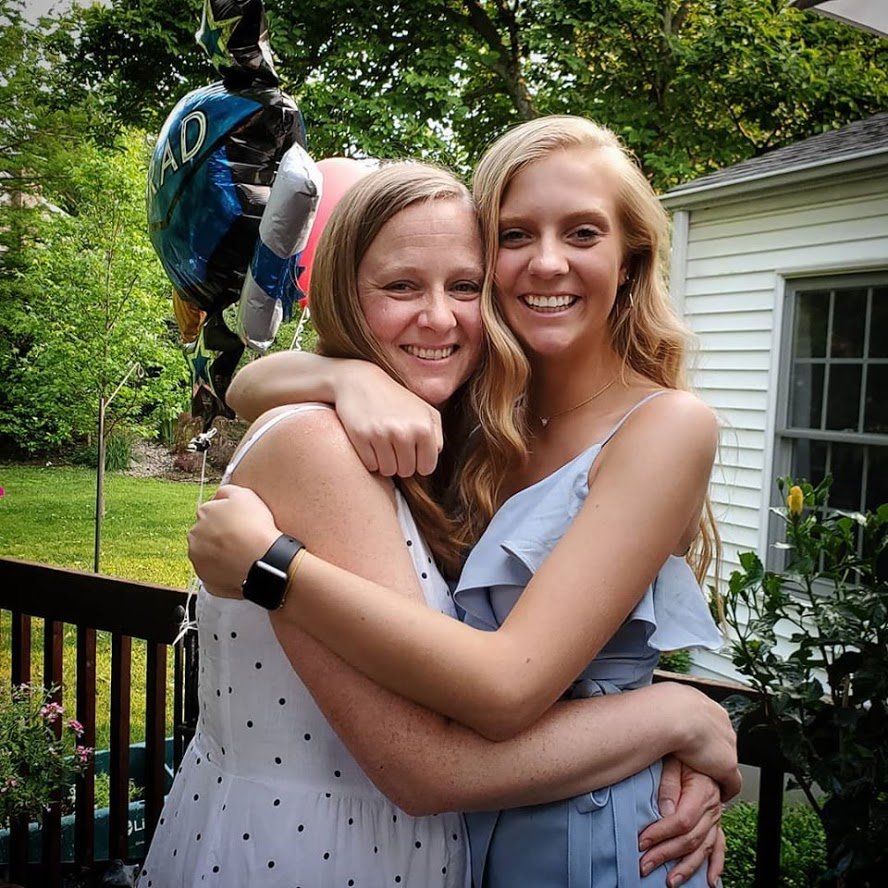 Emerson is in her third year in Mrs. McAuley’s Children's House. She is a bundle of energy and super excited about her upcoming birthday and turning 5!
Emerson is in her third year in Mrs. McAuley’s Children's House. She is a bundle of energy and super excited about her upcoming birthday and turning 5!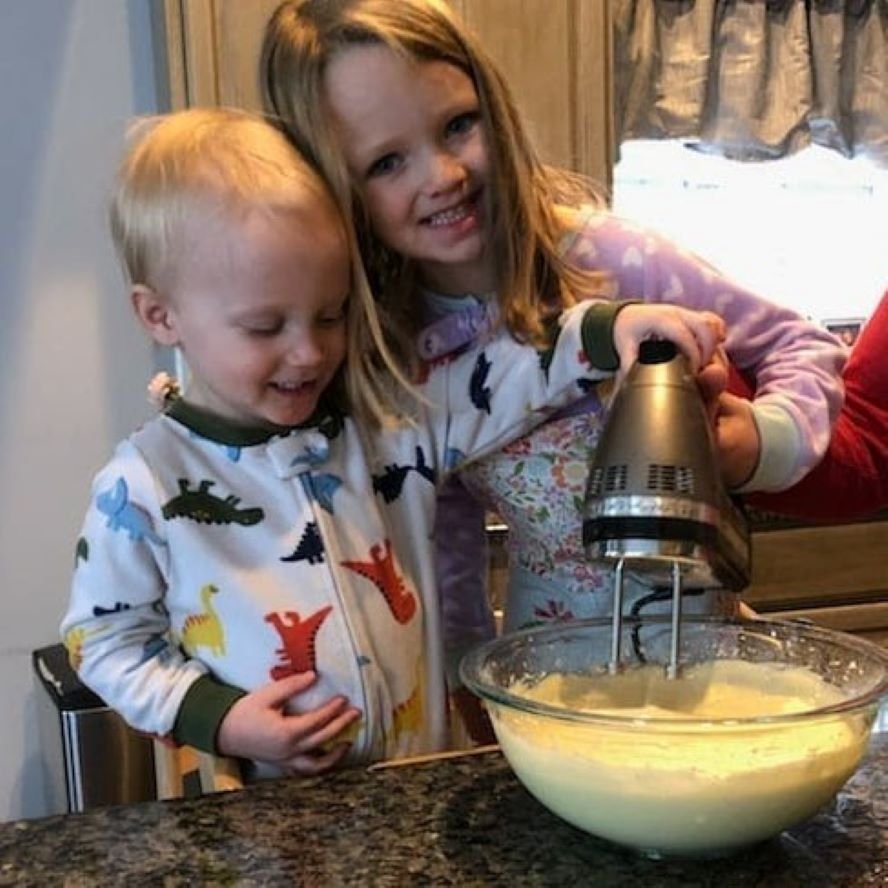 Miles has just turned 2 and spent his Tuesdays this school year in the parent-child class, he will join his sister in Primary 1 this coming fall. He is the baby in our family, but he is ready for some big things!
Miles has just turned 2 and spent his Tuesdays this school year in the parent-child class, he will join his sister in Primary 1 this coming fall. He is the baby in our family, but he is ready for some big things!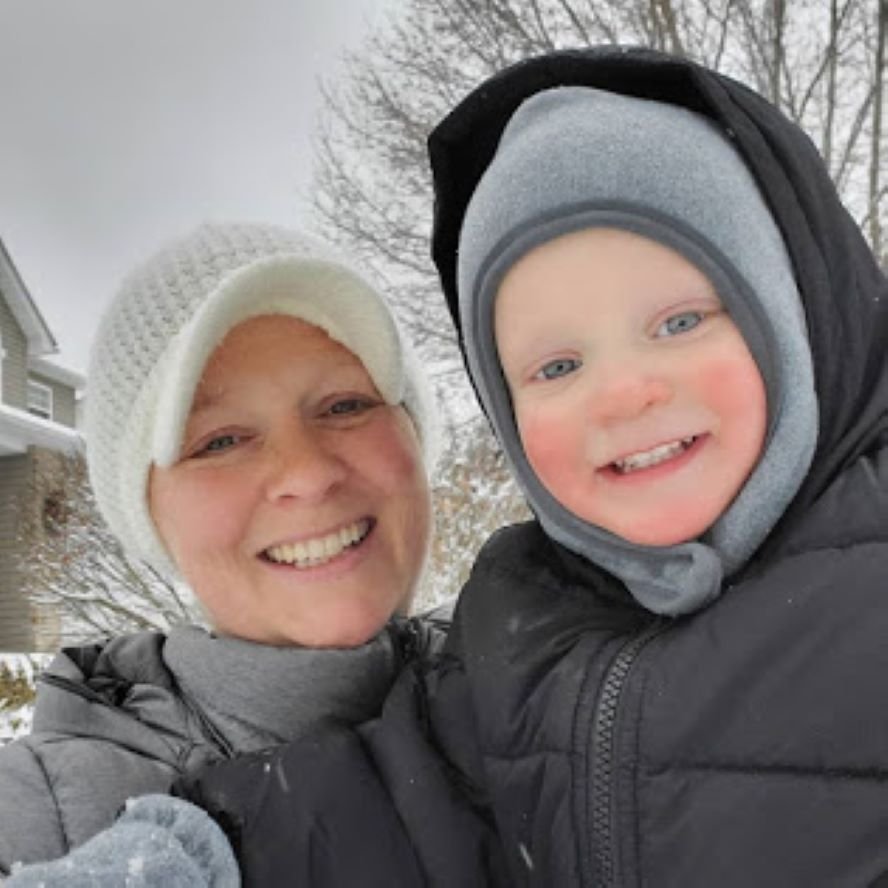
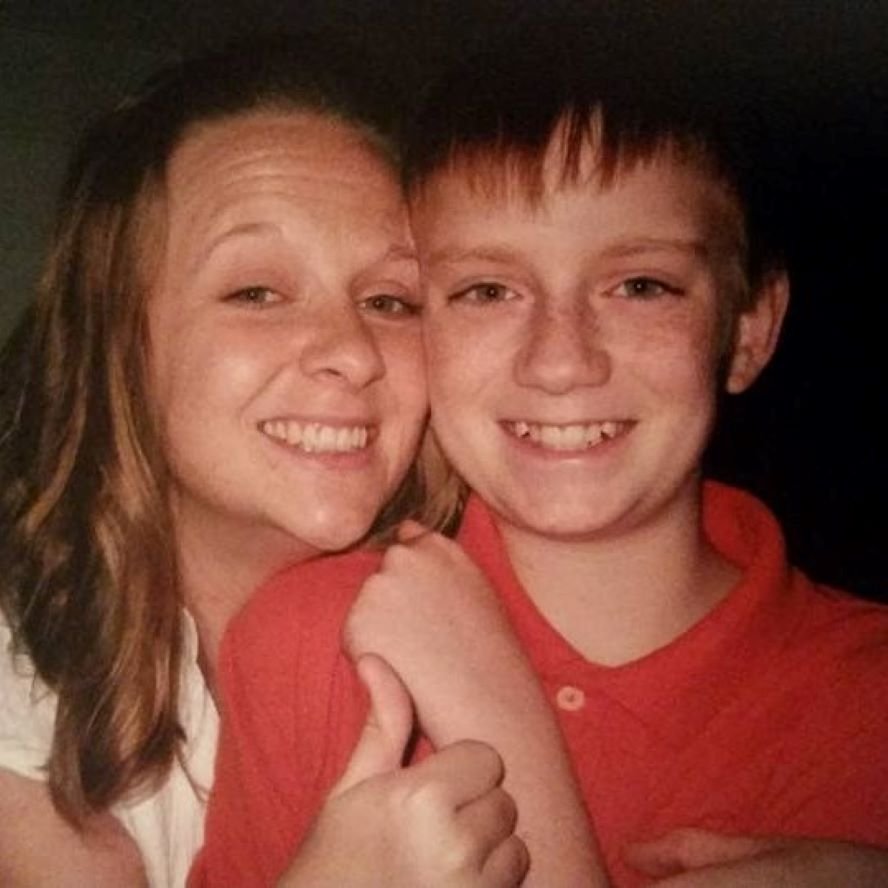
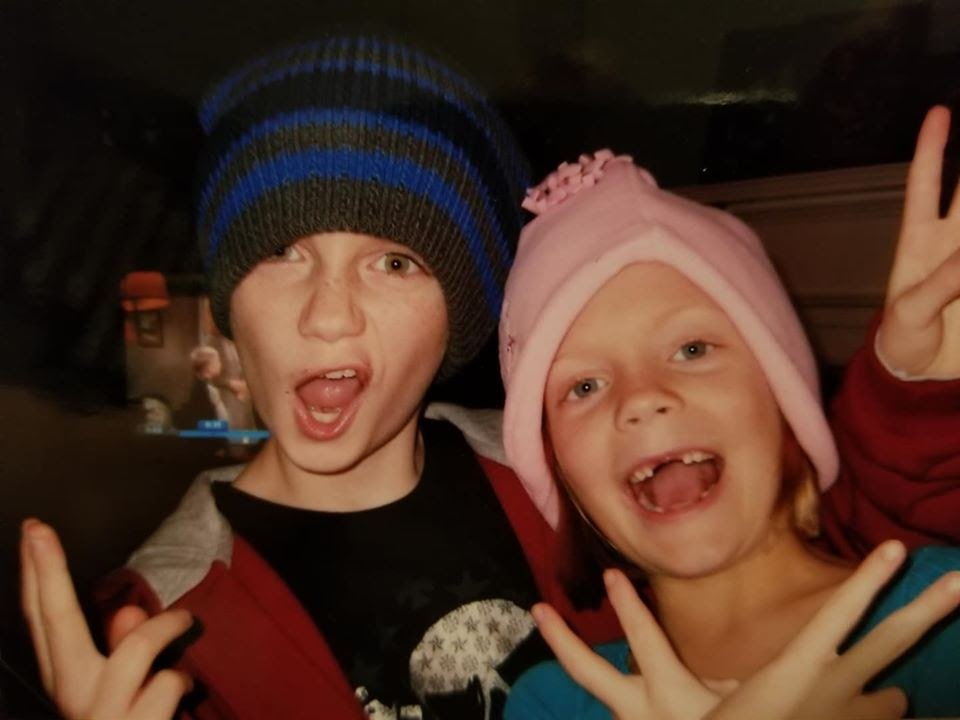
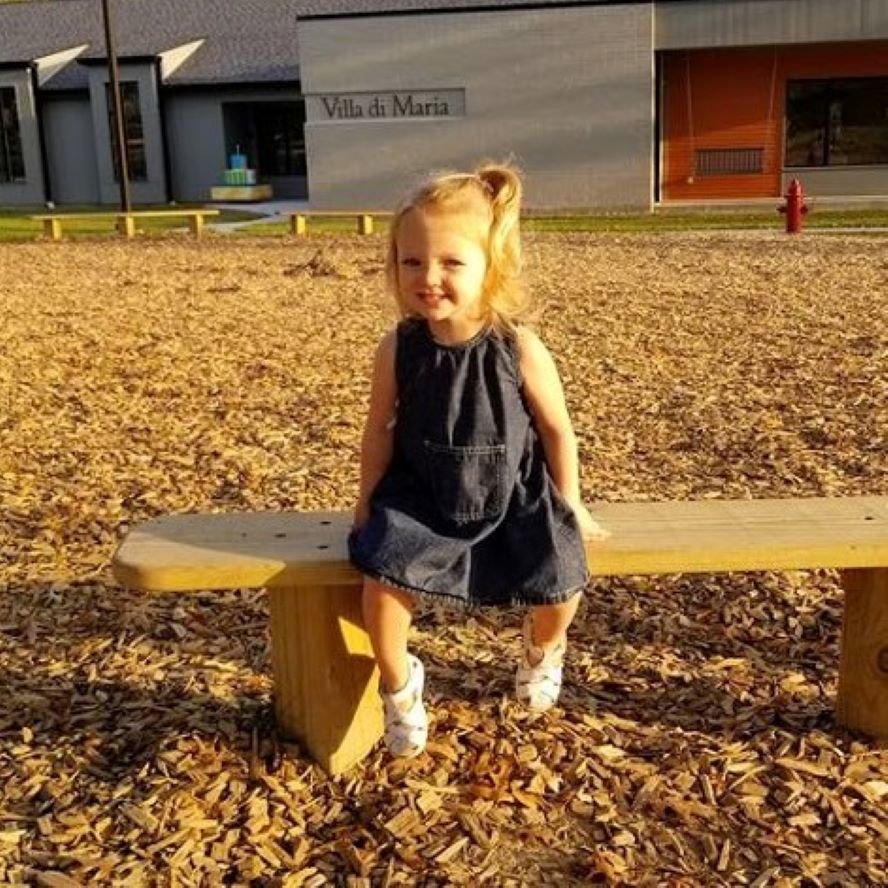
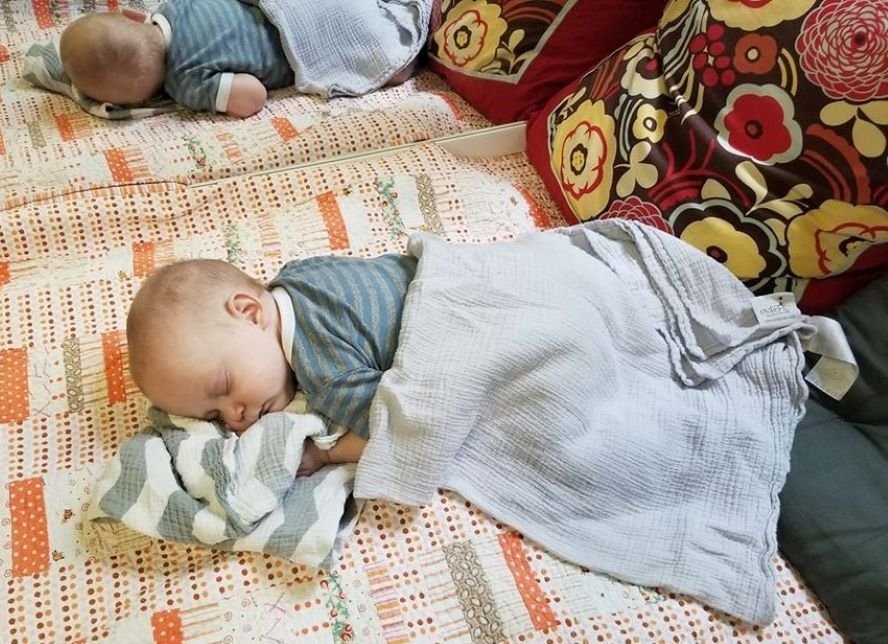
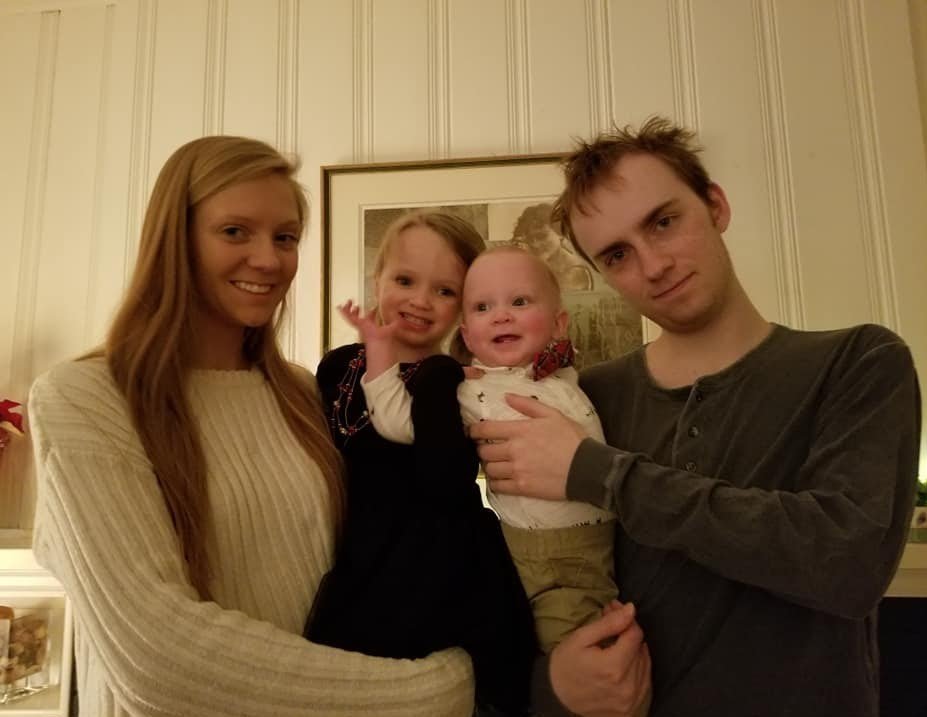
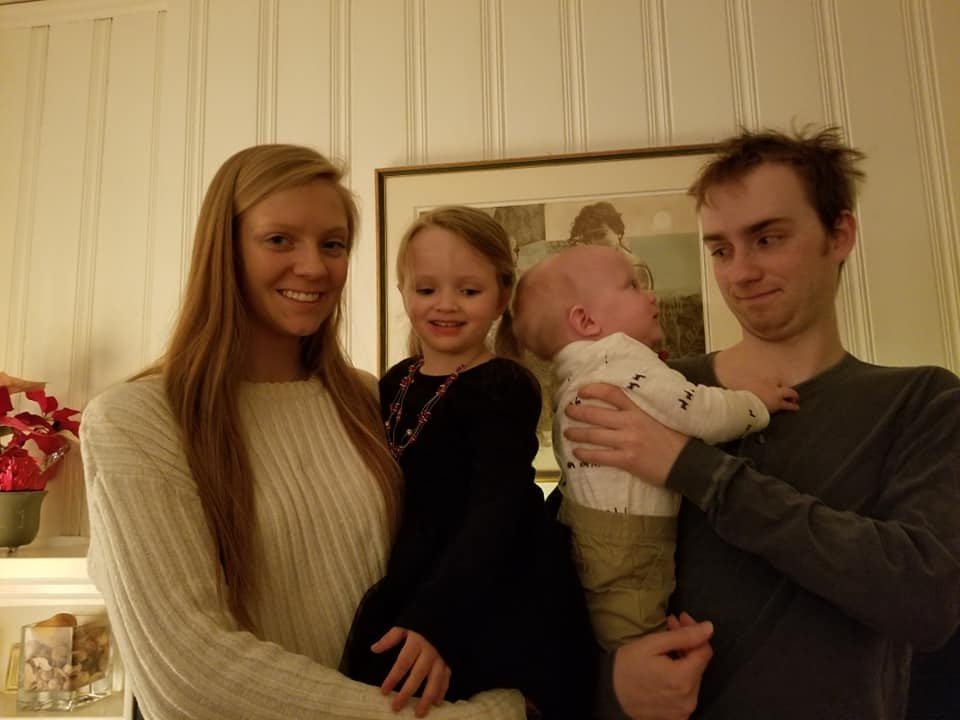
 Villa di Maria would like to add something here: Heather has also been working during this break to stay connected with the P3 families and children through emails, phone calls, voice calls and Zoom sing-alongs in our distance learning program. She and all of our amazing guides have been working tirelessly to keep our community together and learning. We would not be VdM without them.
Villa di Maria would like to add something here: Heather has also been working during this break to stay connected with the P3 families and children through emails, phone calls, voice calls and Zoom sing-alongs in our distance learning program. She and all of our amazing guides have been working tirelessly to keep our community together and learning. We would not be VdM without them.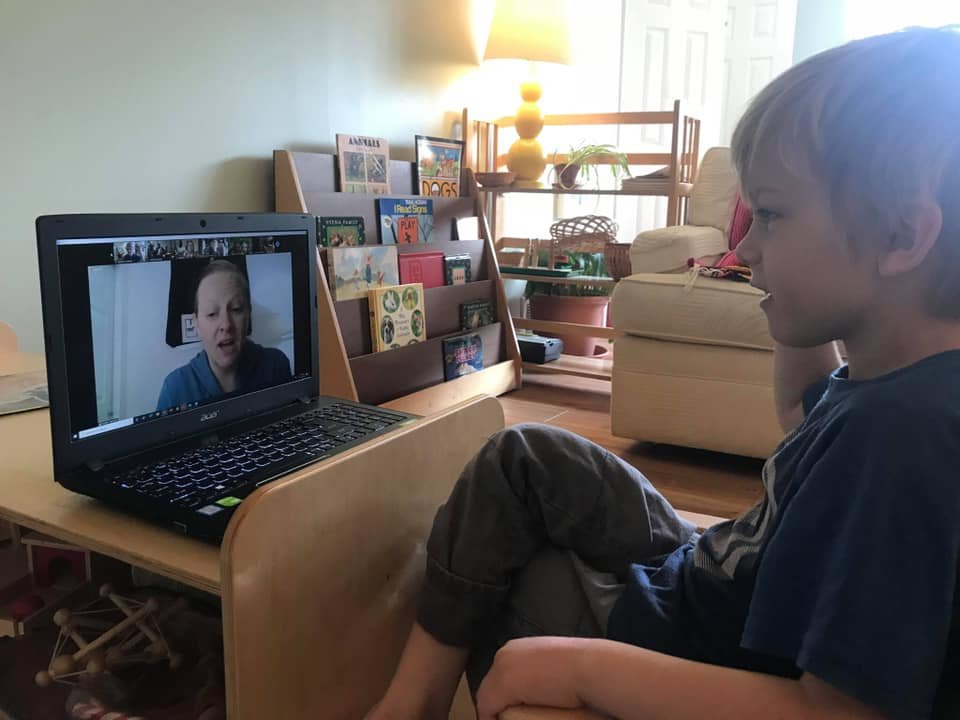
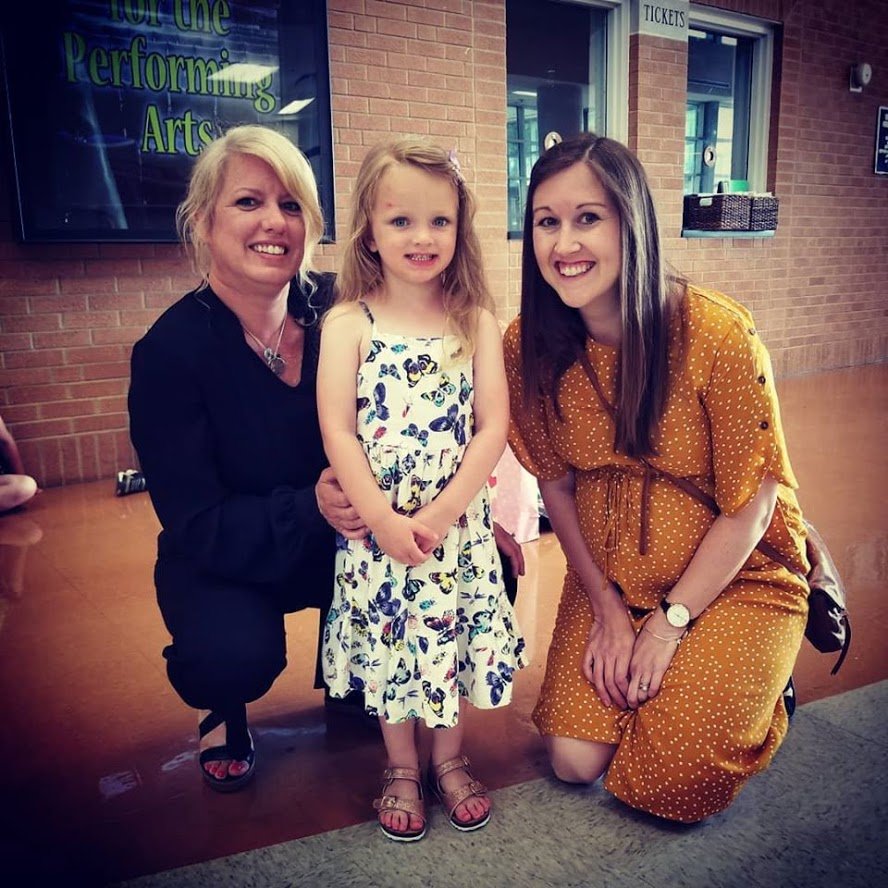 Thank you, Heather, Brian, Danny, Andra, Emerson and Miles for sharing your lives with us today and every day at Villa di Maria.
Thank you, Heather, Brian, Danny, Andra, Emerson and Miles for sharing your lives with us today and every day at Villa di Maria.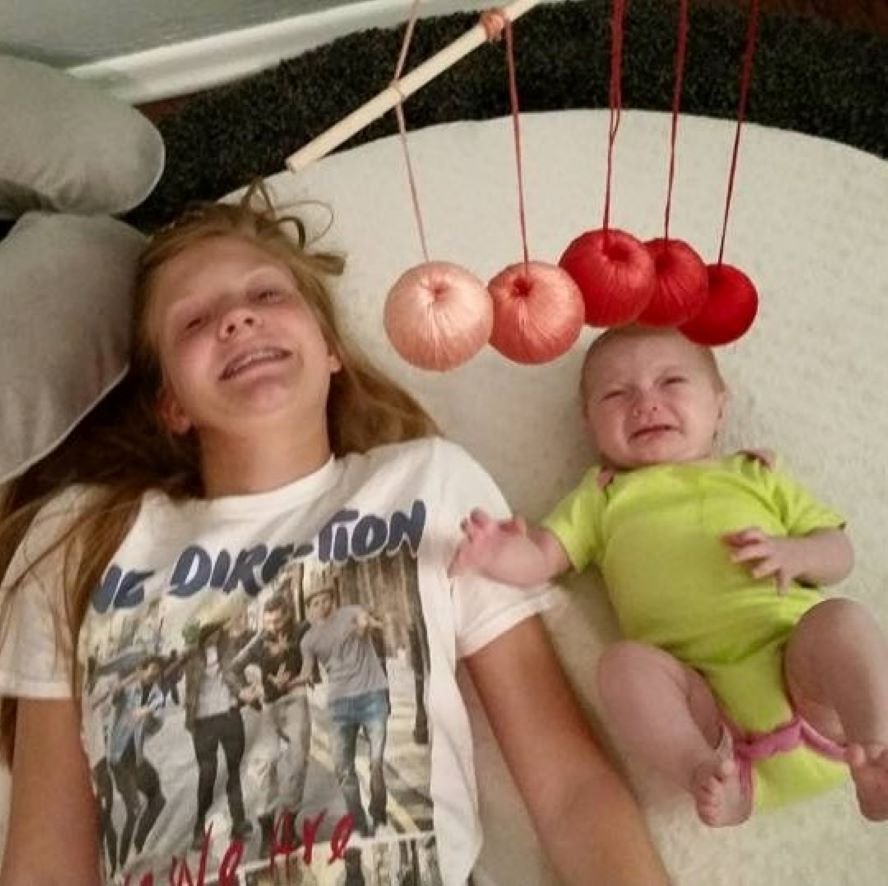
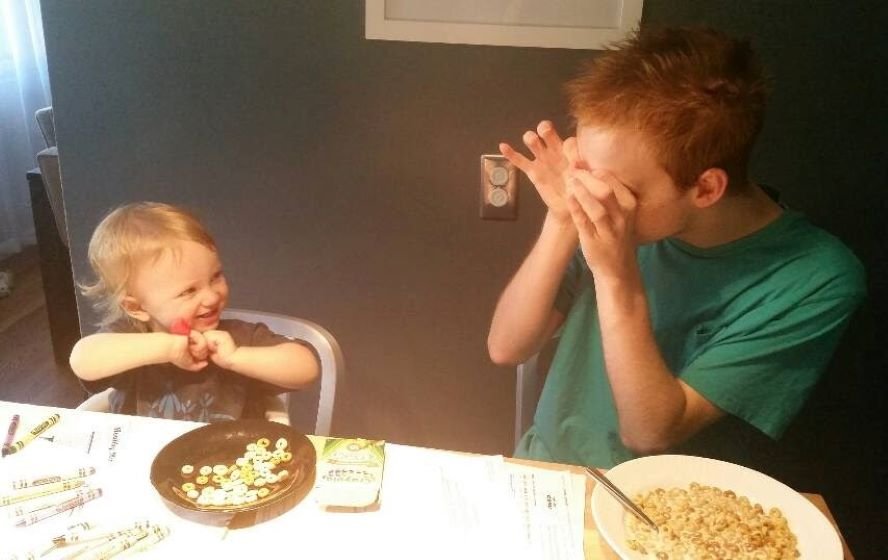
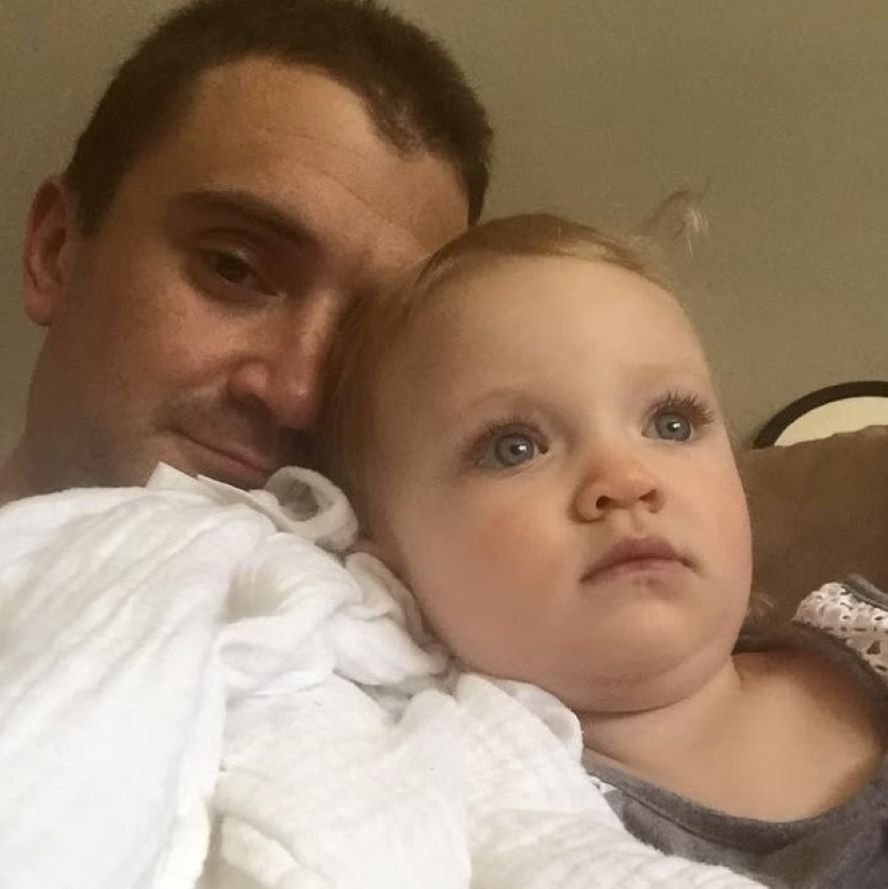
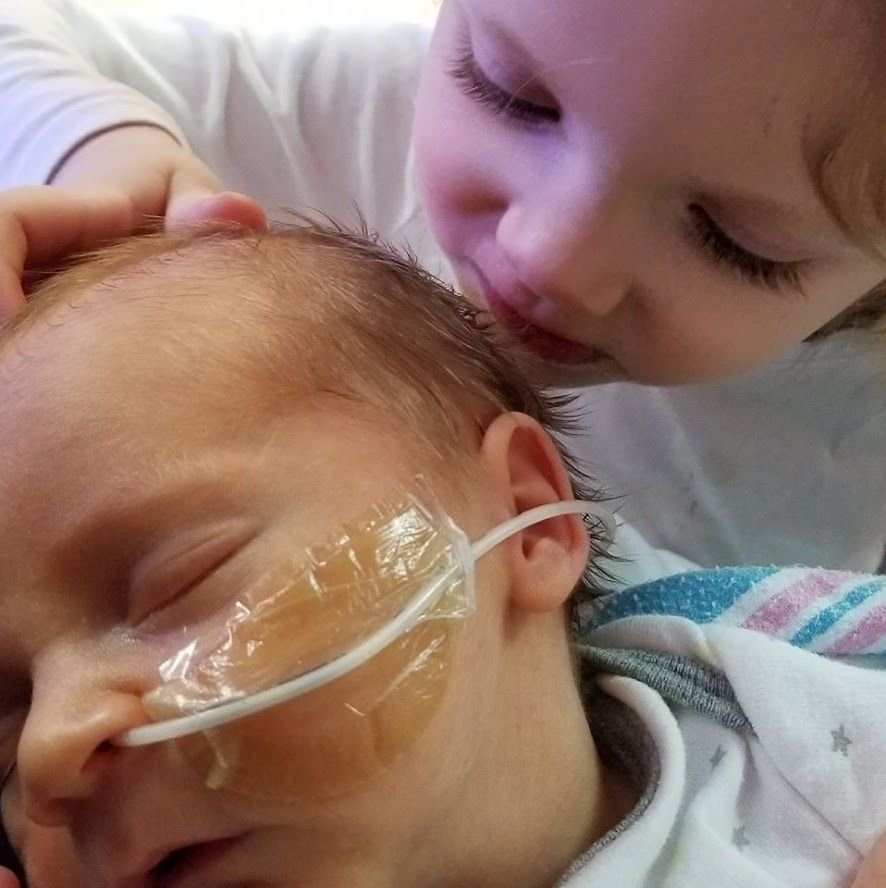
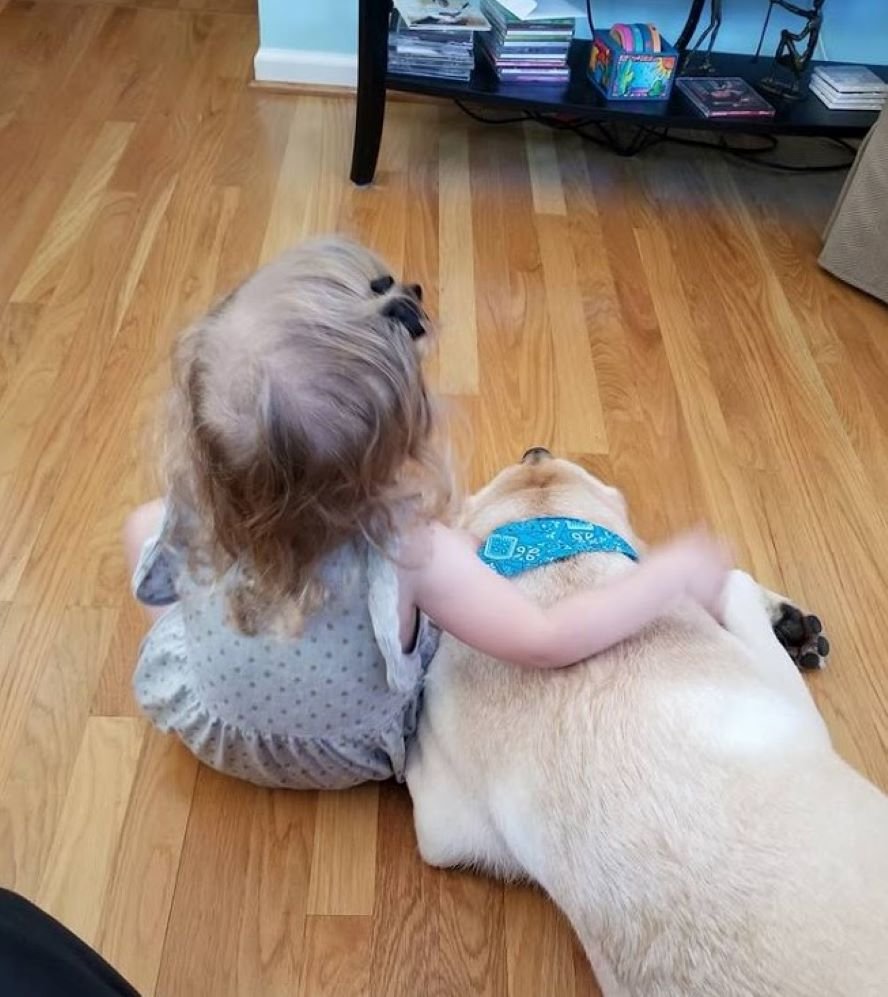
 Uncredited photos courtesy of the Steinman family.
Uncredited photos courtesy of the Steinman family.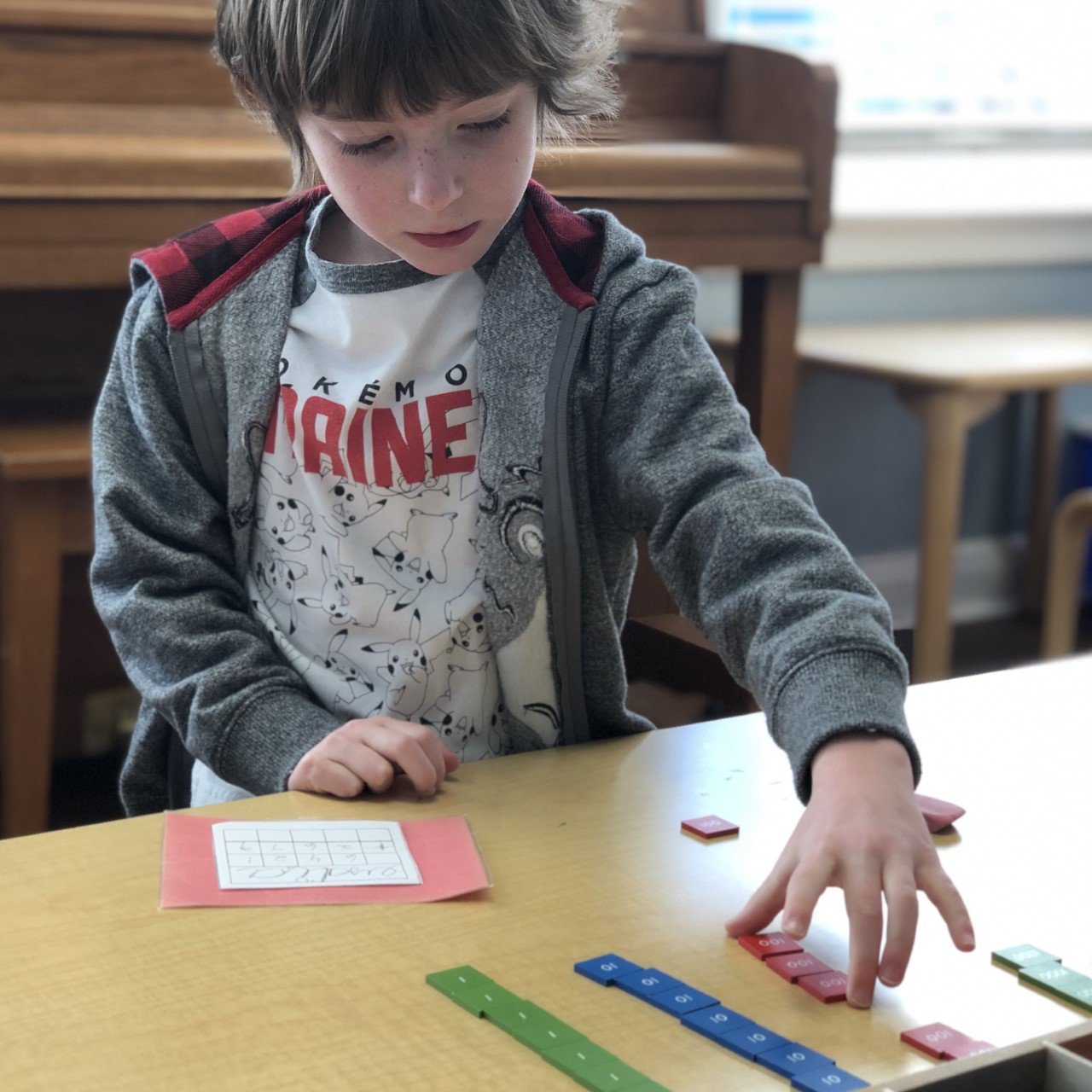 Parents of young Montessori children don't often see a lot of "work product" from math lessons coming home with their children. There are no work sheets to complete over the weekend. No times tables to recite over dinner. This can seem foreign to those of us who learned math by rote learning—through drills, practice, memorization and workbooks to complete at home—and lead us to wonder, is math really happening in the Children's House?The answer is yes! Math is happening in the Children's House, and it is happening in a meaningful and intentional way.Like everything in the Children's House, the sequence of math lessons is designed to follow the natural development of the child. Math is introduced to the very young child in a concrete way, with sensorial materials that she can touch, feel and manipulate with her hands. With these hands-on materials, the child learns how to count, to measure, to recognize and predict patterns, to compare, and she begins to discover what happens when numbers are put together in different ways. These first materials also introduce, from the very beginning, place values—ones, tens, teens, hundreds and thousands—giving the child a solid, foundational number sense.As the child develops the ability for abstract thought, she's introduced to materials that maintain the hands-on involvement while also offering opportunities to think abstractly. She's introduced to the four operations, one at a time, as she begins to think analytically and to solve problems. And she is introduced to the purely abstract numbers on a page.
Parents of young Montessori children don't often see a lot of "work product" from math lessons coming home with their children. There are no work sheets to complete over the weekend. No times tables to recite over dinner. This can seem foreign to those of us who learned math by rote learning—through drills, practice, memorization and workbooks to complete at home—and lead us to wonder, is math really happening in the Children's House?The answer is yes! Math is happening in the Children's House, and it is happening in a meaningful and intentional way.Like everything in the Children's House, the sequence of math lessons is designed to follow the natural development of the child. Math is introduced to the very young child in a concrete way, with sensorial materials that she can touch, feel and manipulate with her hands. With these hands-on materials, the child learns how to count, to measure, to recognize and predict patterns, to compare, and she begins to discover what happens when numbers are put together in different ways. These first materials also introduce, from the very beginning, place values—ones, tens, teens, hundreds and thousands—giving the child a solid, foundational number sense.As the child develops the ability for abstract thought, she's introduced to materials that maintain the hands-on involvement while also offering opportunities to think abstractly. She's introduced to the four operations, one at a time, as she begins to think analytically and to solve problems. And she is introduced to the purely abstract numbers on a page.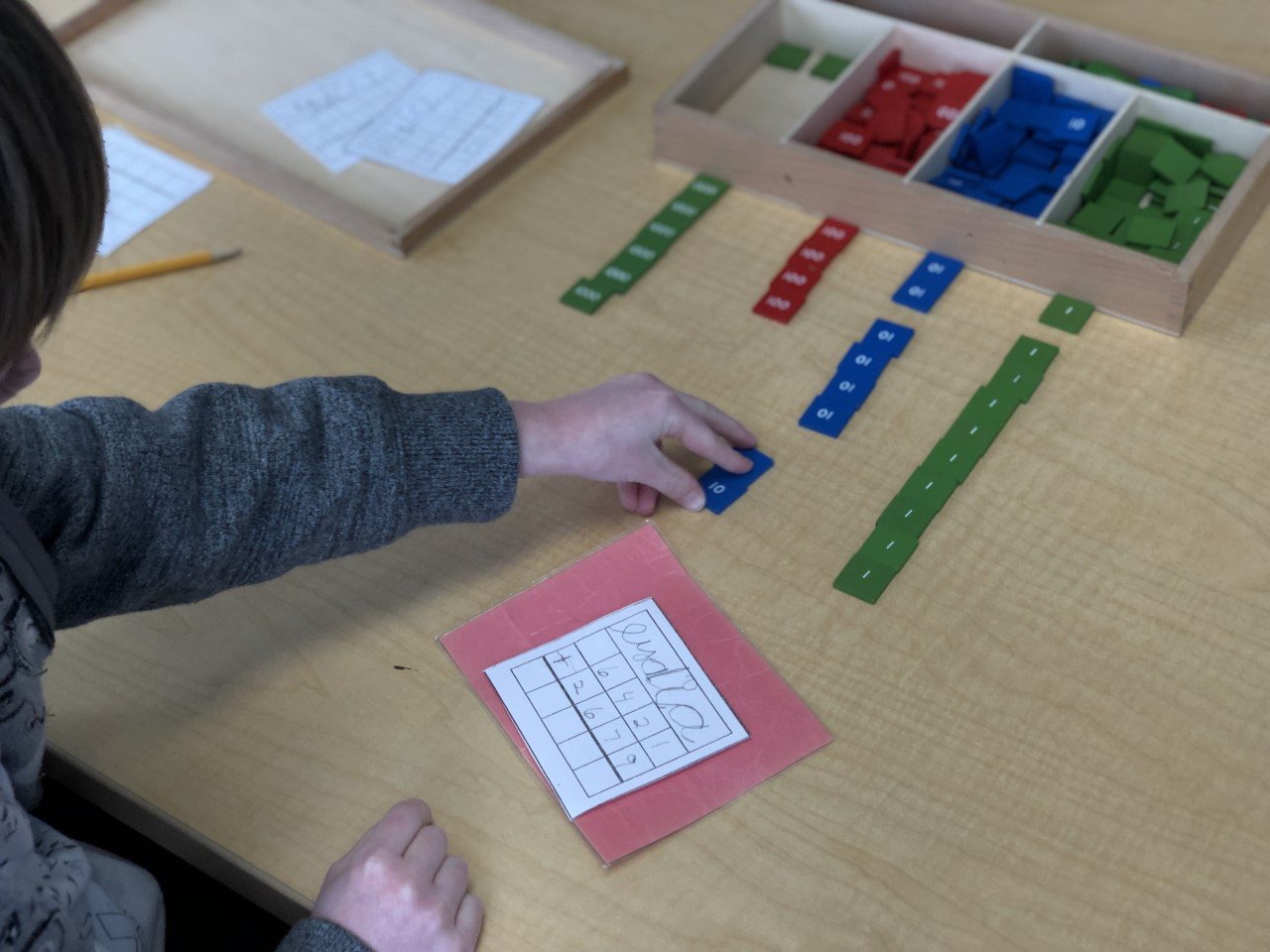 The Addition Stamp Game is the child's introduction into the world of abstract calculations. By the time she's introduced to this lesson, the child has mastered the foundational math materials that gave her a number sense and she has been introduced to the first operation, addition, with the golden beads.When working with The Addition Stamp Game, the child is given an addition problem on paper and asked to calculate it using small tiles, or stamps. She is practicing an abstract calculation while using familiar, concrete methods of mathematical thinking.
The Addition Stamp Game is the child's introduction into the world of abstract calculations. By the time she's introduced to this lesson, the child has mastered the foundational math materials that gave her a number sense and she has been introduced to the first operation, addition, with the golden beads.When working with The Addition Stamp Game, the child is given an addition problem on paper and asked to calculate it using small tiles, or stamps. She is practicing an abstract calculation while using familiar, concrete methods of mathematical thinking.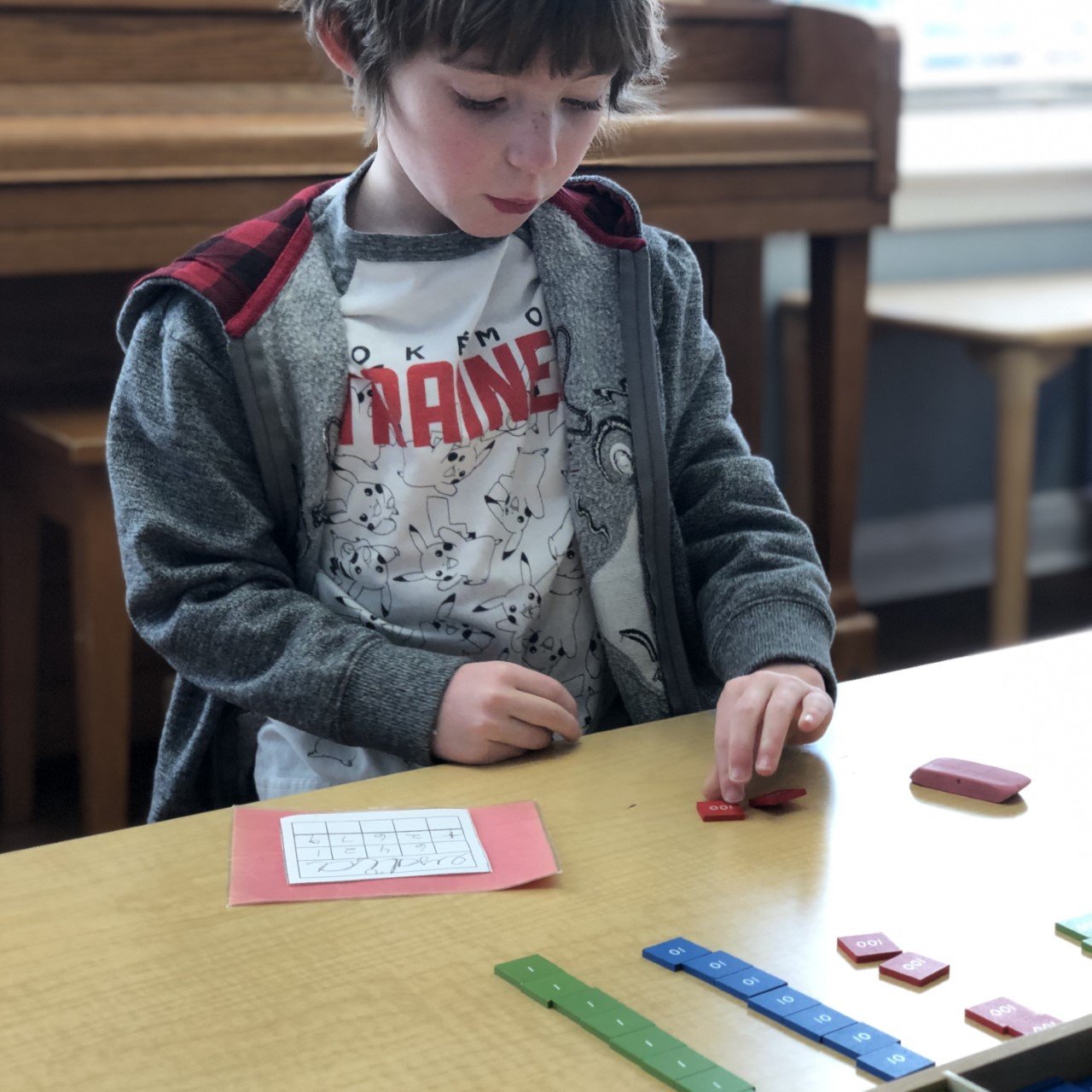 The problem combines two 4-digit numbers so the child will use her knowledge of place values. The tiles are color-coded and numbered to represent the groups of ten. As she works out the problem with tiles and comes to a solution, she writes her answer on the page, practicing her number writing and learning a new way to represent her work.After she has mastered the Addition Stamp Game, the child will have more opportunities to bridge her foundation in the concrete with her newly abstract mind with Stamp Games in the remaining three operations—subtraction, multiplication and division. The progress will be careful and deliberate, following the pace of the child's development.
The problem combines two 4-digit numbers so the child will use her knowledge of place values. The tiles are color-coded and numbered to represent the groups of ten. As she works out the problem with tiles and comes to a solution, she writes her answer on the page, practicing her number writing and learning a new way to represent her work.After she has mastered the Addition Stamp Game, the child will have more opportunities to bridge her foundation in the concrete with her newly abstract mind with Stamp Games in the remaining three operations—subtraction, multiplication and division. The progress will be careful and deliberate, following the pace of the child's development.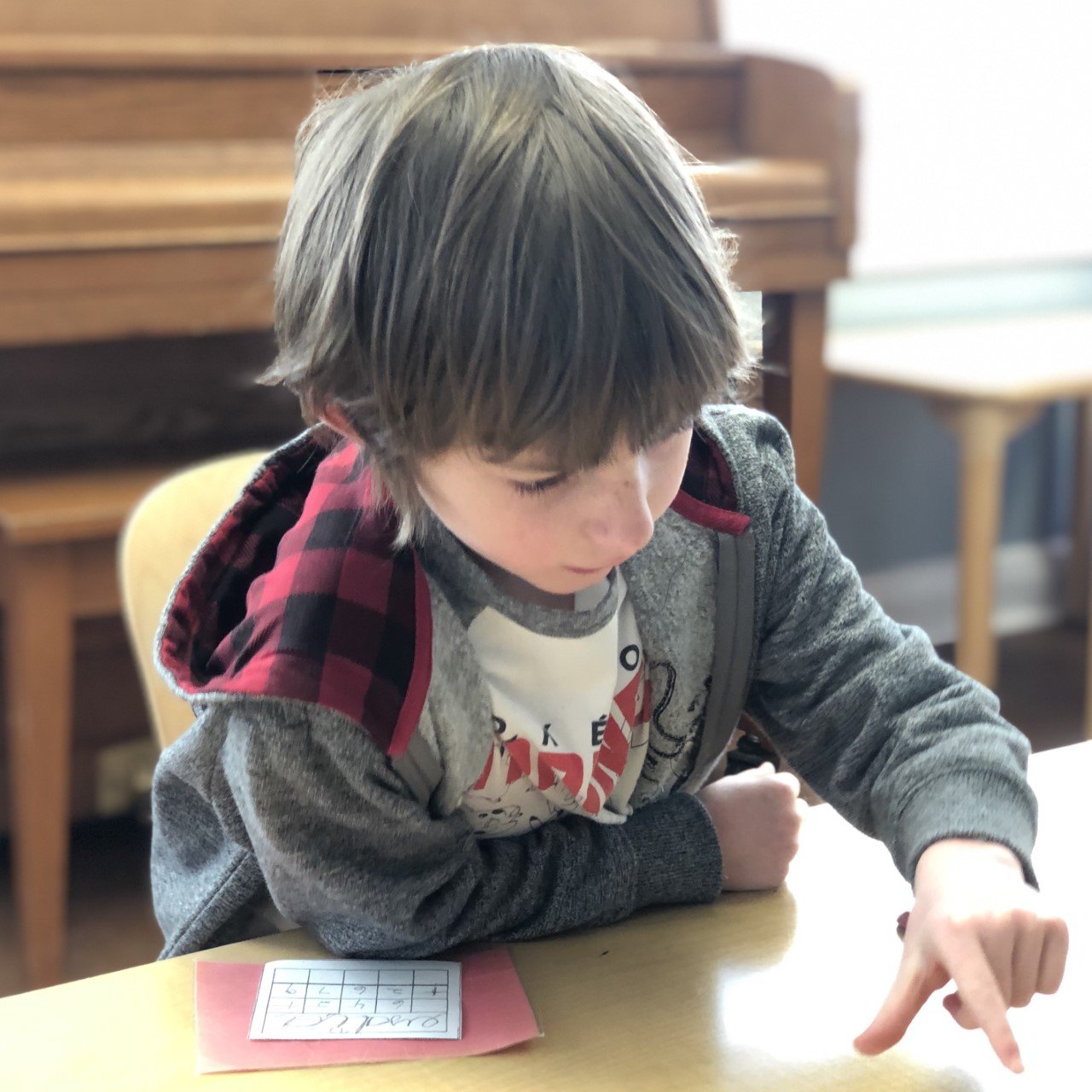 As she moves toward and through elementary, her work with math will become progressively less concrete until, ultimately, she will develop purely abstract mathematical reasoning.
As she moves toward and through elementary, her work with math will become progressively less concrete until, ultimately, she will develop purely abstract mathematical reasoning.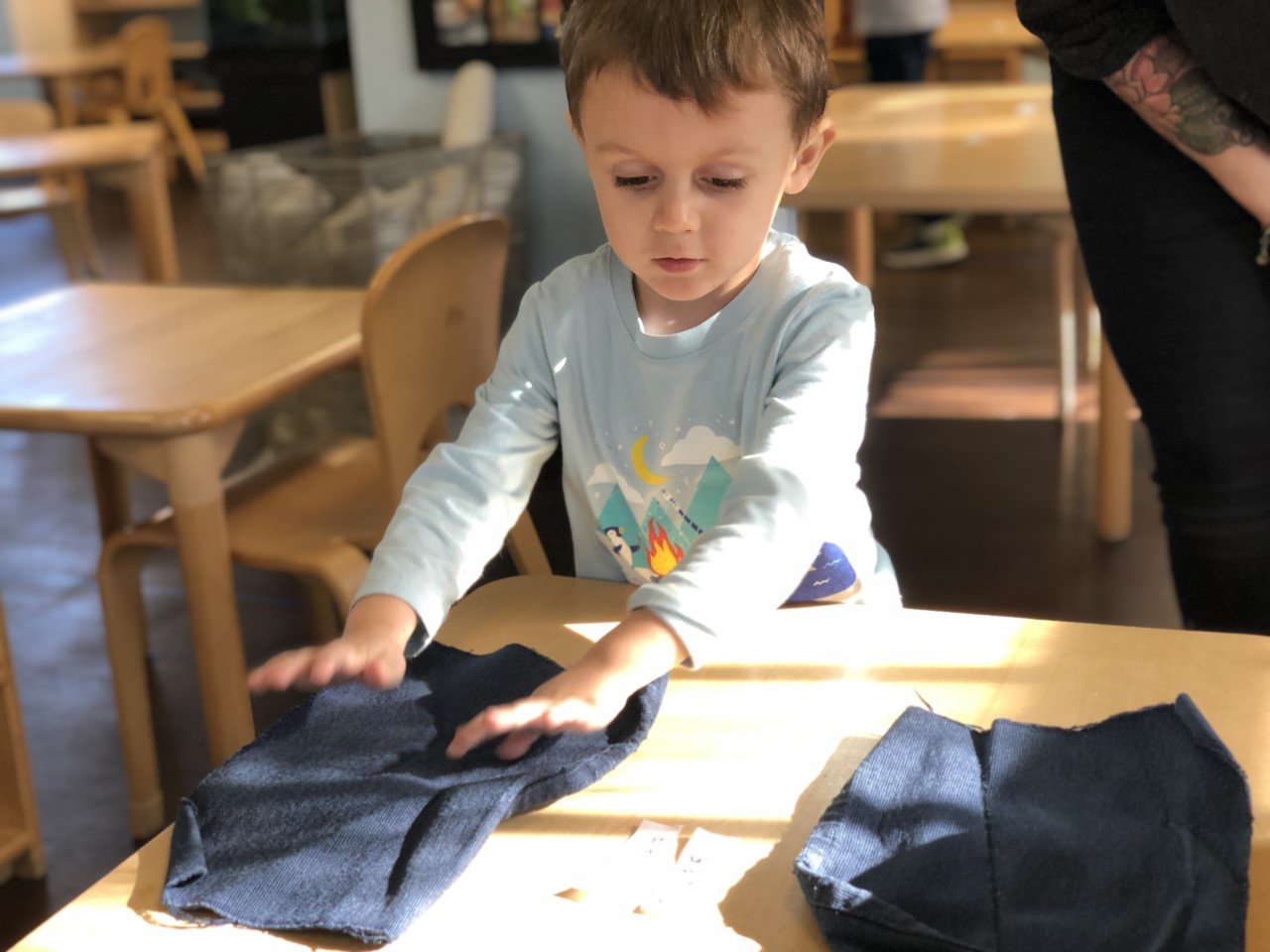 One of the greatest joys of working at Villa di Maria is watching our children grow. It's not just that they get taller, know more words and lose their first teeth (although all of that is pretty great); it's watching them develop, learn and expand as people. They are becoming who they are right before our eyes.Part of who they are is a person in a community. That's true of each of us—as humans, we are inherently social animals, and our communities are parts of our identities. And for the children at Villa di Maria, their community is the Children's House.
One of the greatest joys of working at Villa di Maria is watching our children grow. It's not just that they get taller, know more words and lose their first teeth (although all of that is pretty great); it's watching them develop, learn and expand as people. They are becoming who they are right before our eyes.Part of who they are is a person in a community. That's true of each of us—as humans, we are inherently social animals, and our communities are parts of our identities. And for the children at Villa di Maria, their community is the Children's House.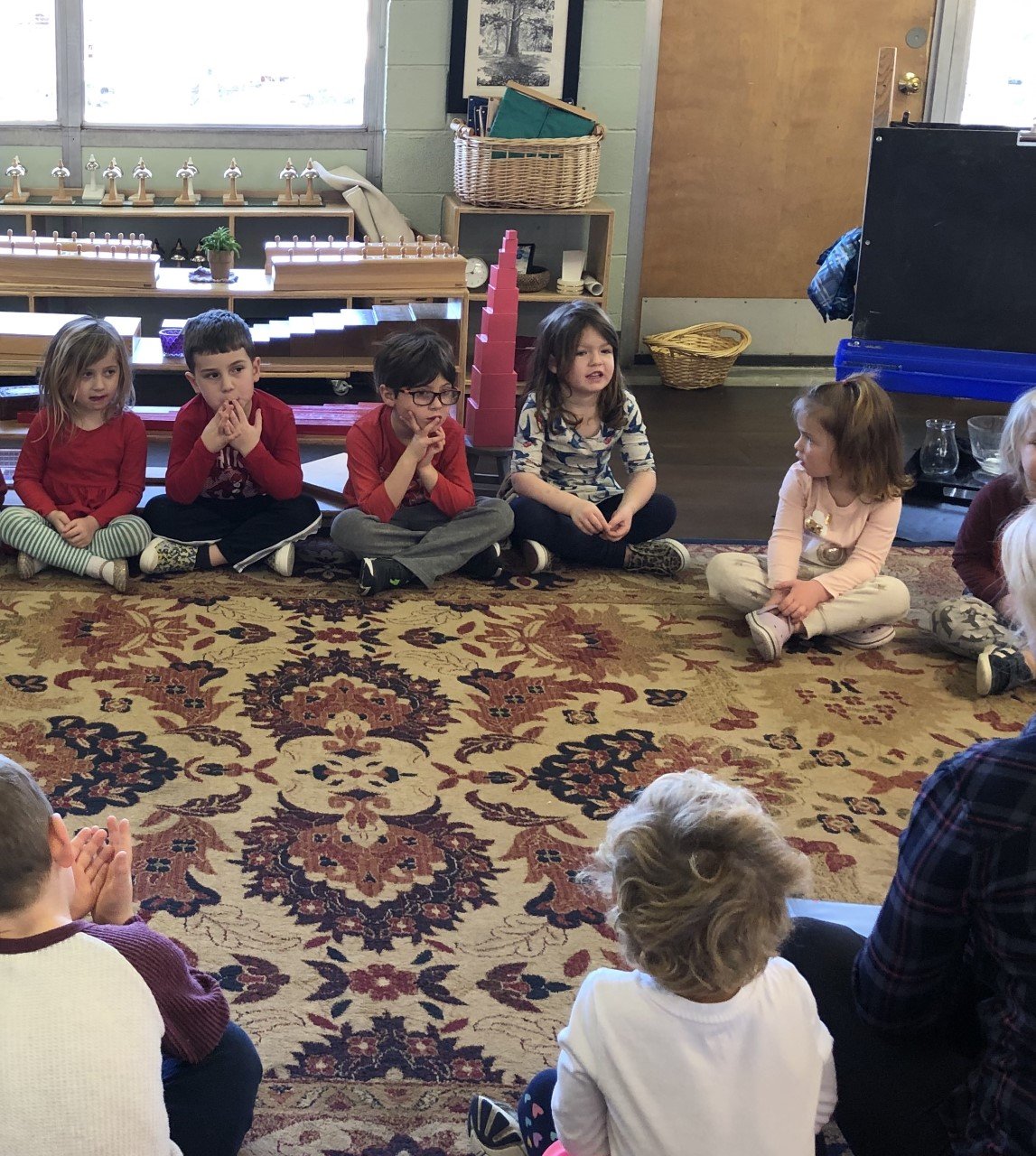 During their three or more years in the Children's House, children are free and encouraged to try on many different roles as they practice and expand their social skills.They have the opportunity to serve their communities with classroom contributions and community jobs.
During their three or more years in the Children's House, children are free and encouraged to try on many different roles as they practice and expand their social skills.They have the opportunity to serve their communities with classroom contributions and community jobs.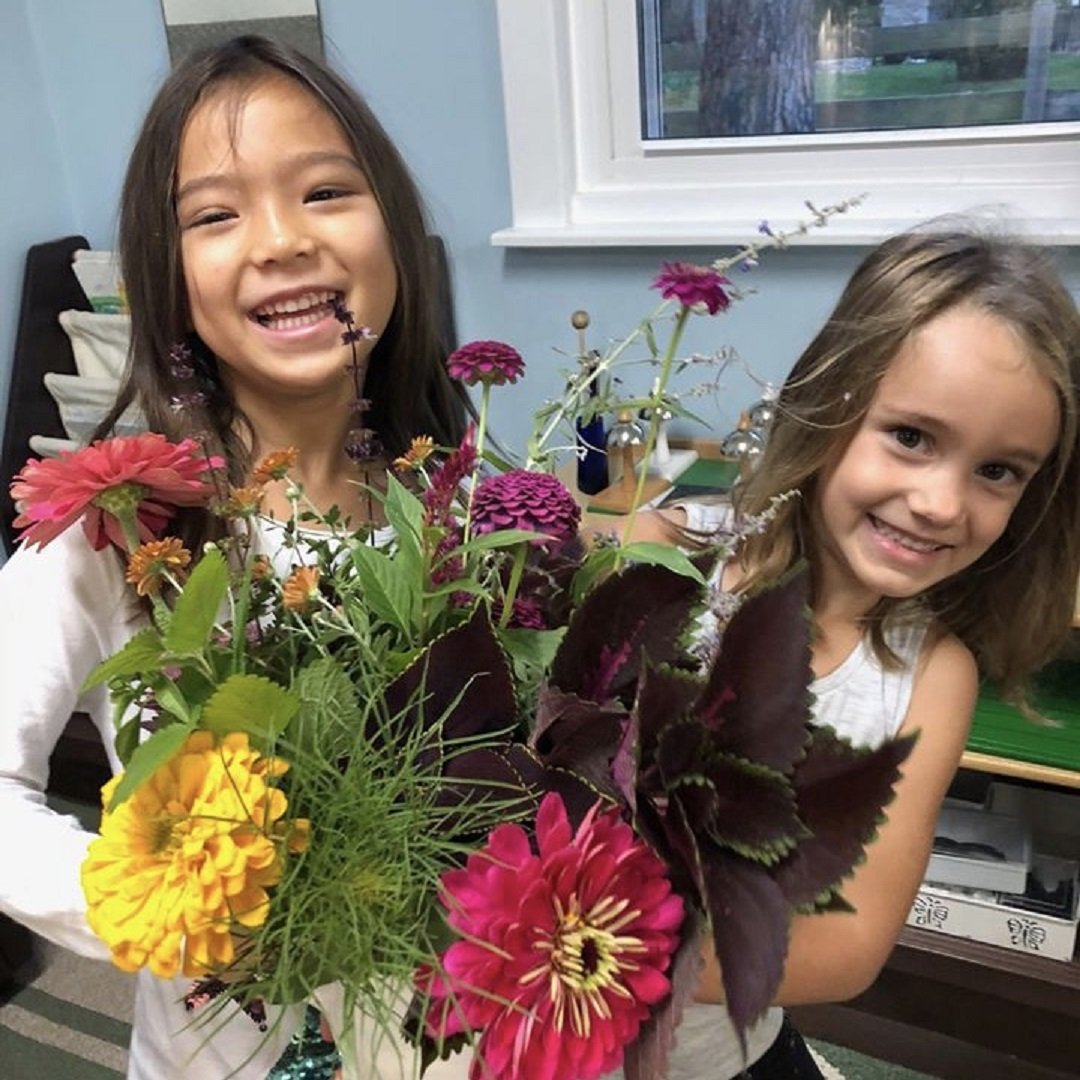

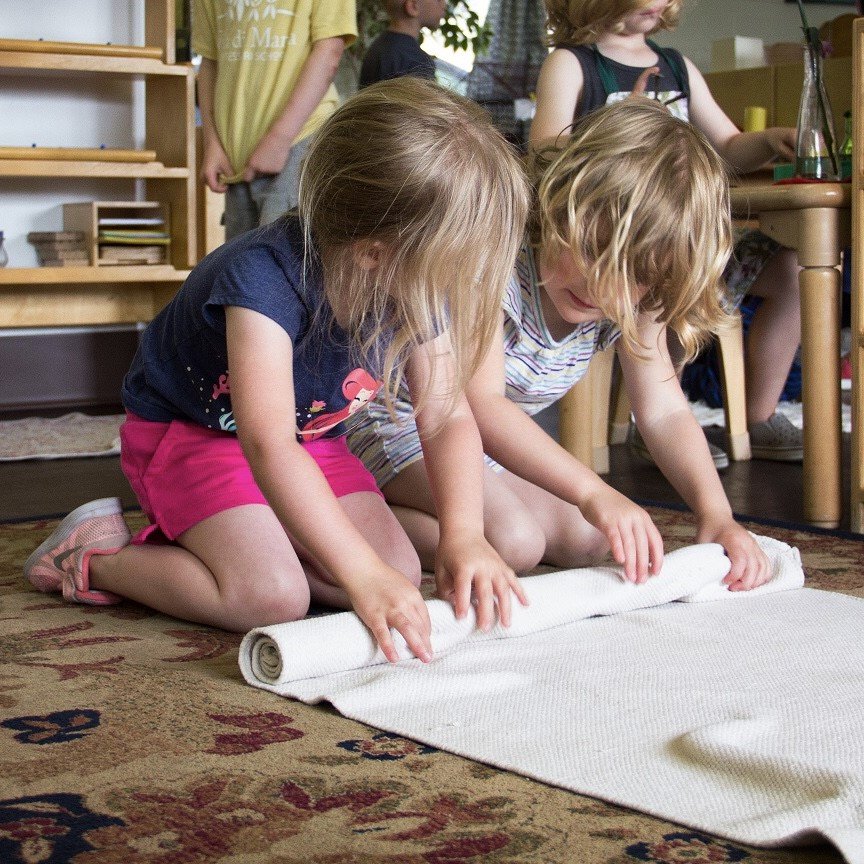 They sit down together for snack, lunch and sometimes holiday celebrations!
They sit down together for snack, lunch and sometimes holiday celebrations!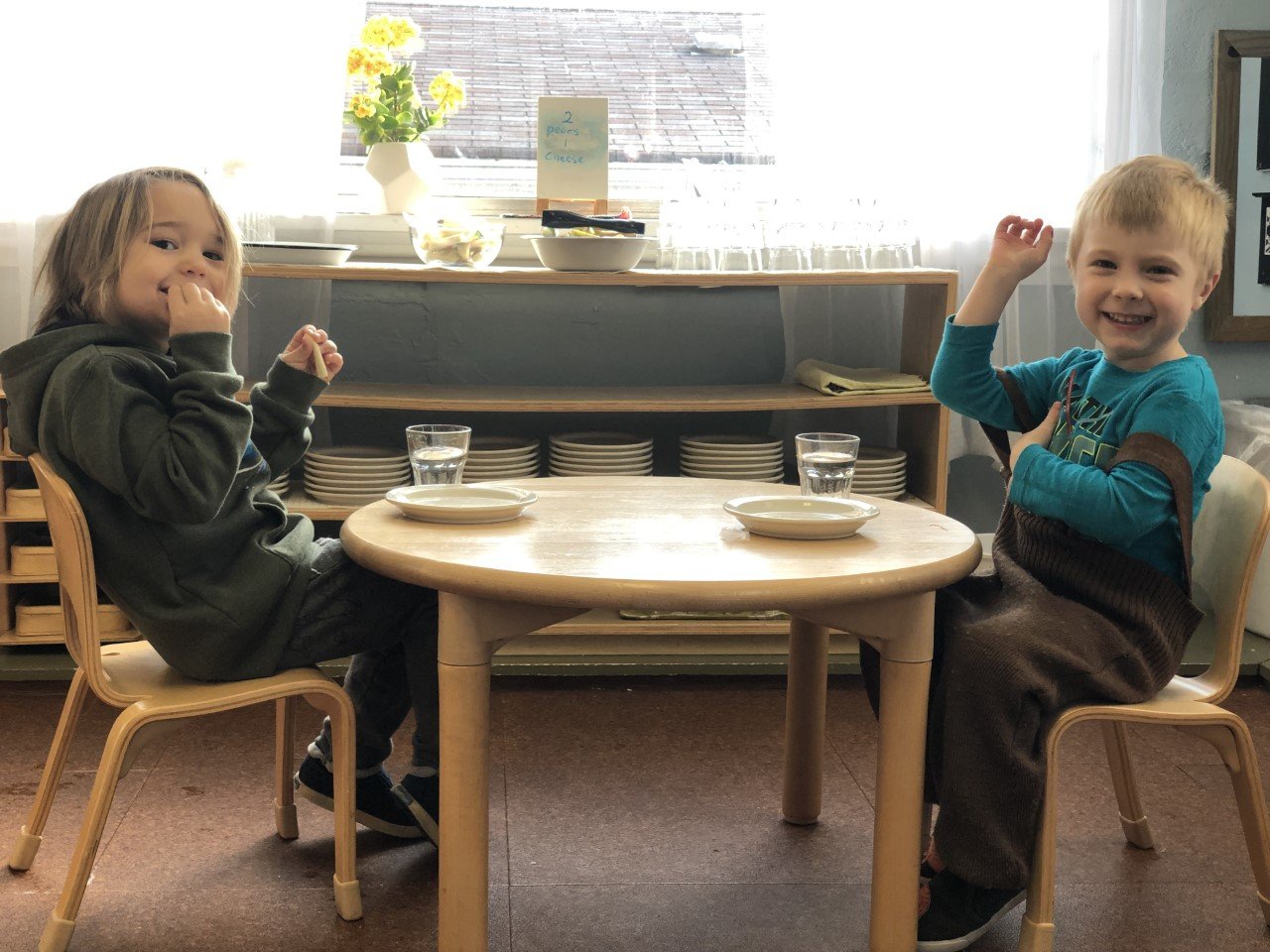
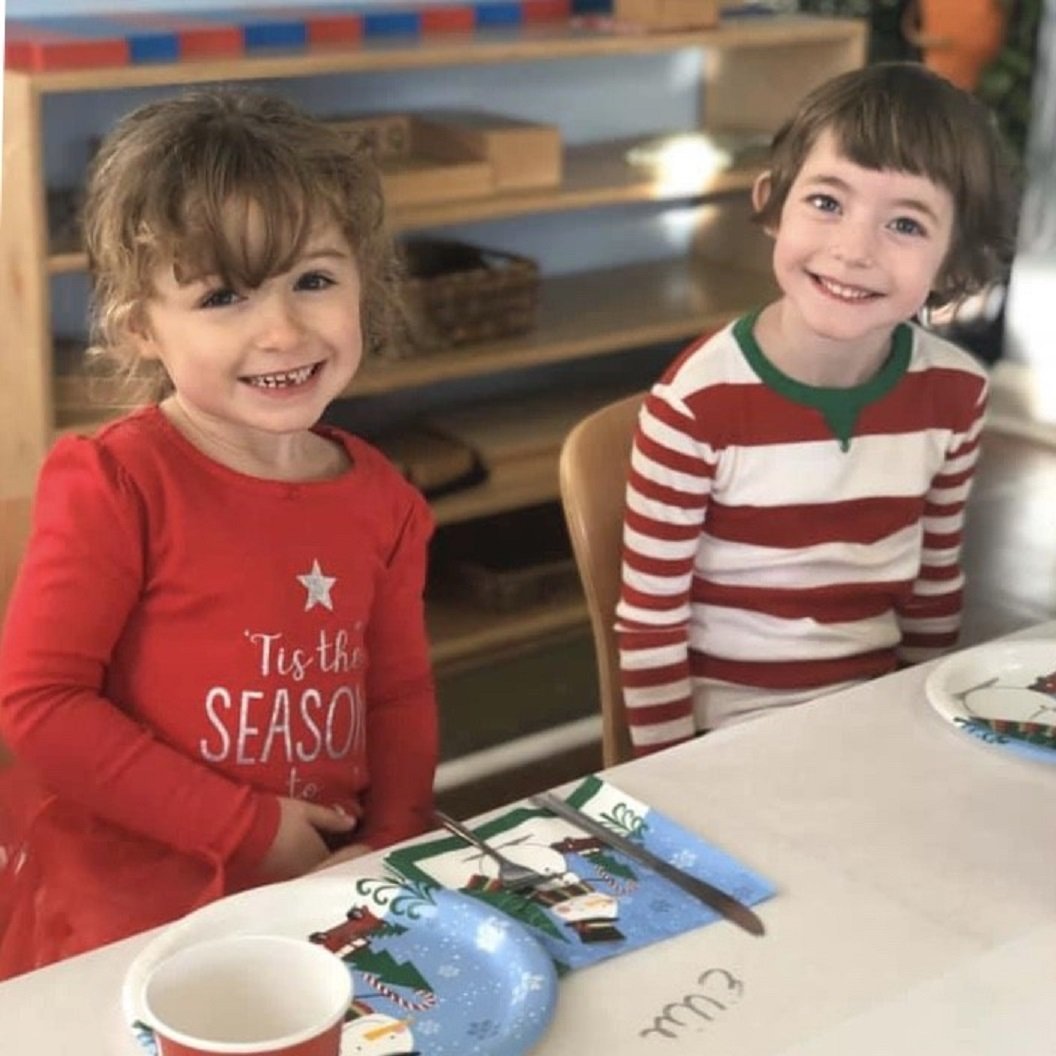 They work together and learn from each other.
They work together and learn from each other.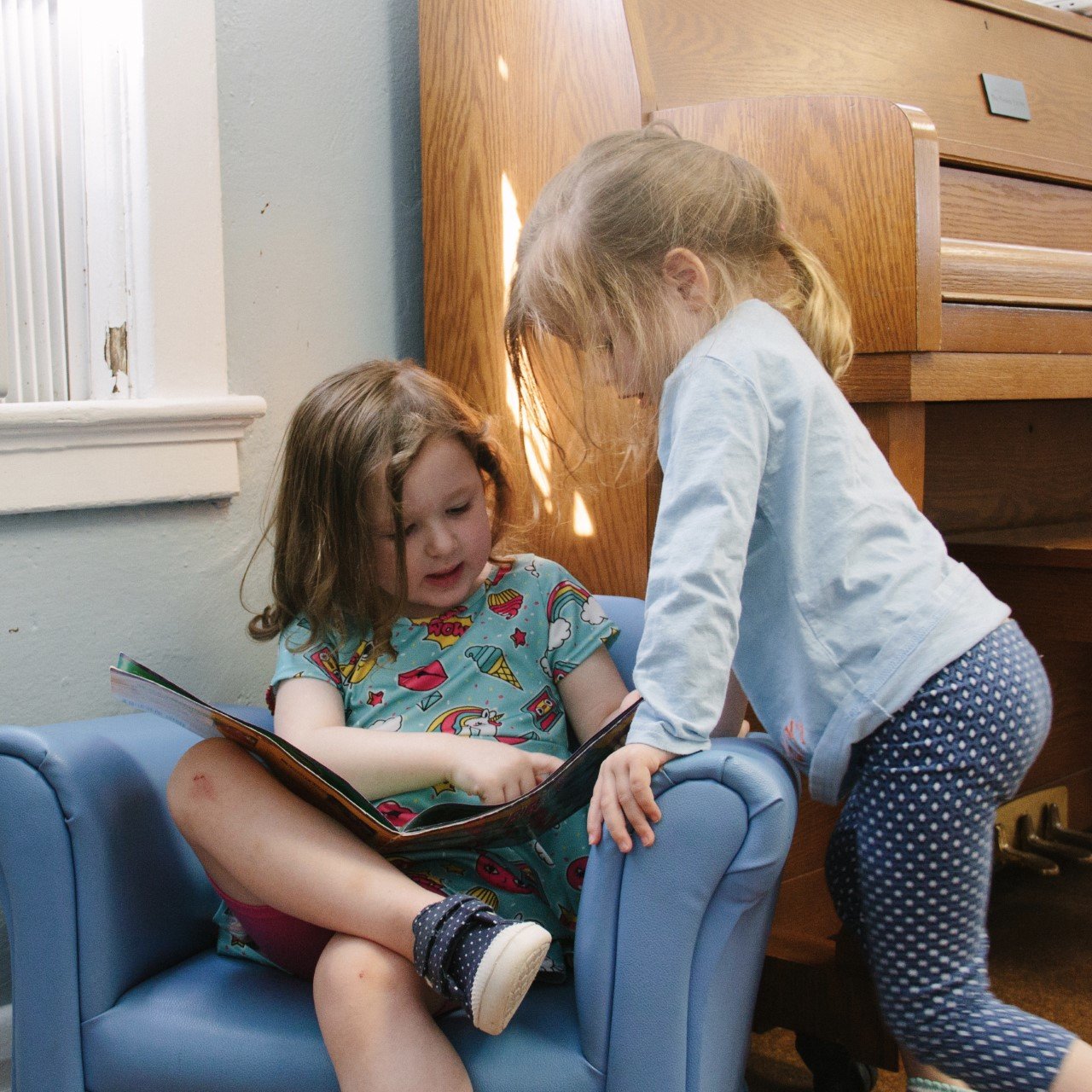
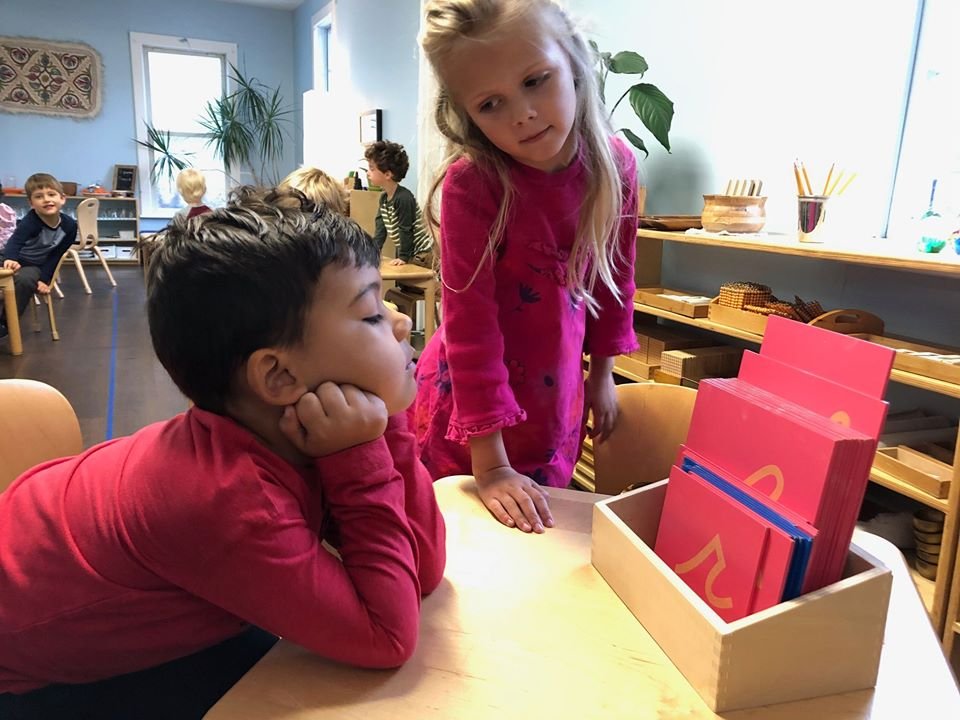
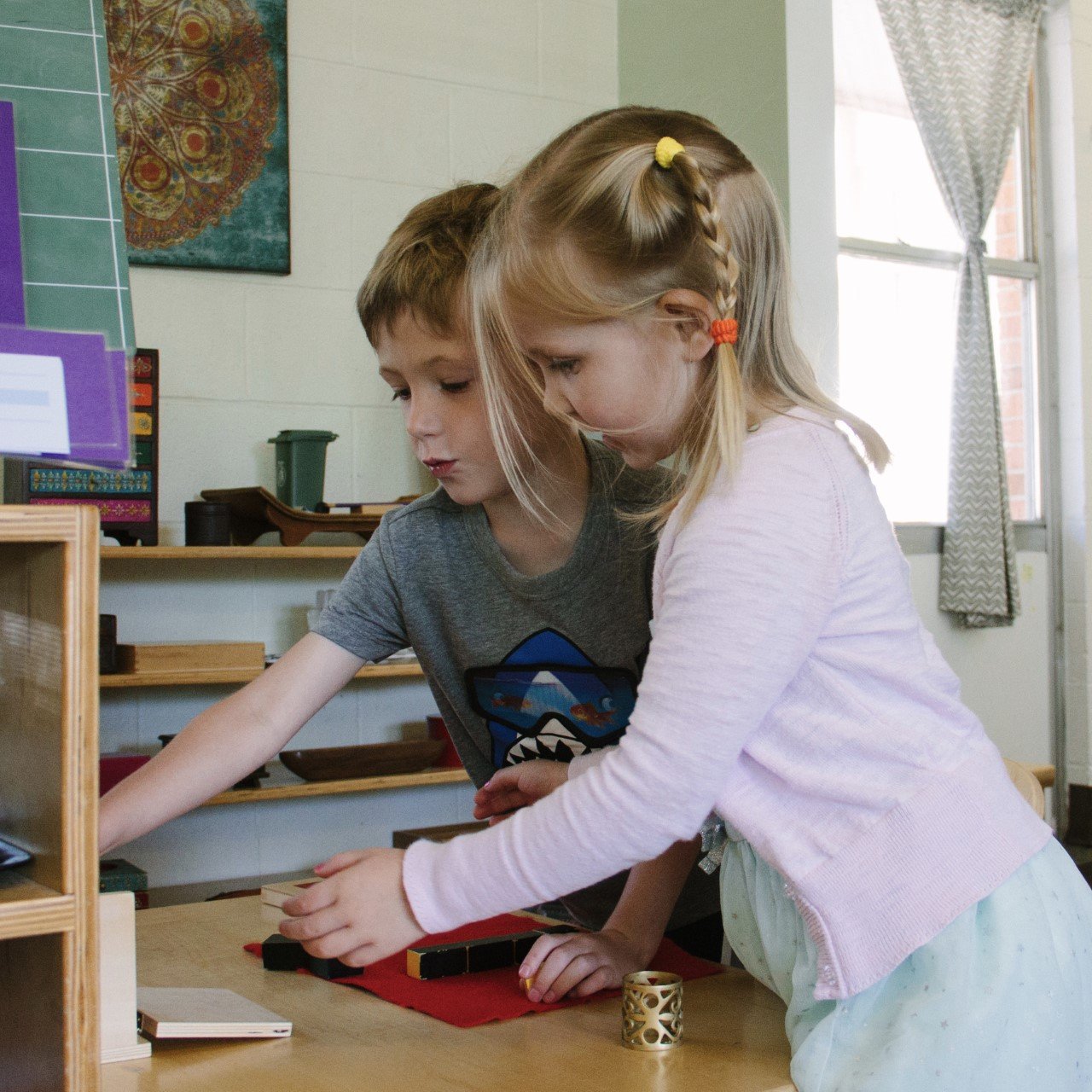 They play together and form new friendships.
They play together and form new friendships.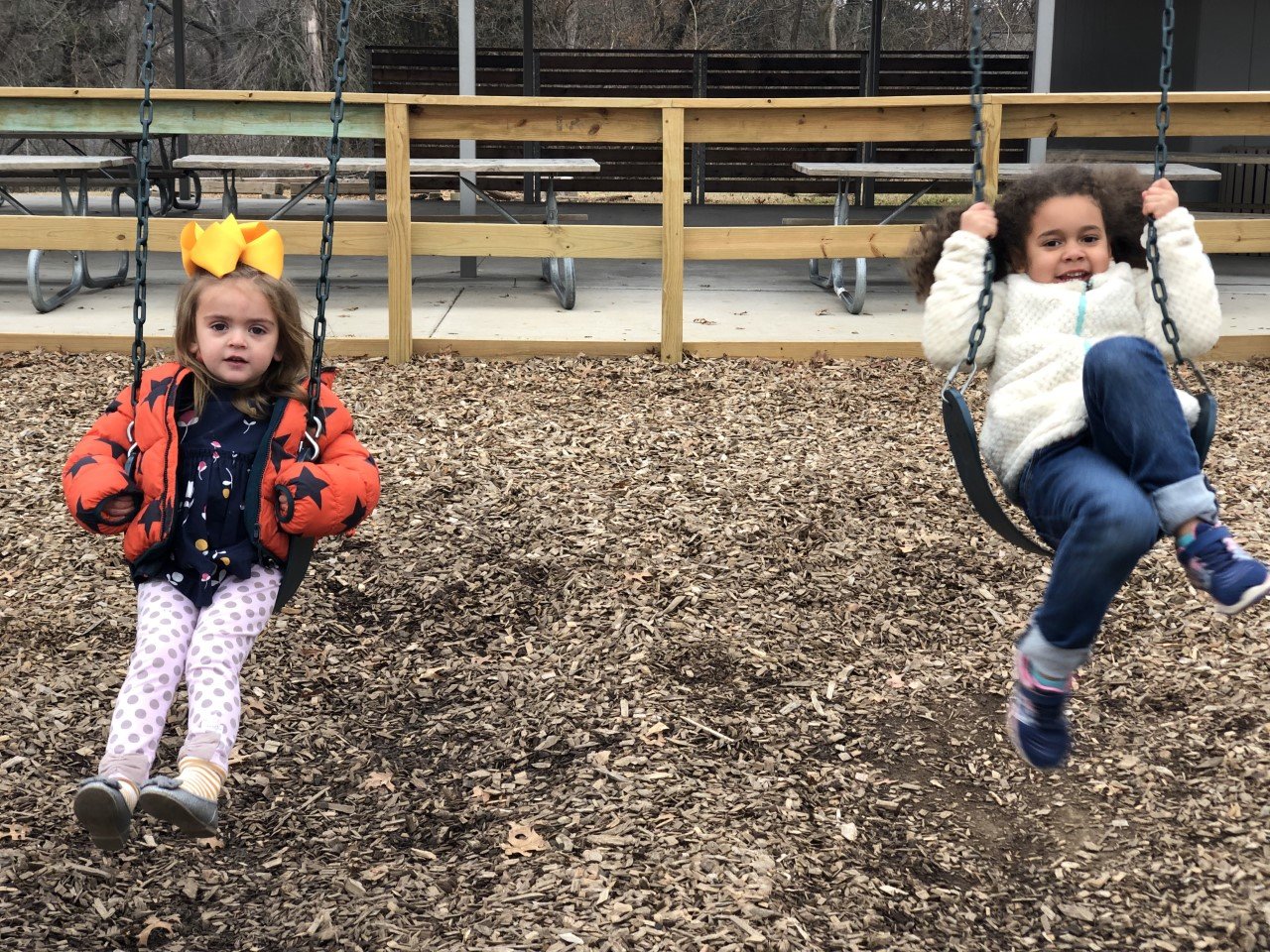
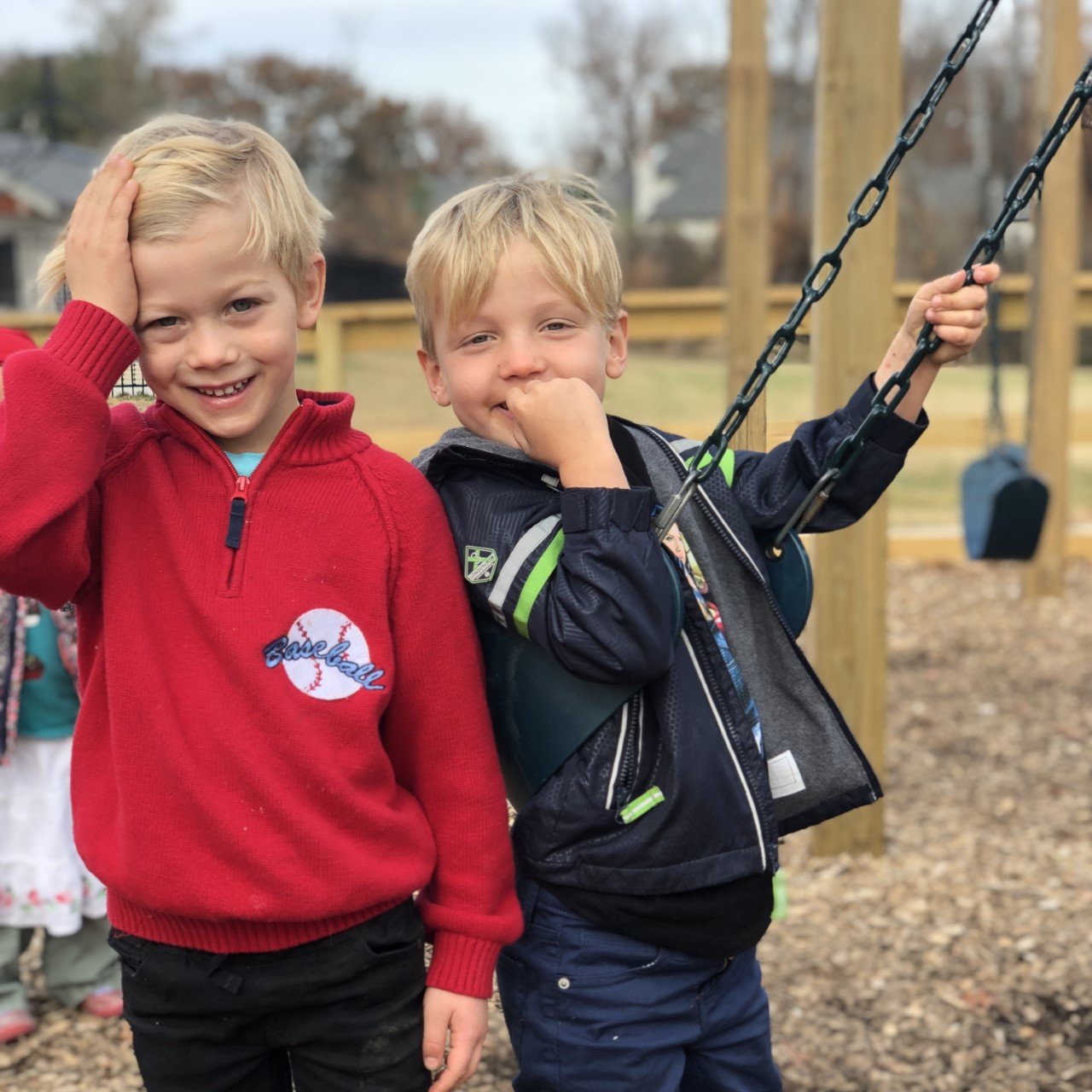
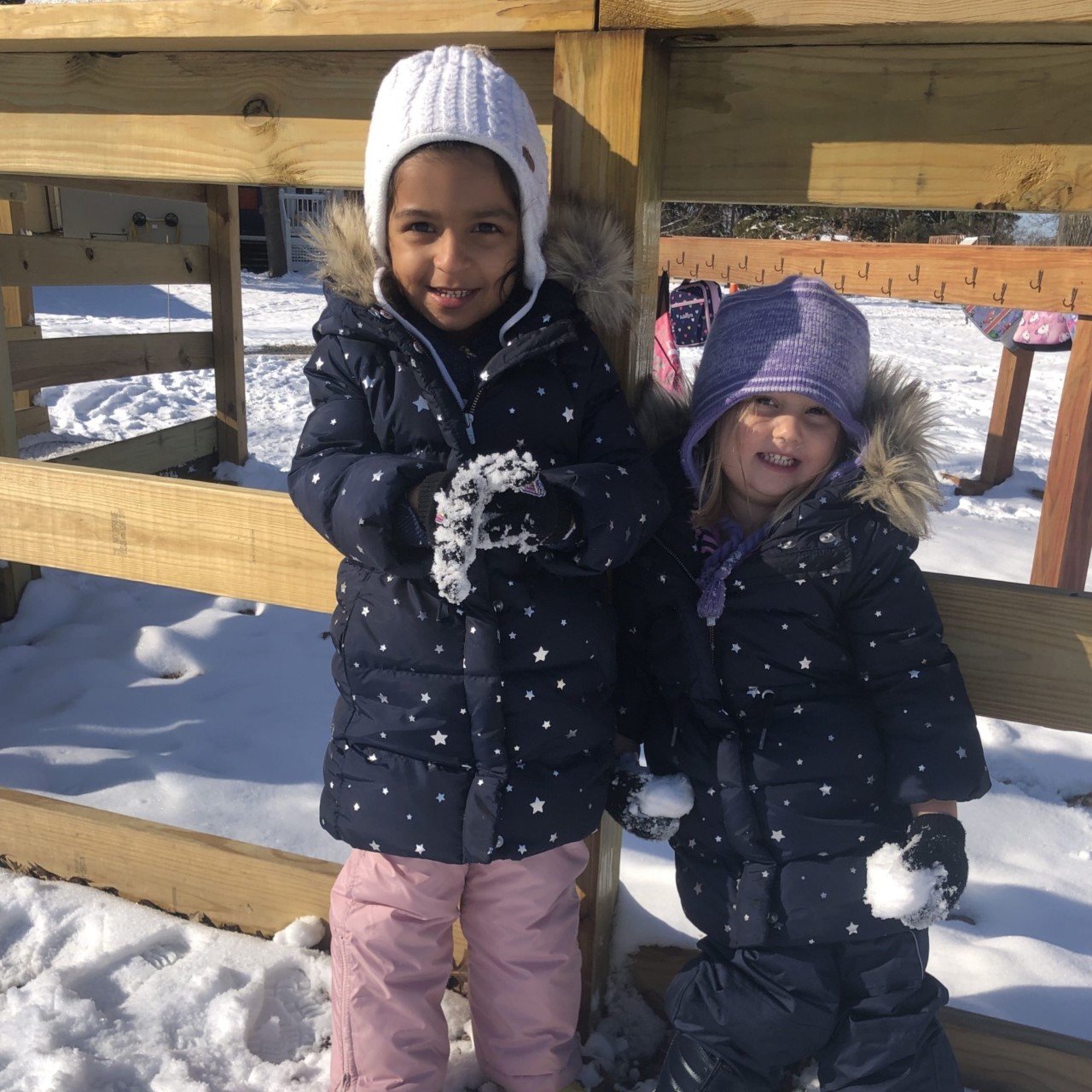 And sometimes help a new friend tie her shoe.
And sometimes help a new friend tie her shoe.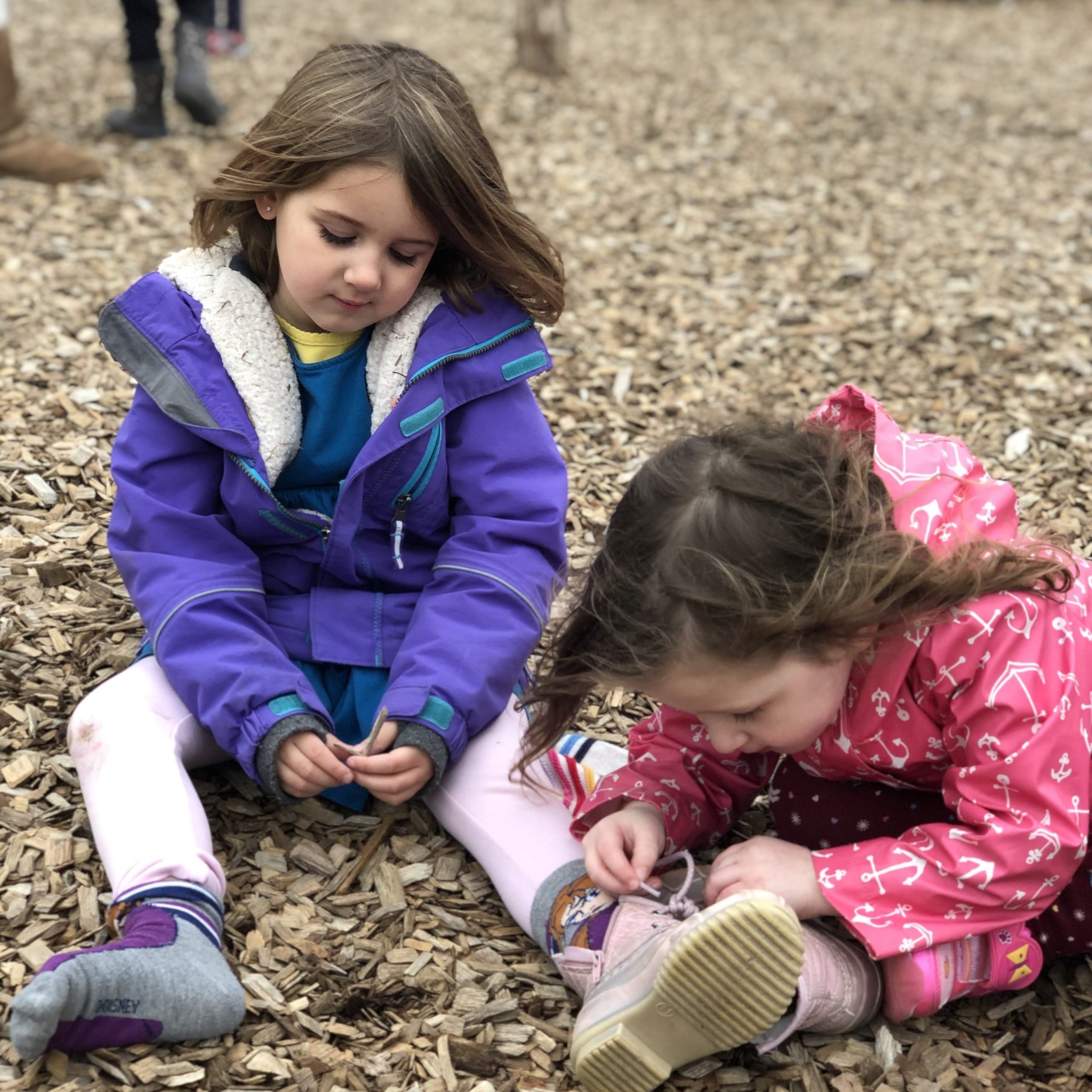 Whatever they're doing during their time in the Villa di Maria Children's House, they are doing it together. Learning and playing together, supporting and helping each other. With each other, these children are growing into their kind, compassionate and courteous selves. It is a lovely thing to witness, and we are grateful and honored to be a part of it.
Whatever they're doing during their time in the Villa di Maria Children's House, they are doing it together. Learning and playing together, supporting and helping each other. With each other, these children are growing into their kind, compassionate and courteous selves. It is a lovely thing to witness, and we are grateful and honored to be a part of it.